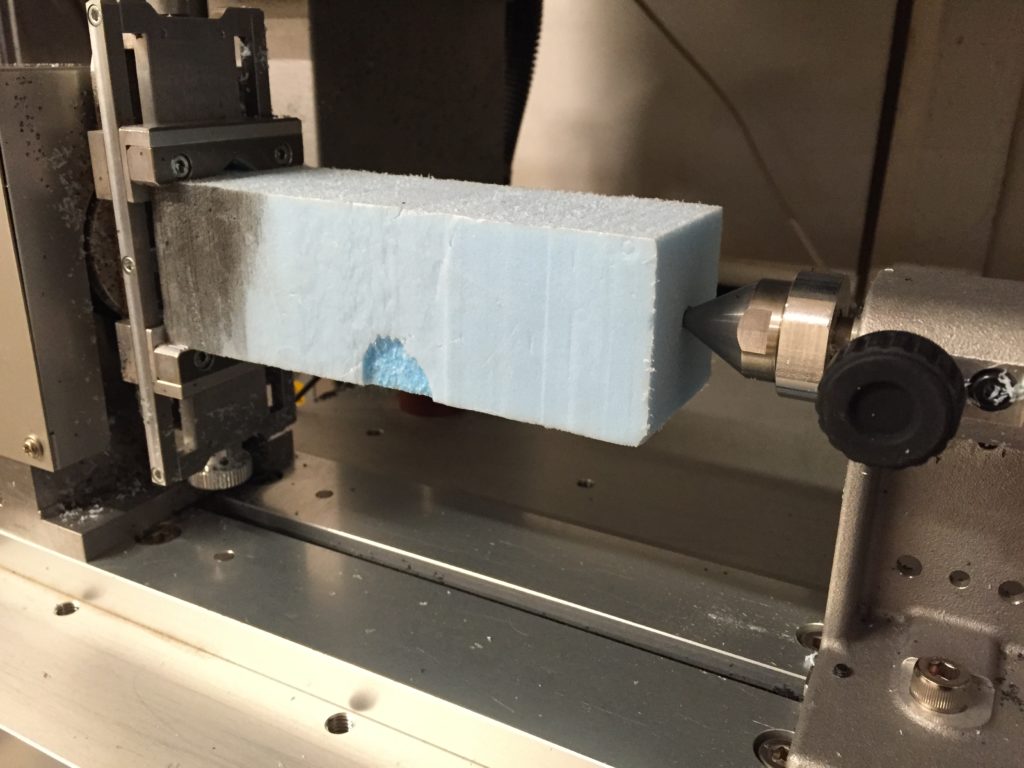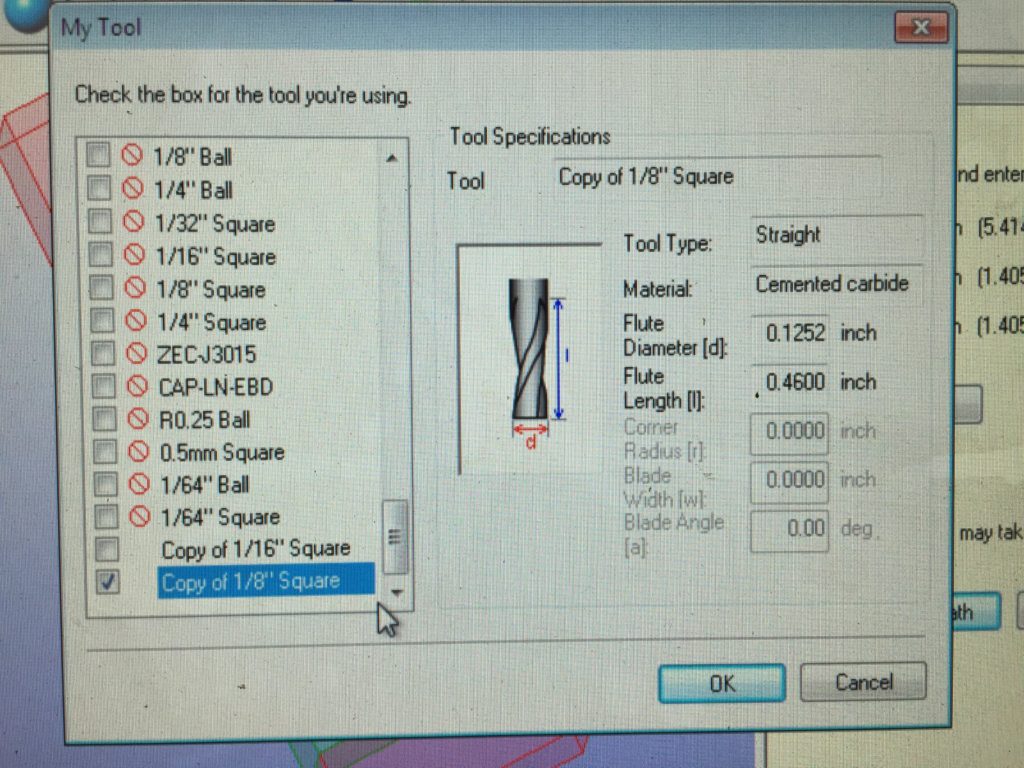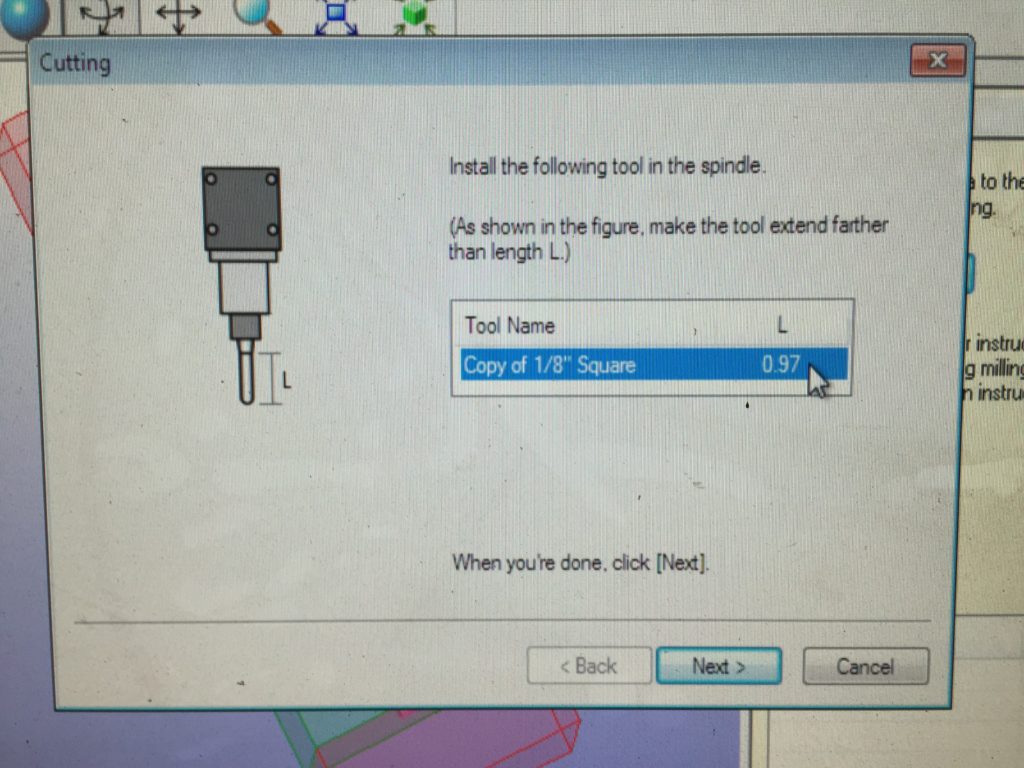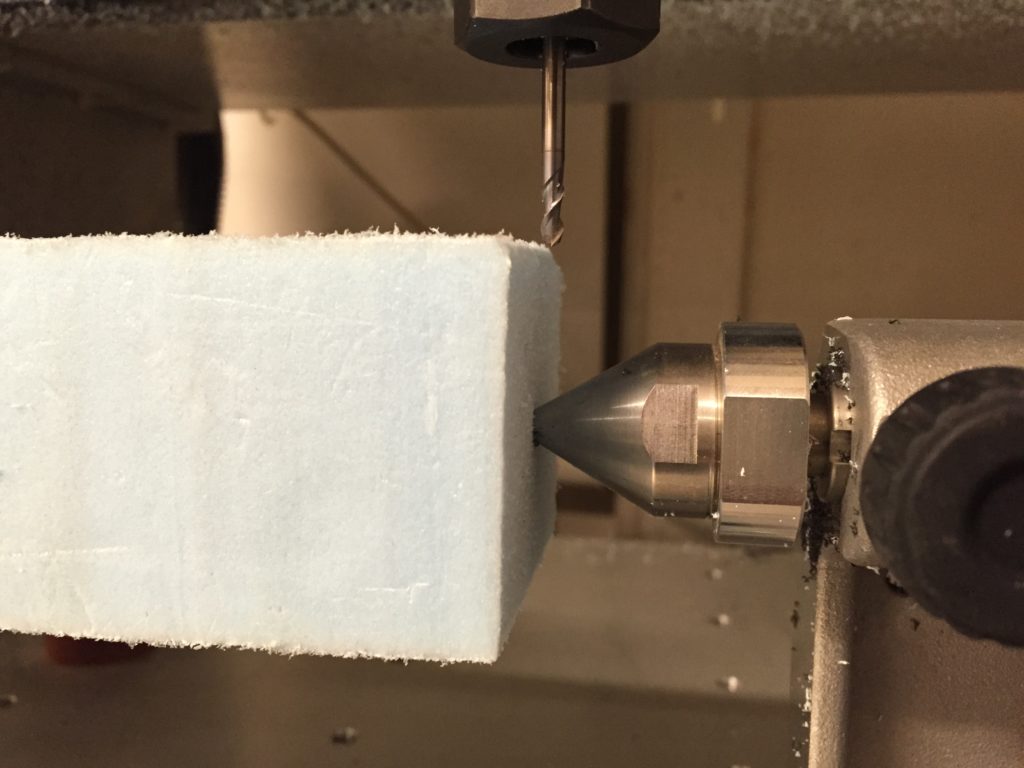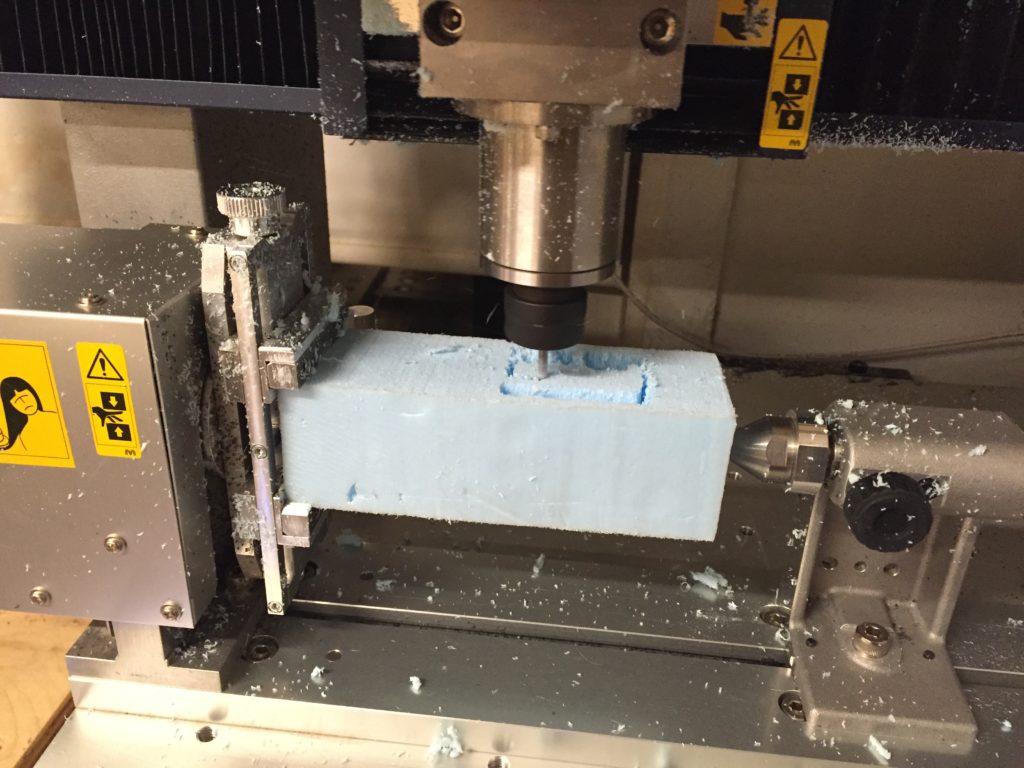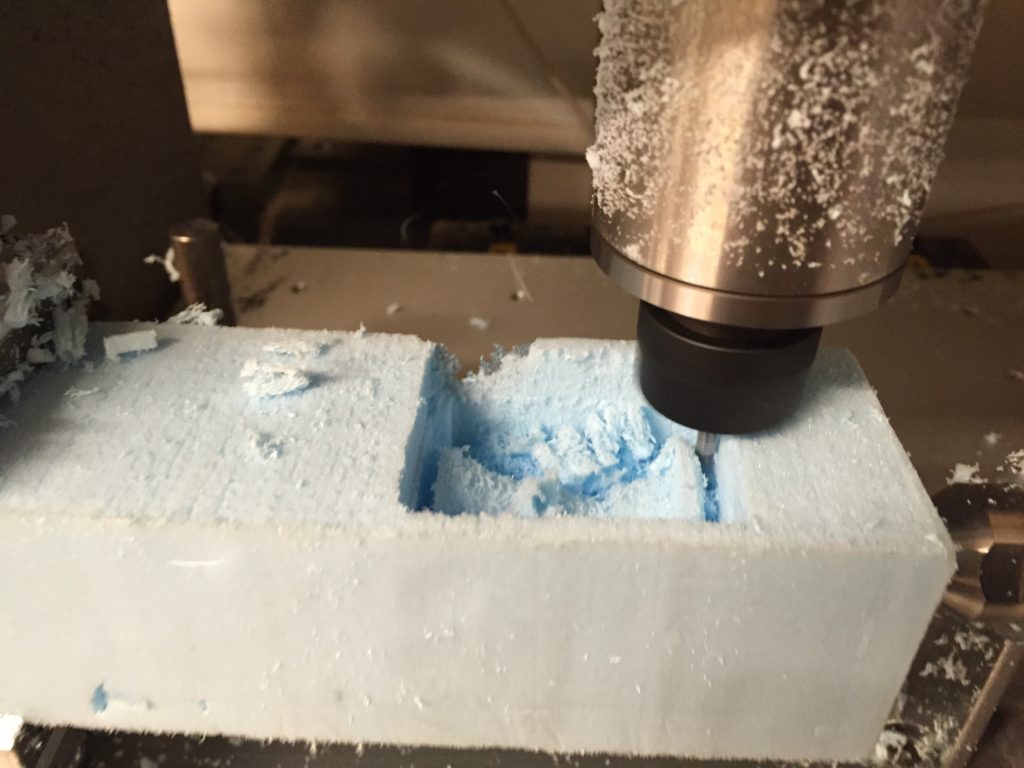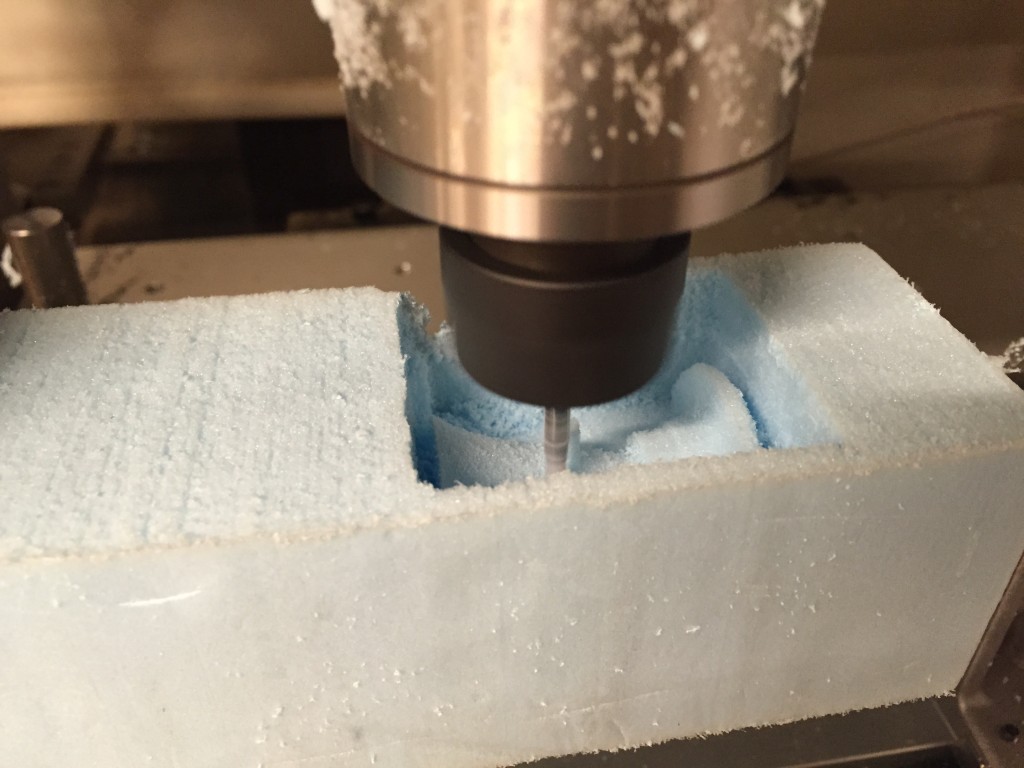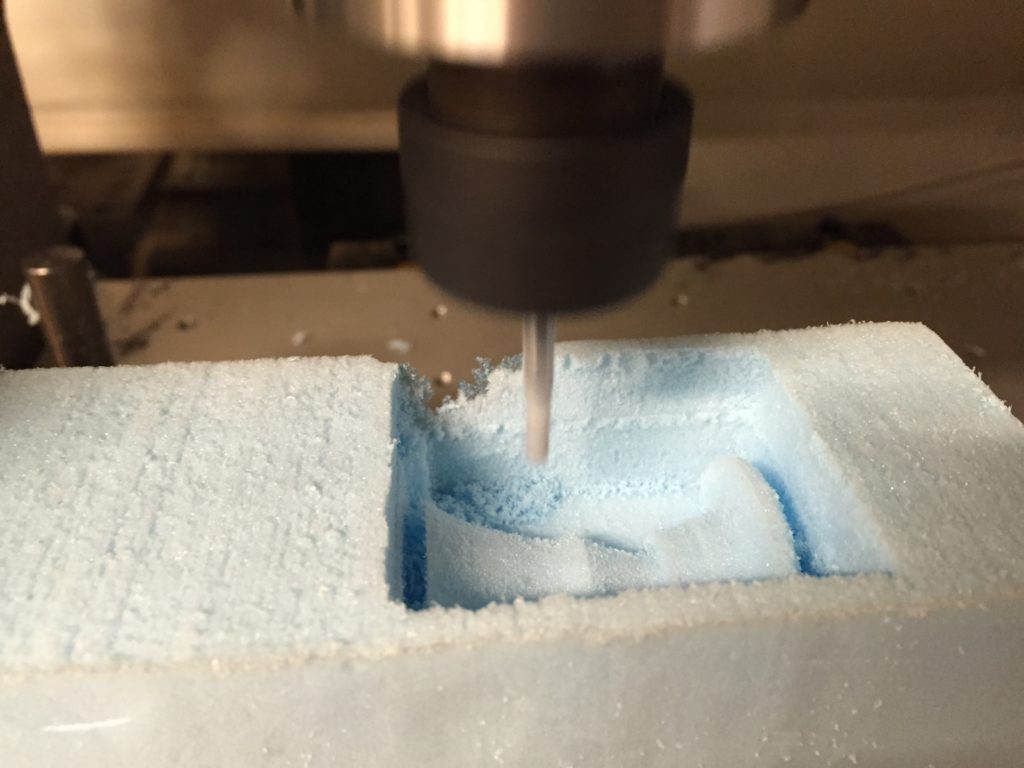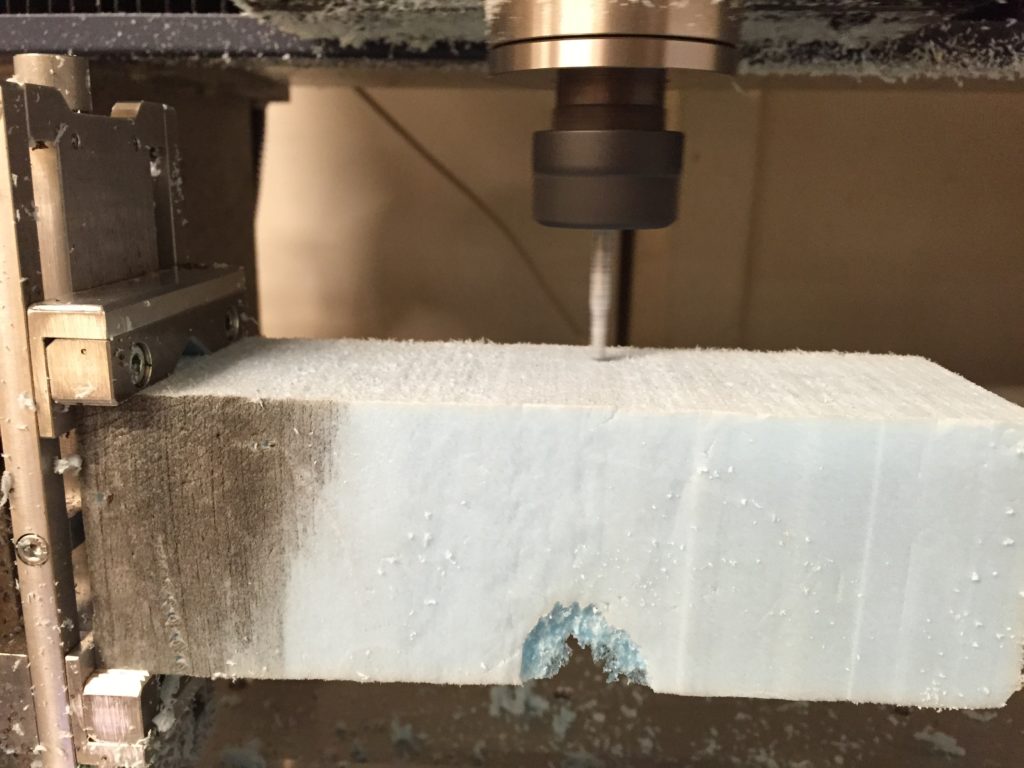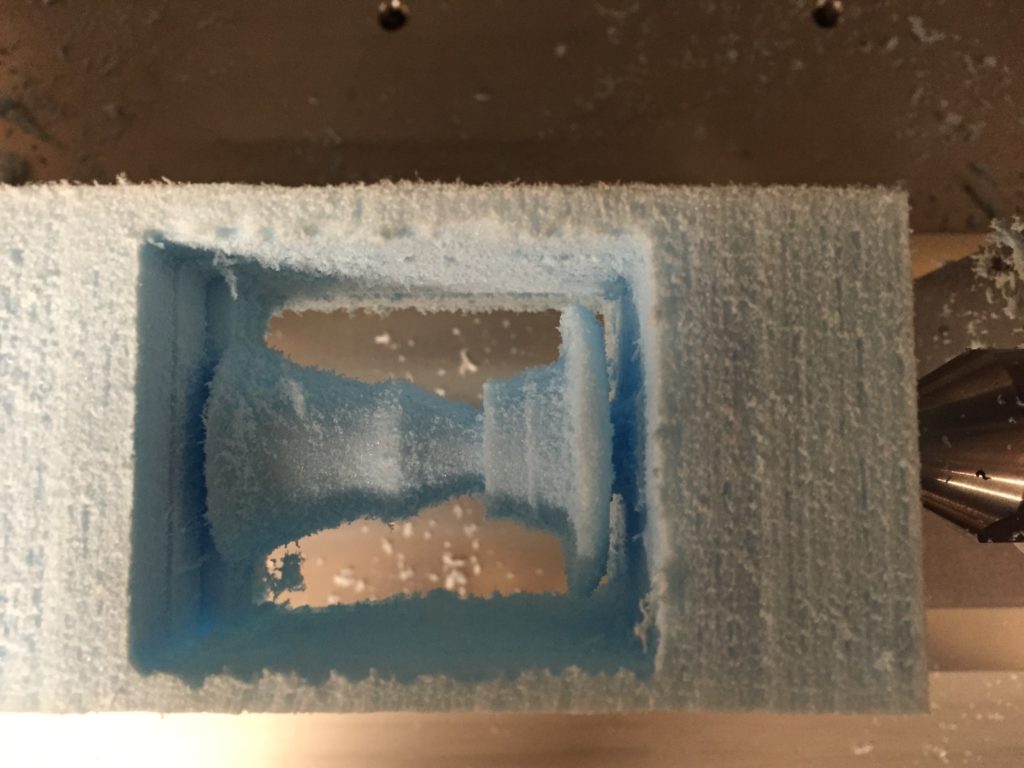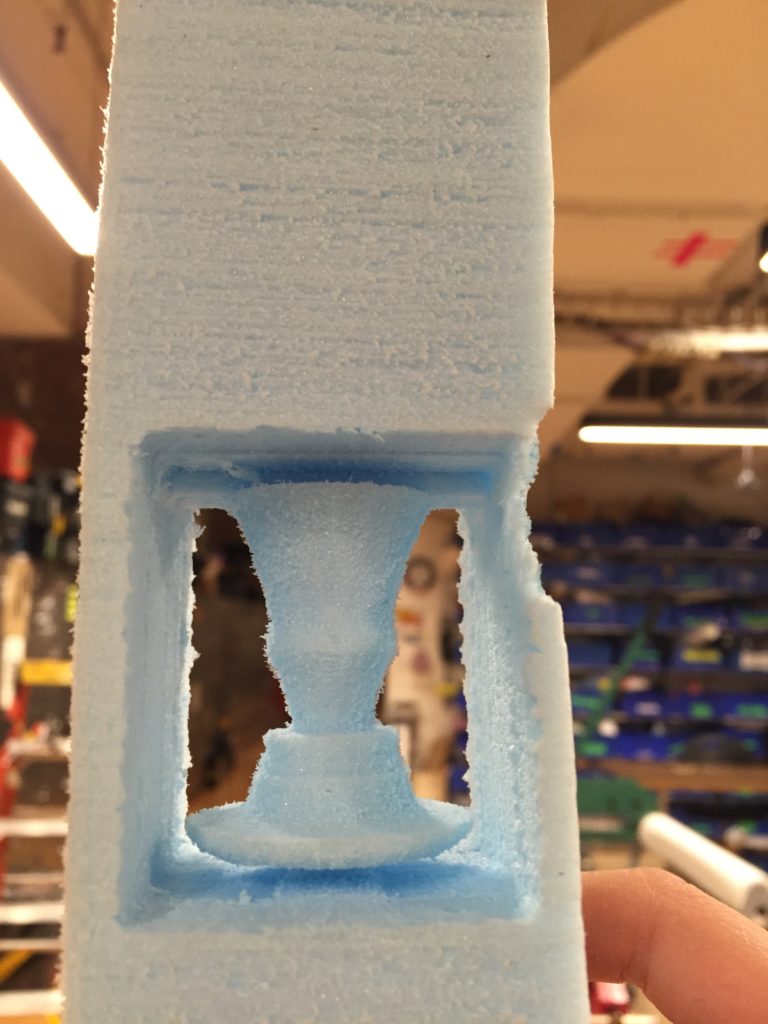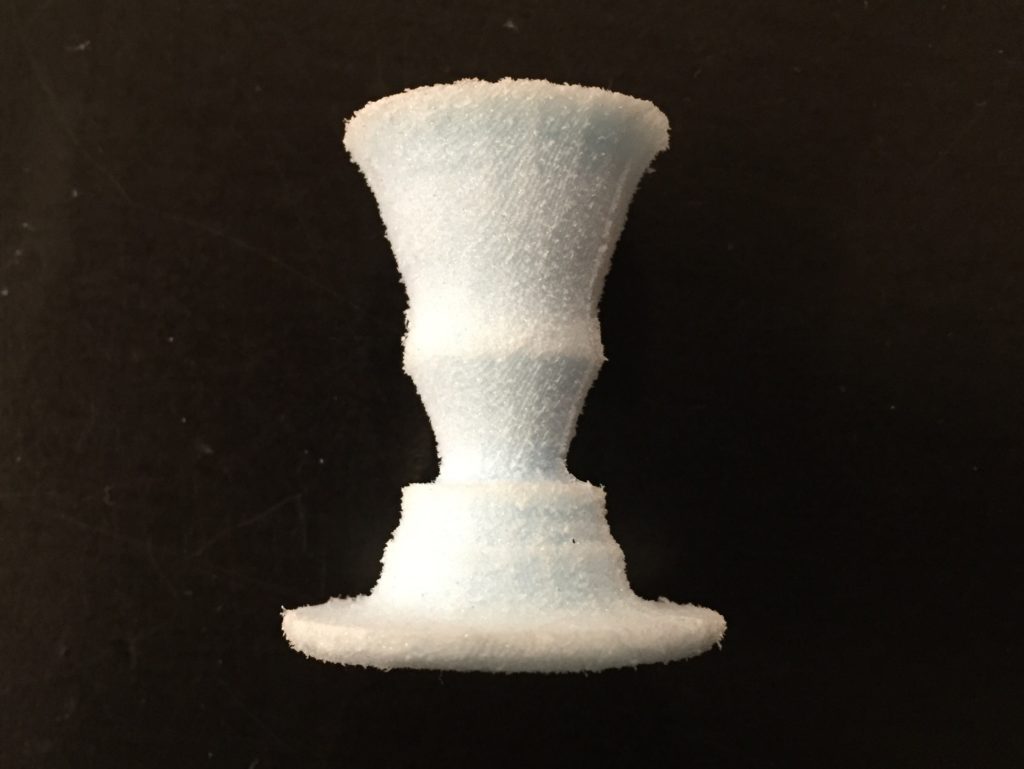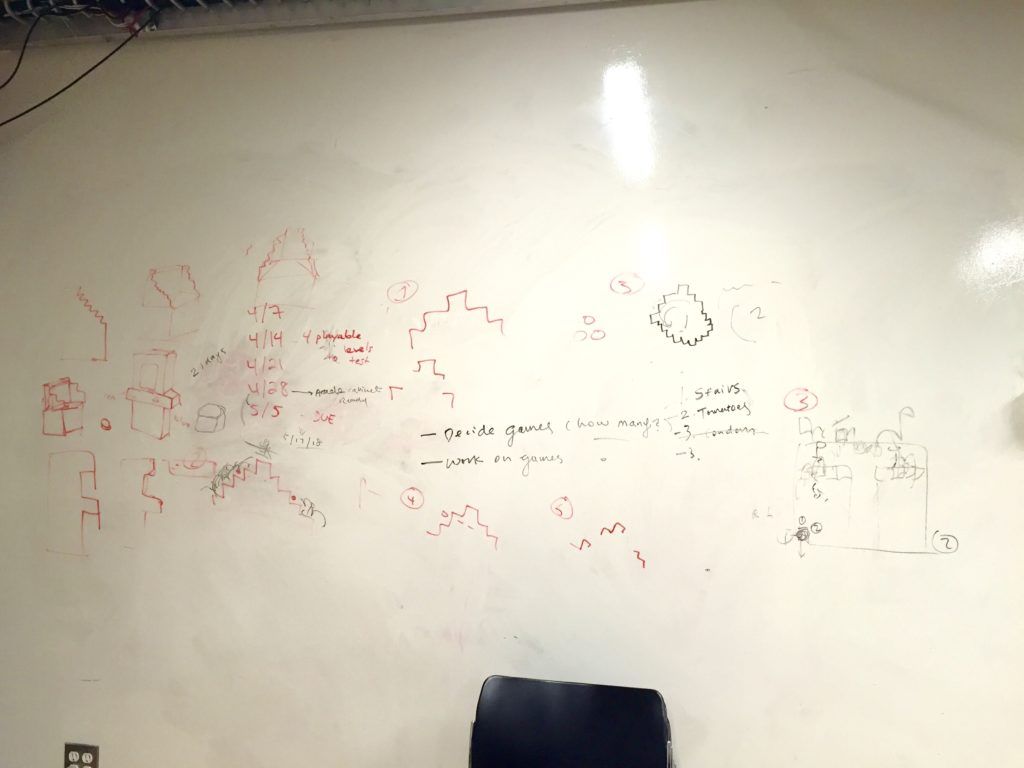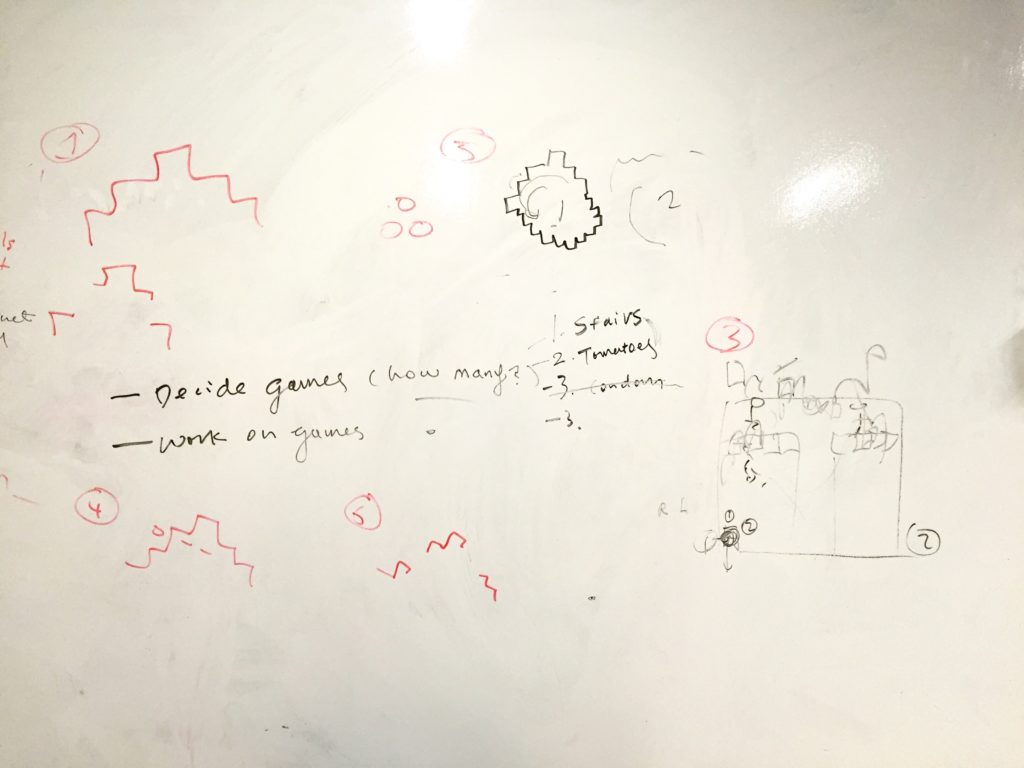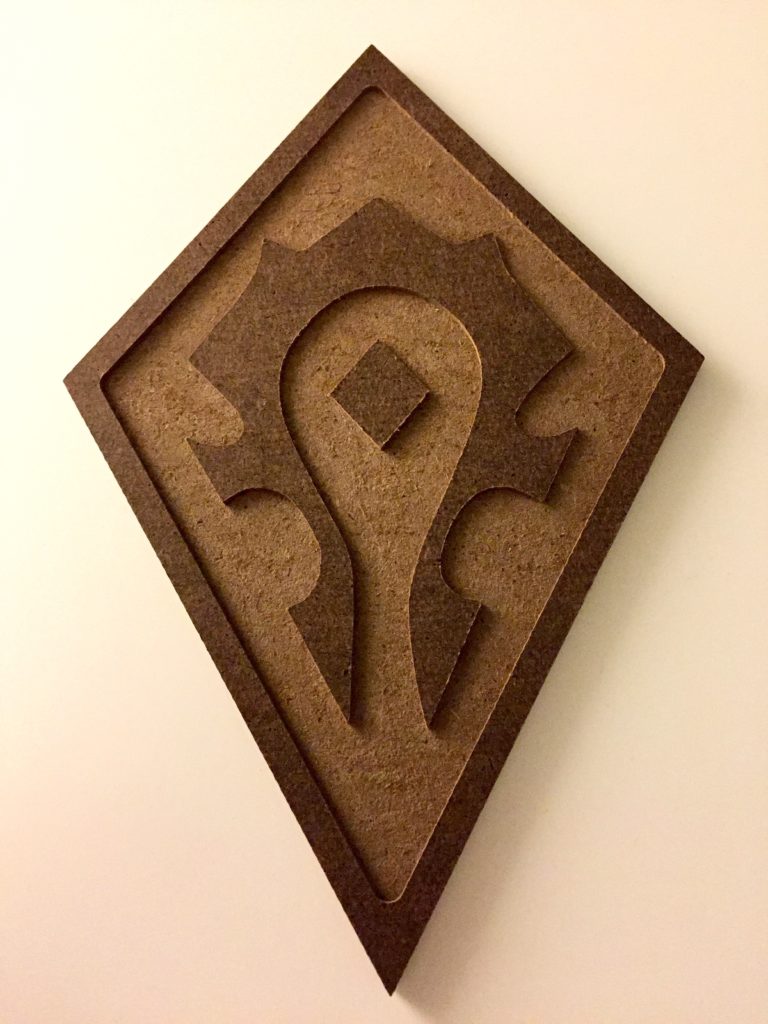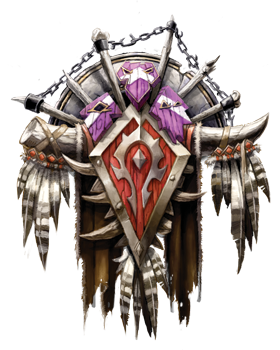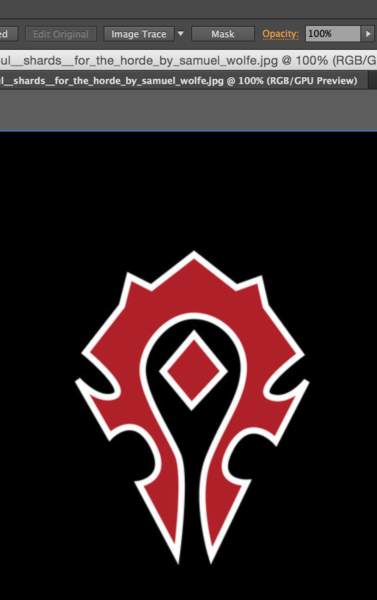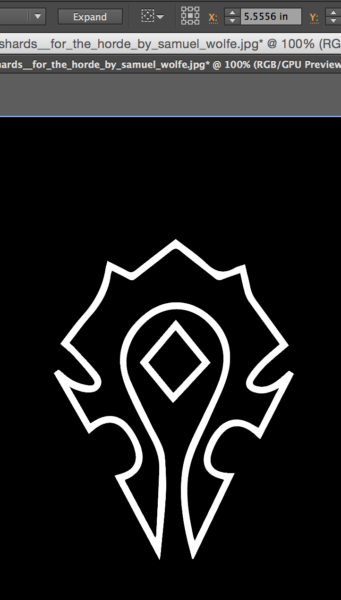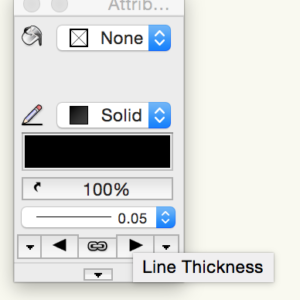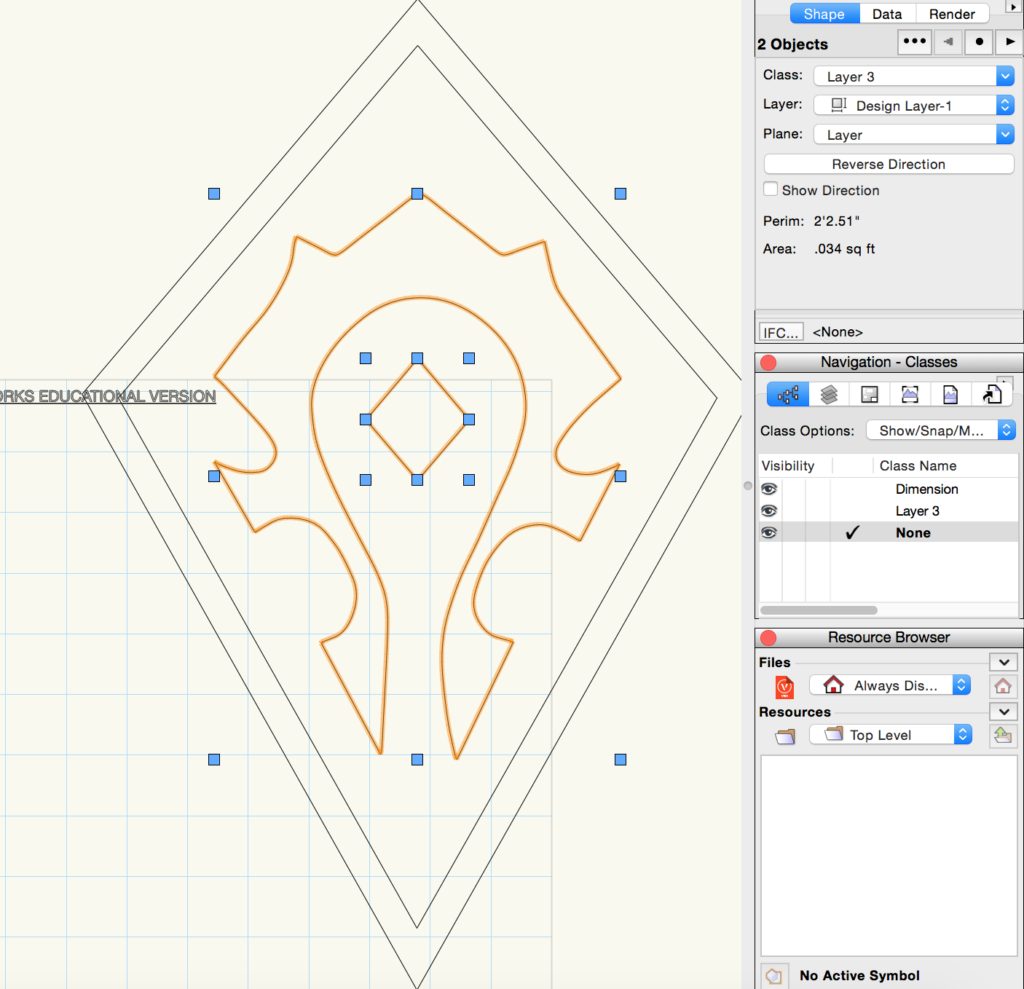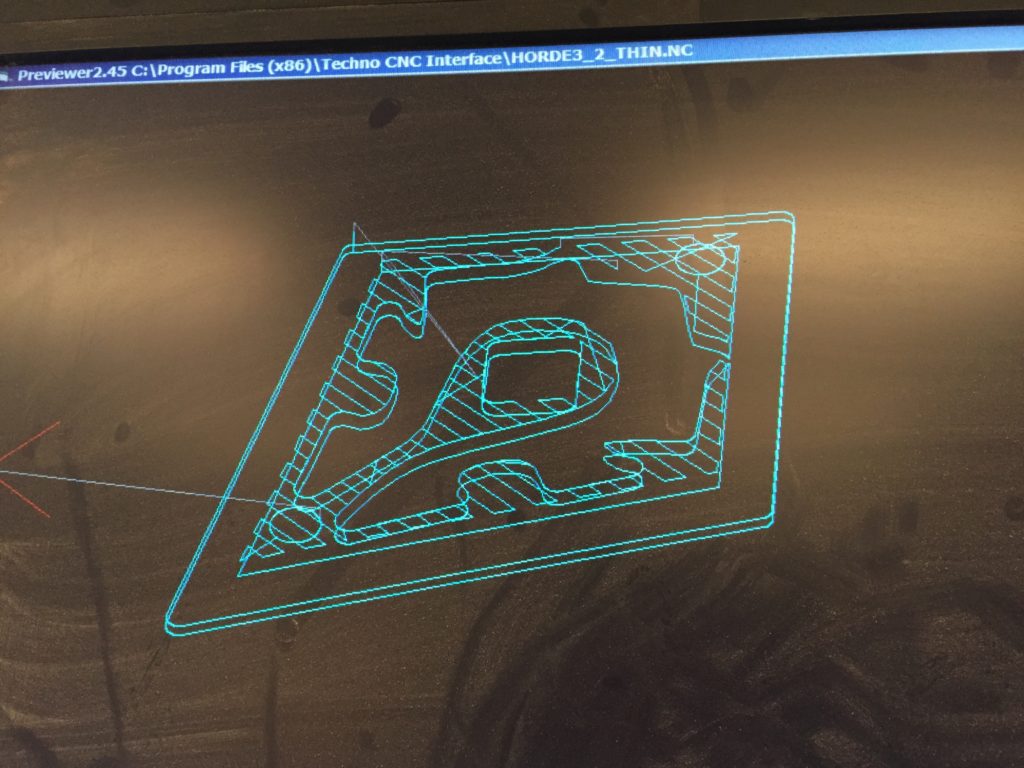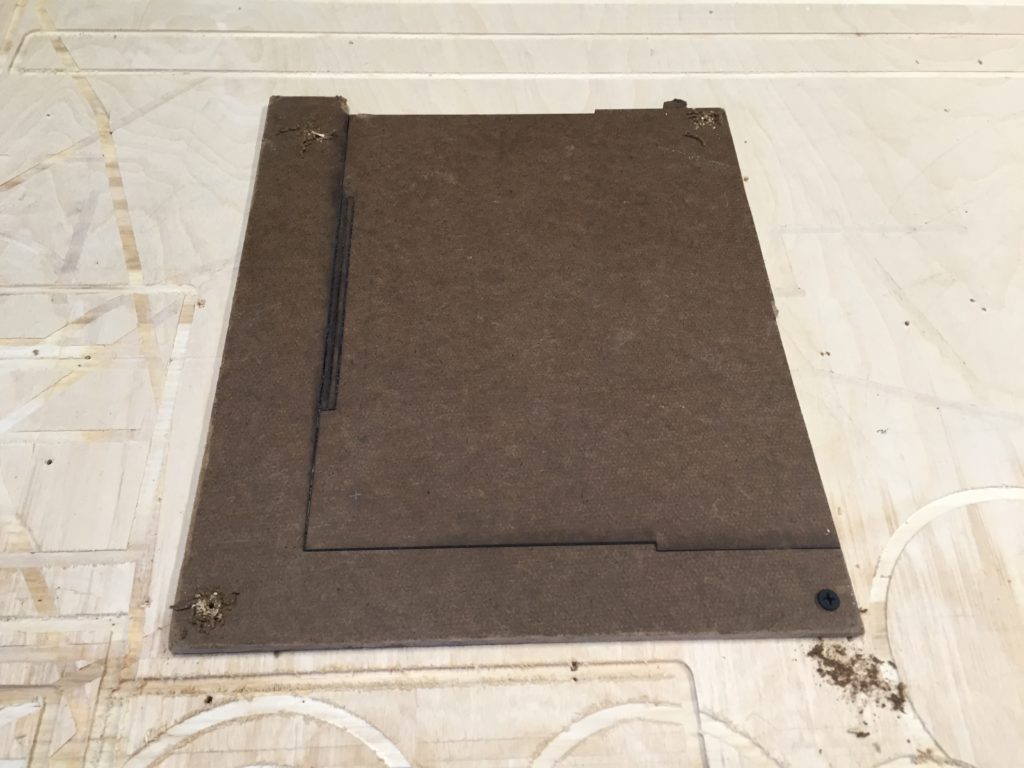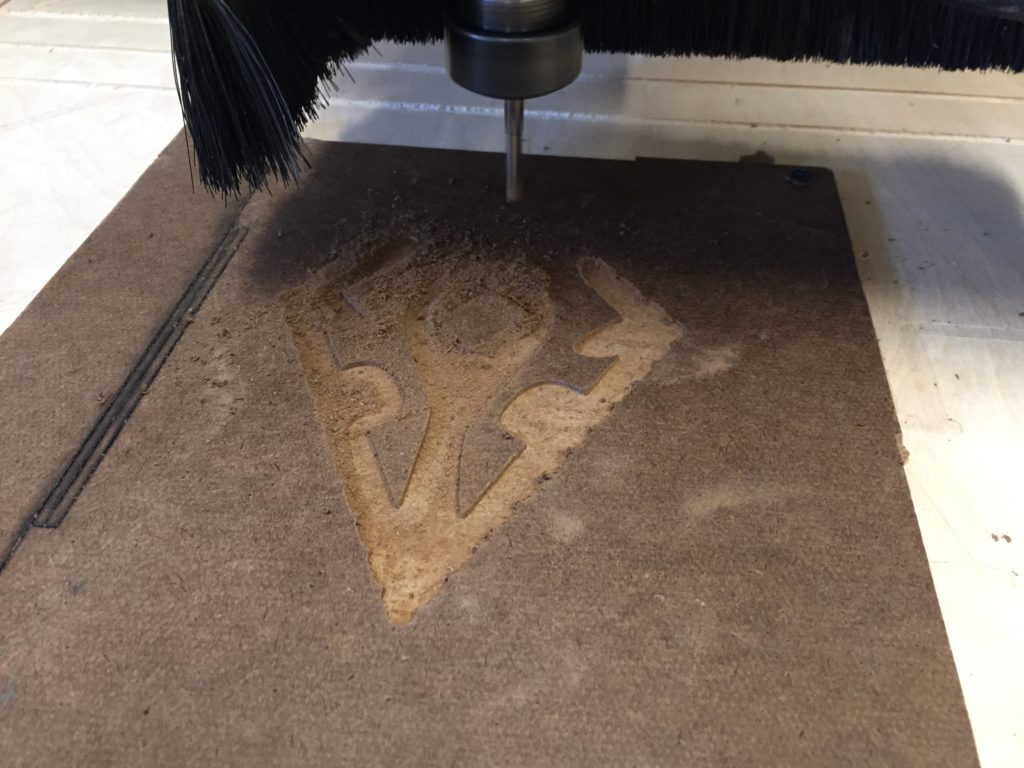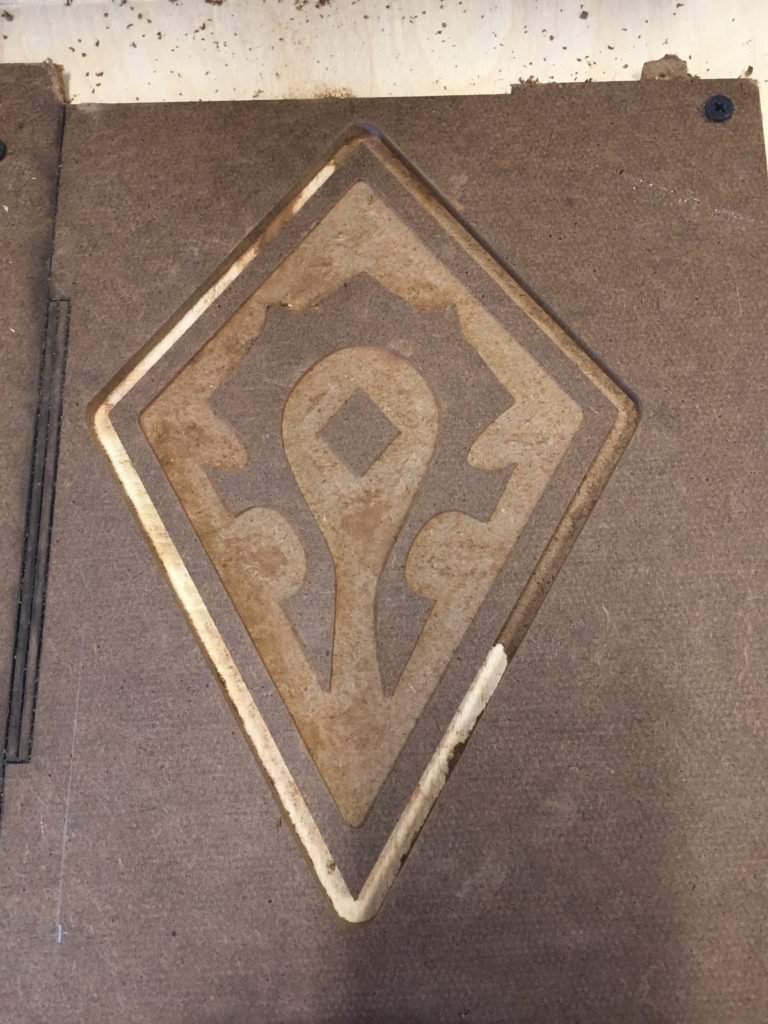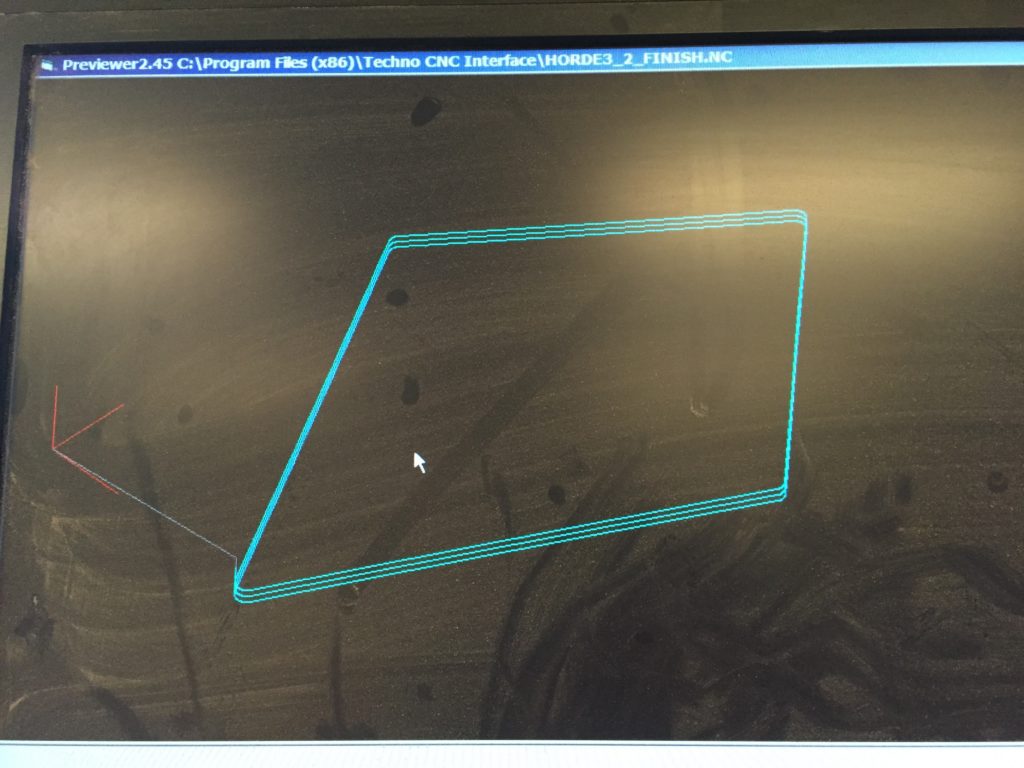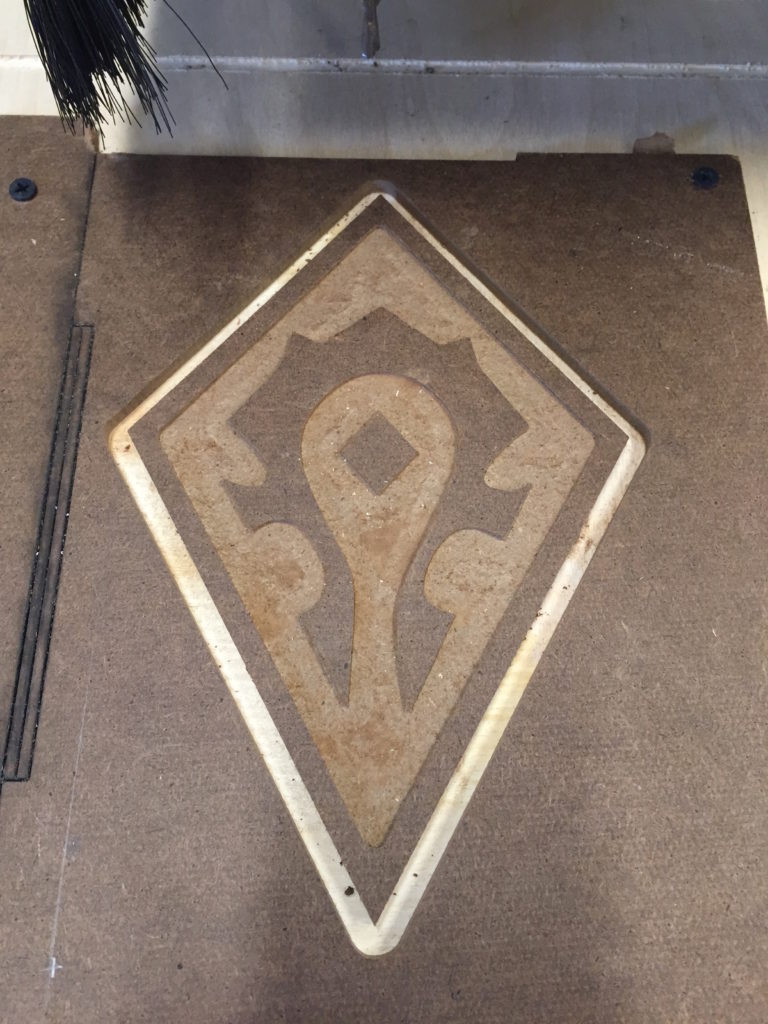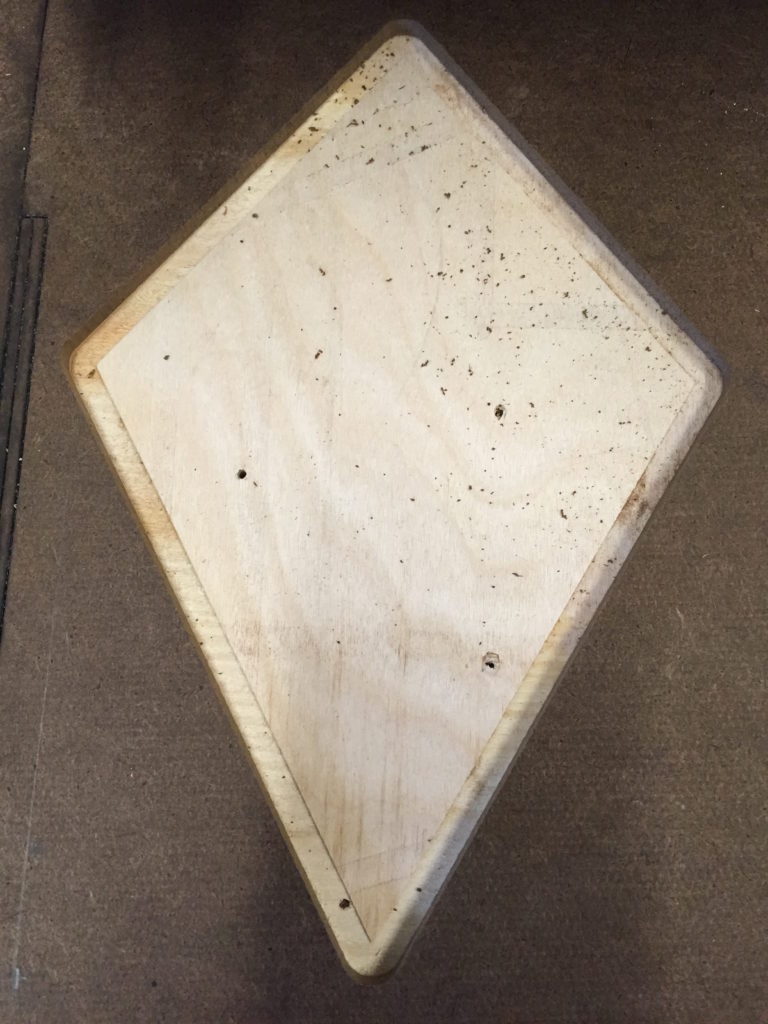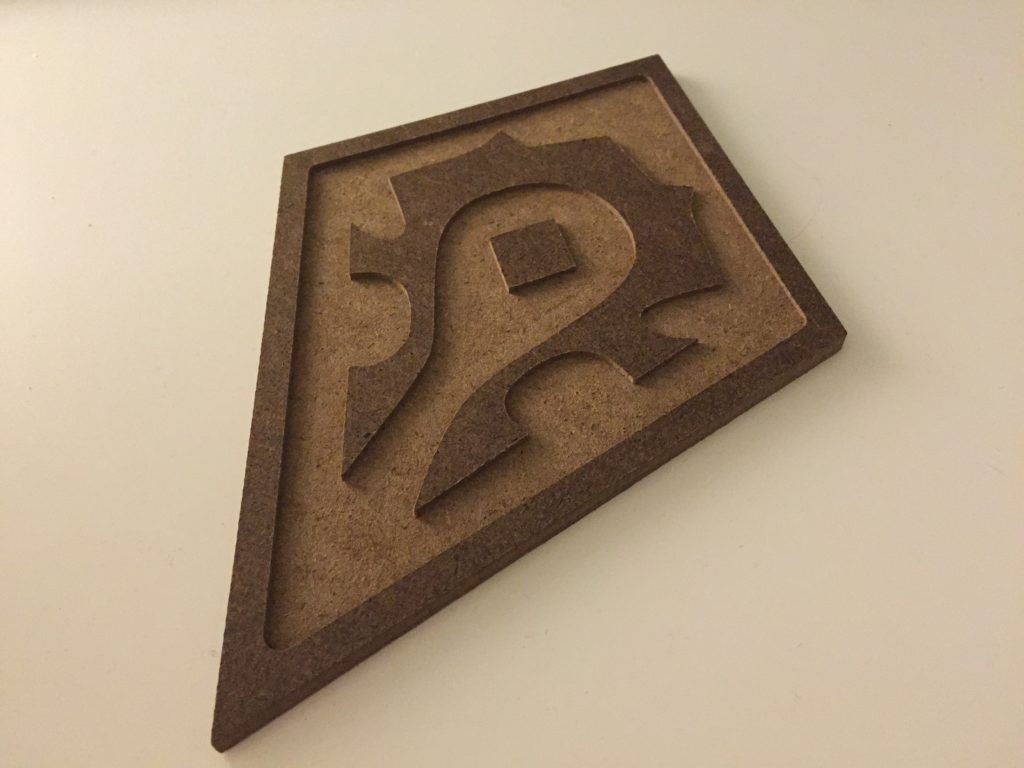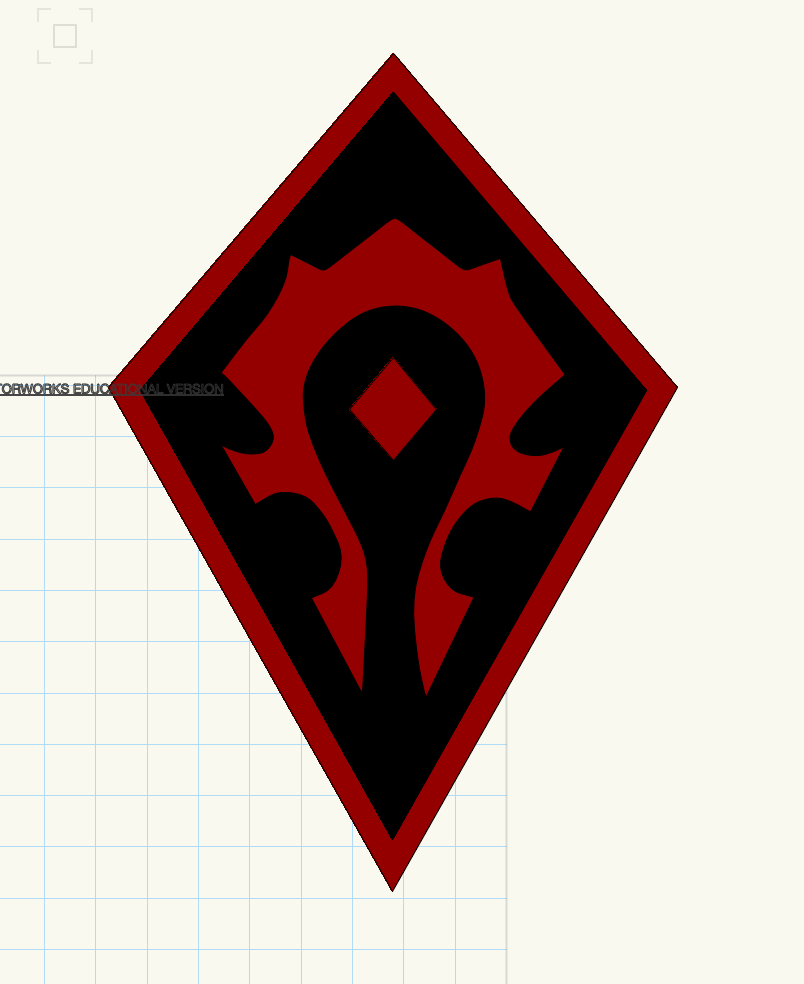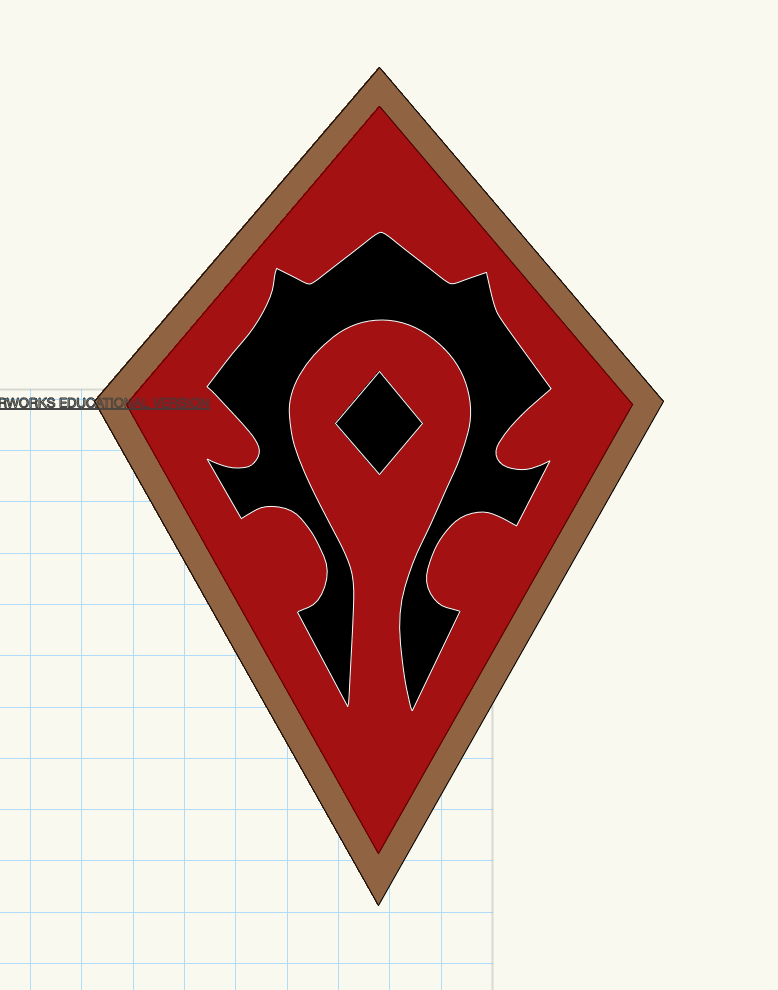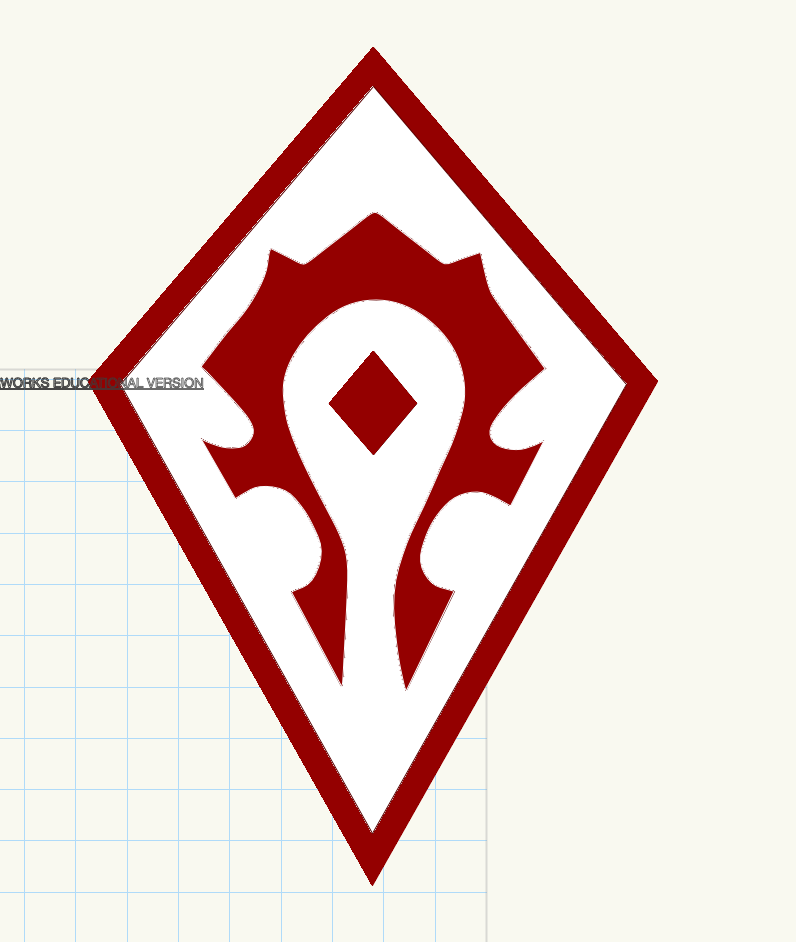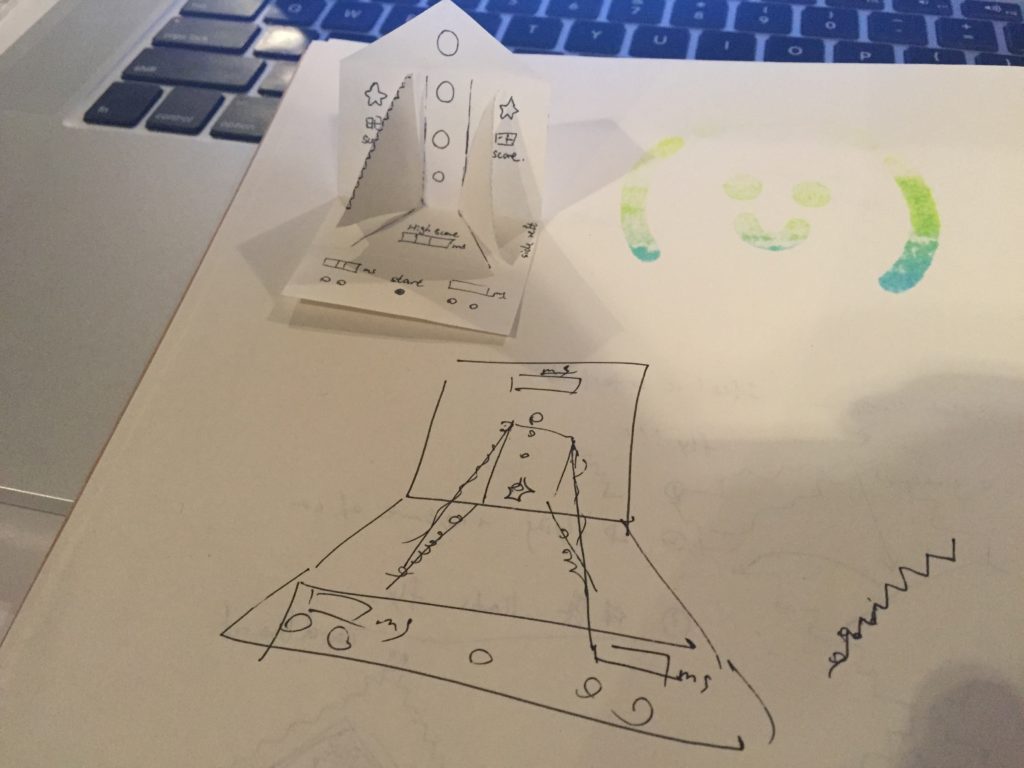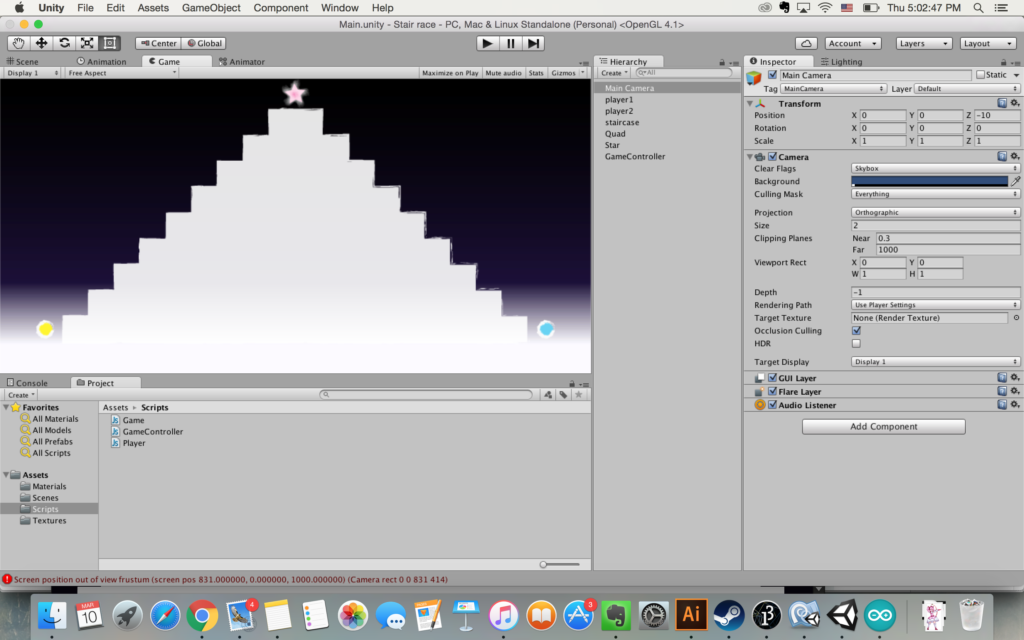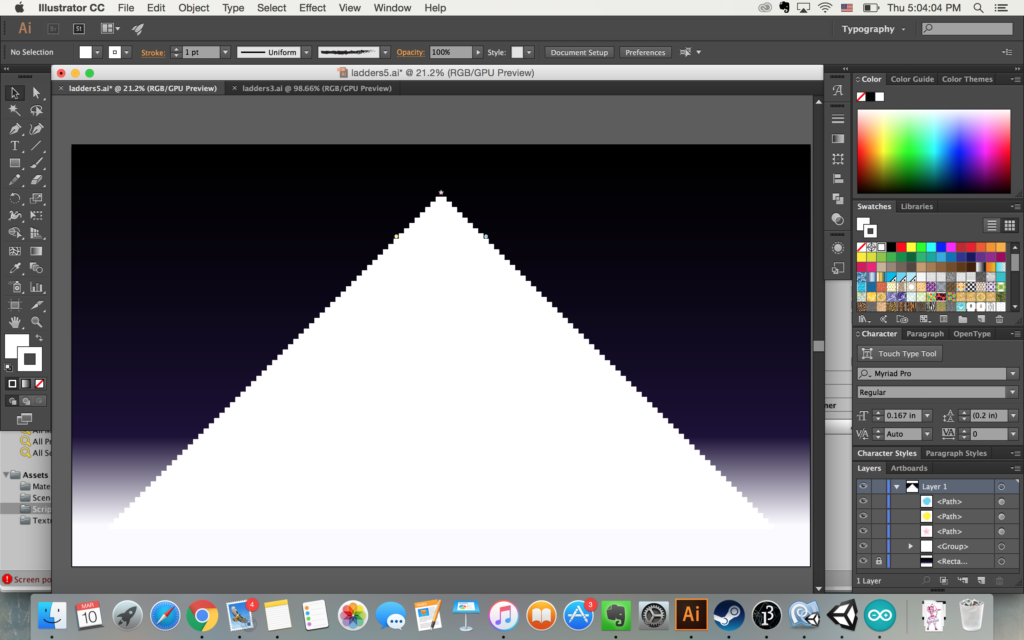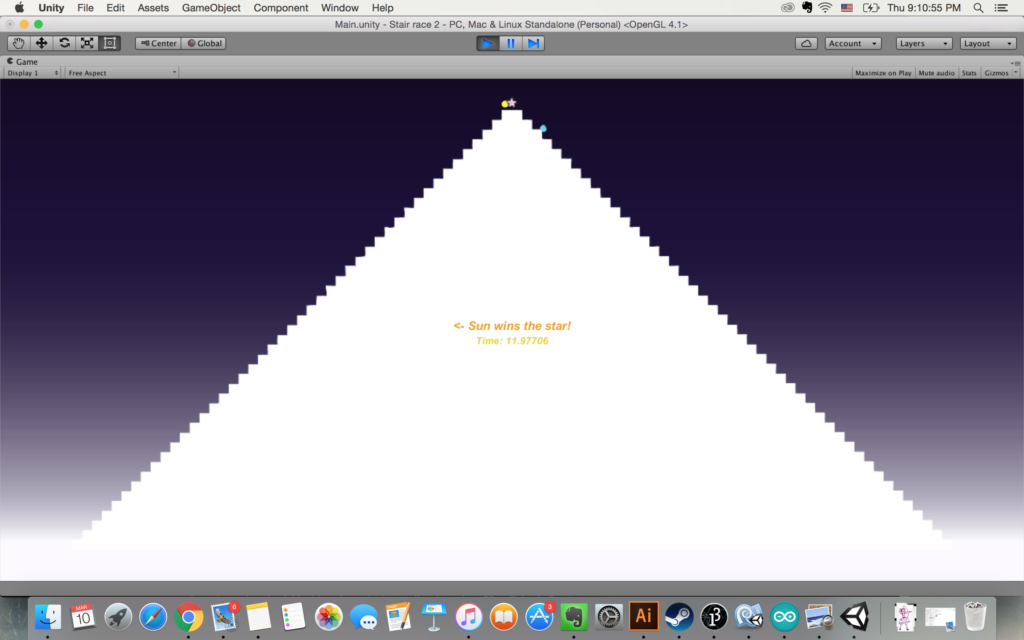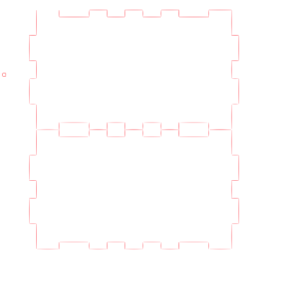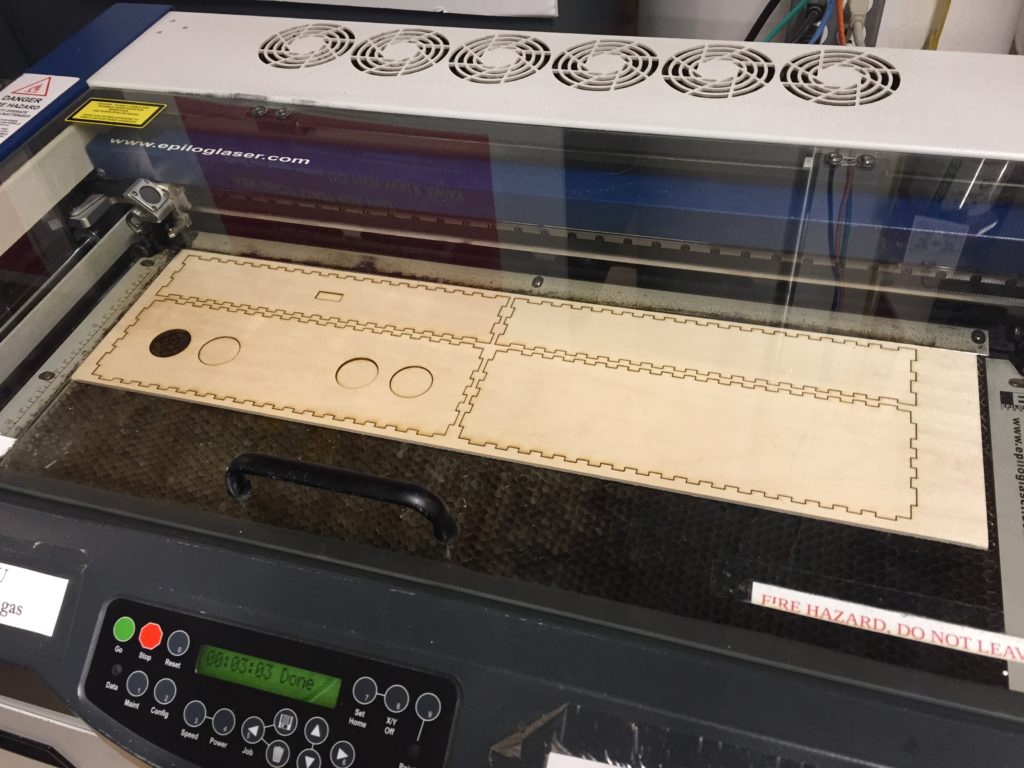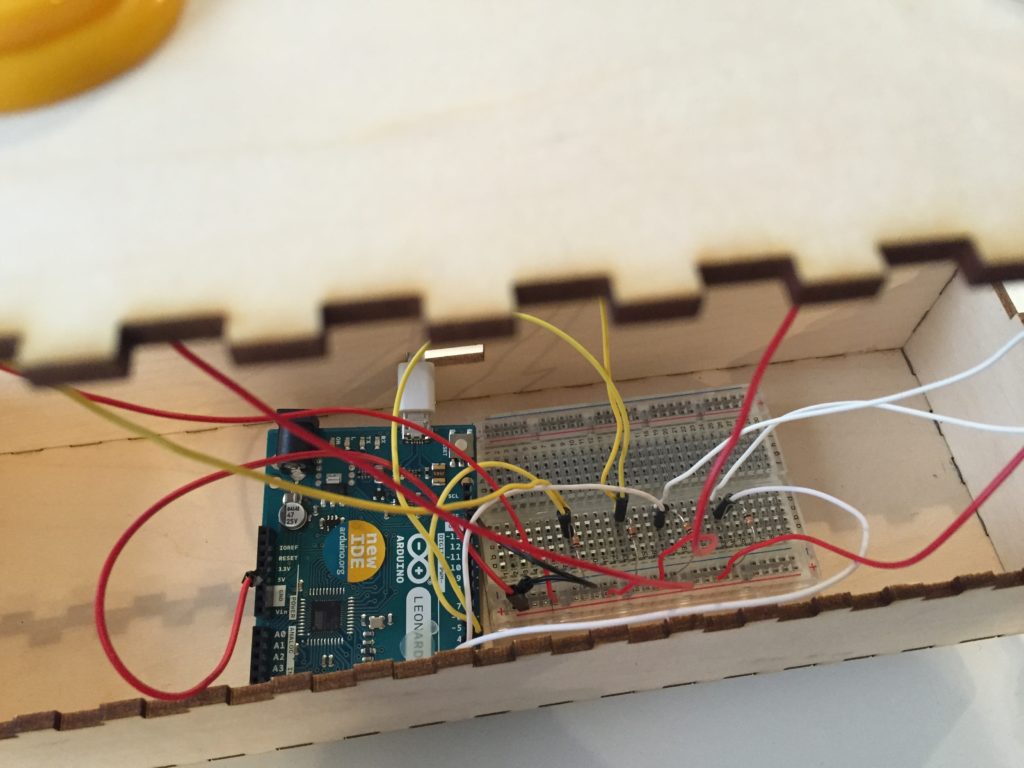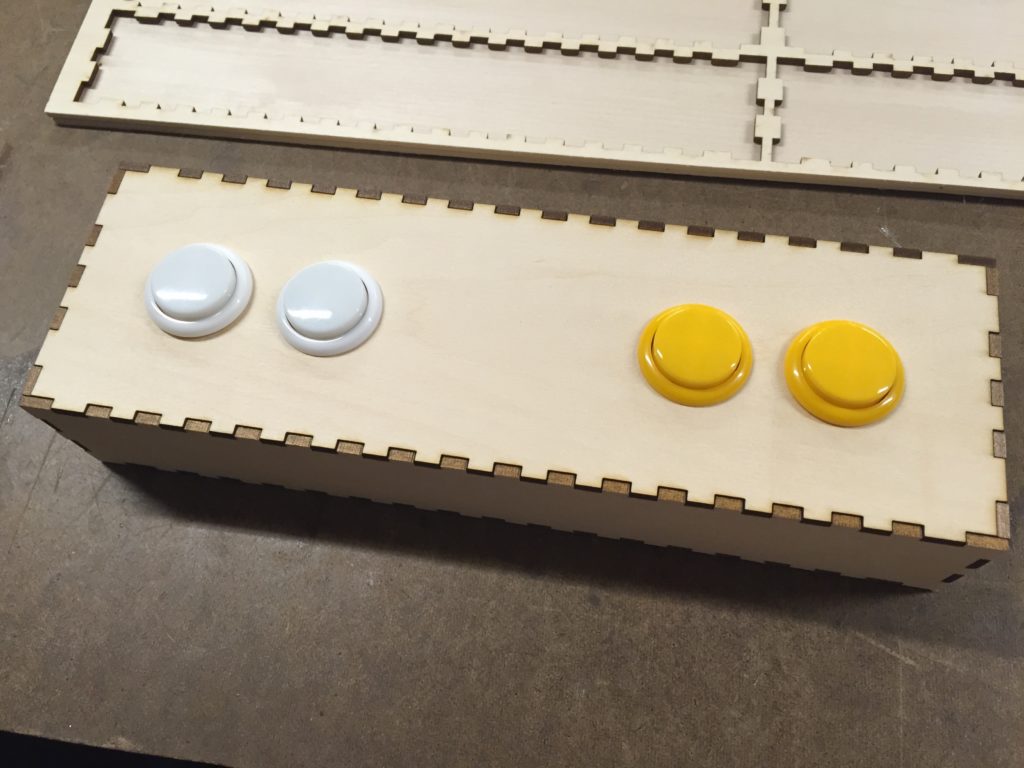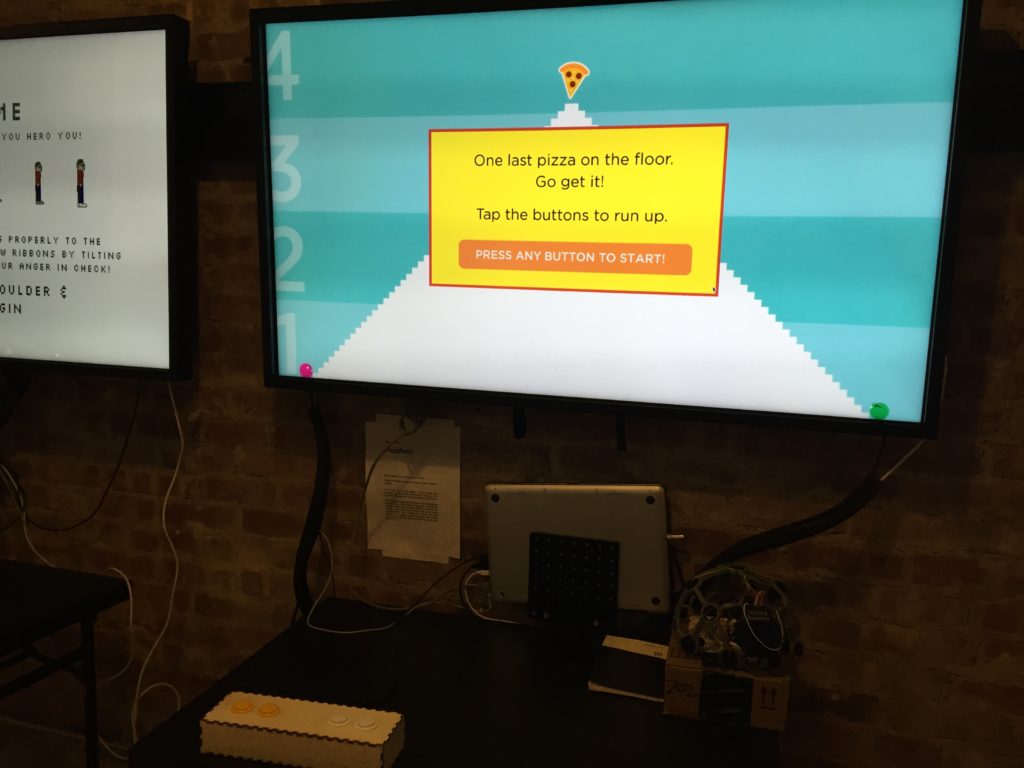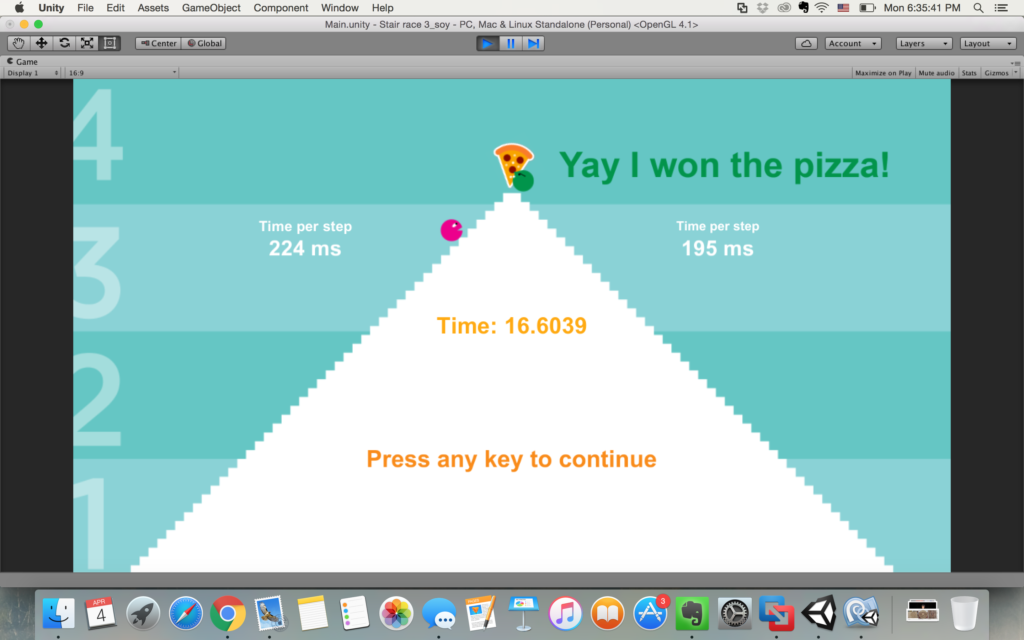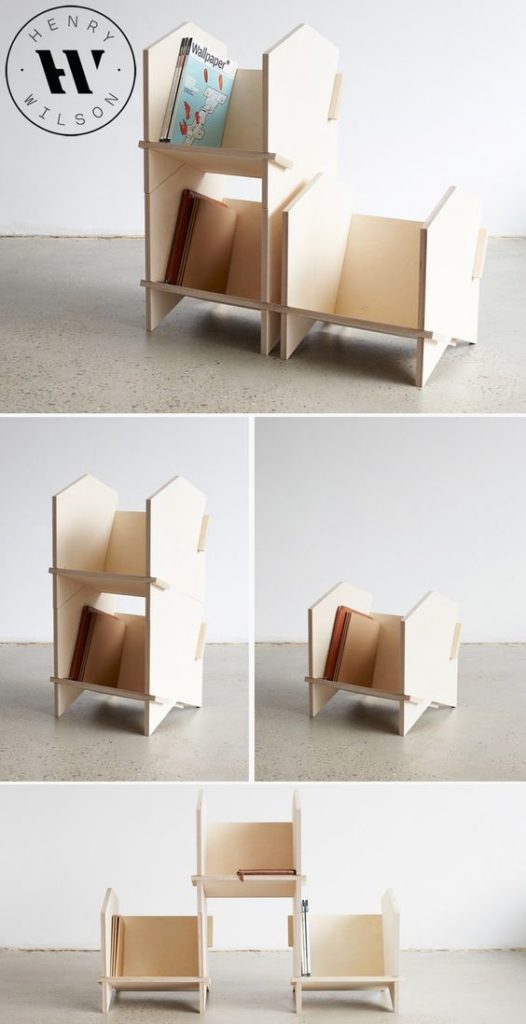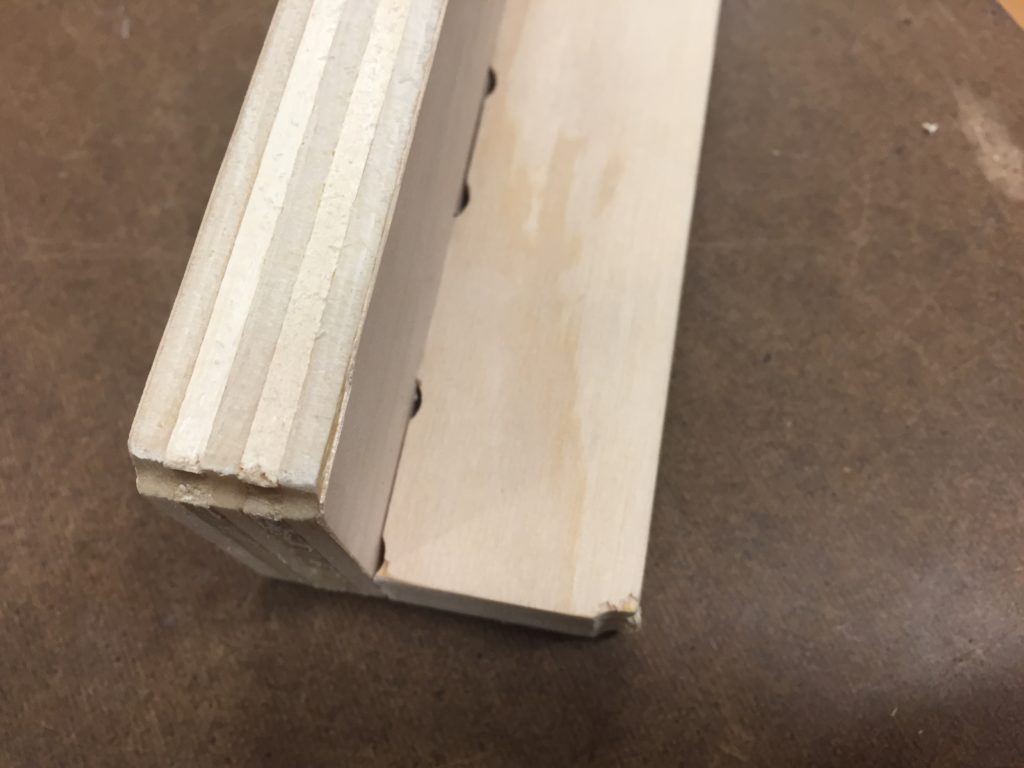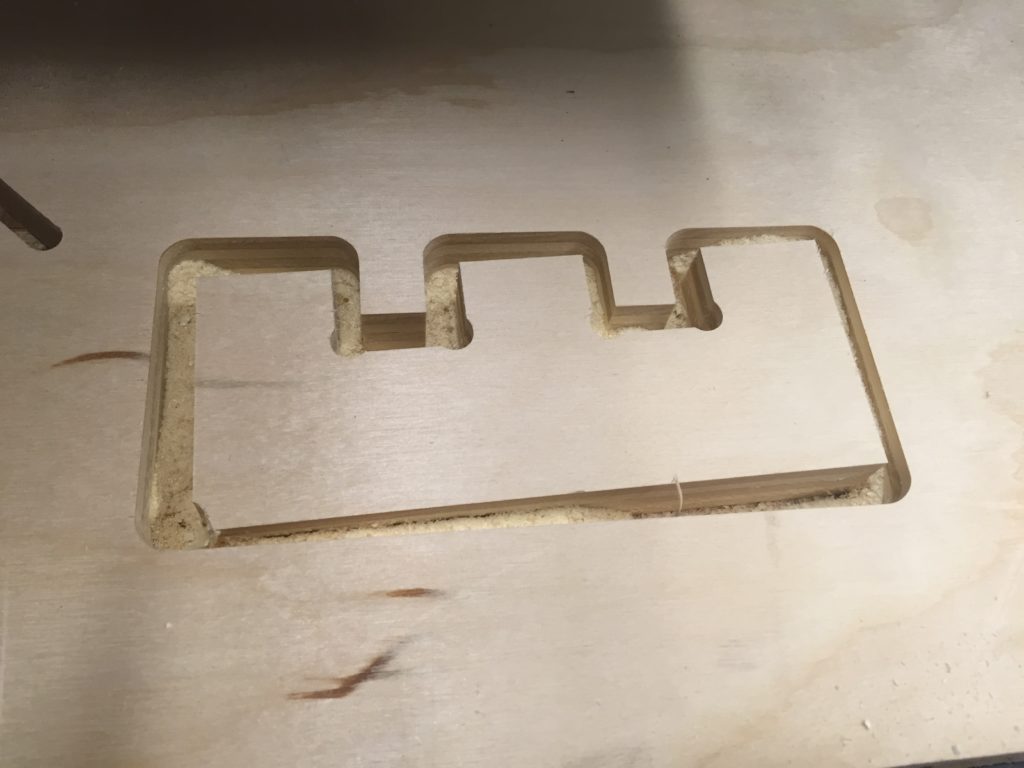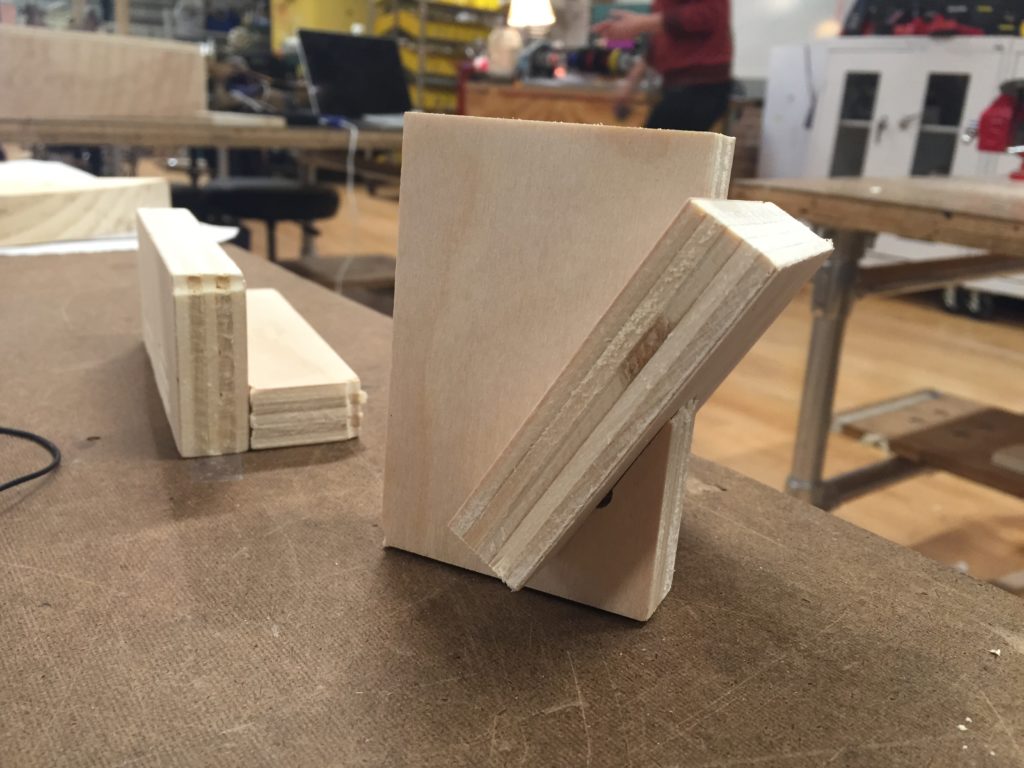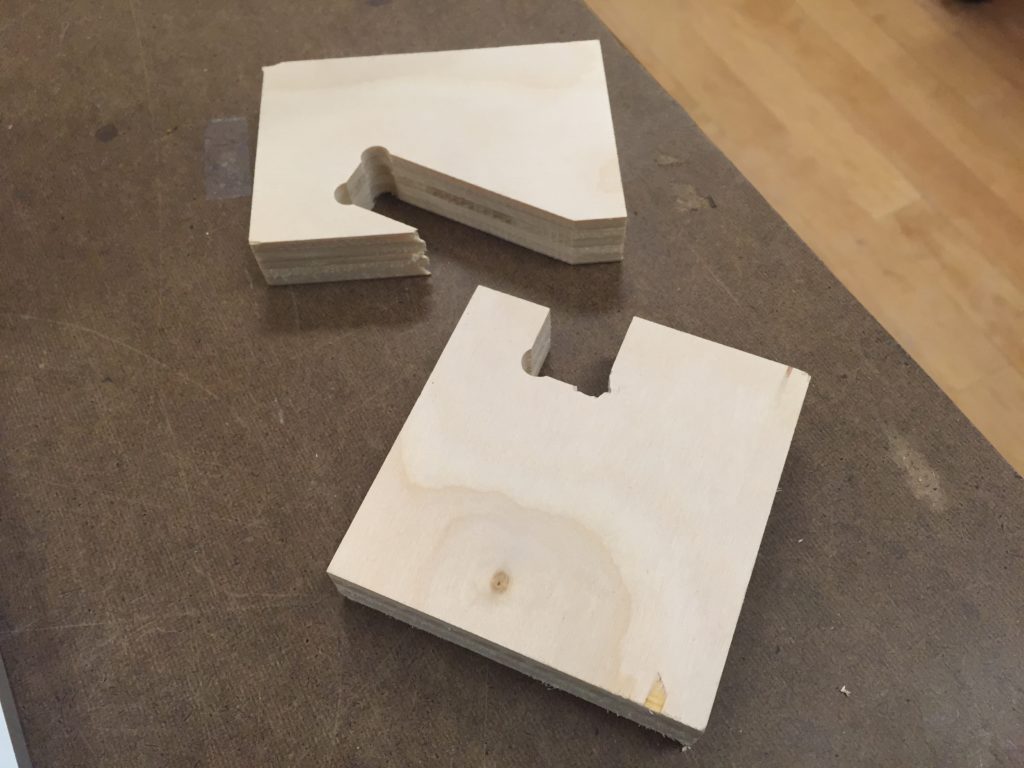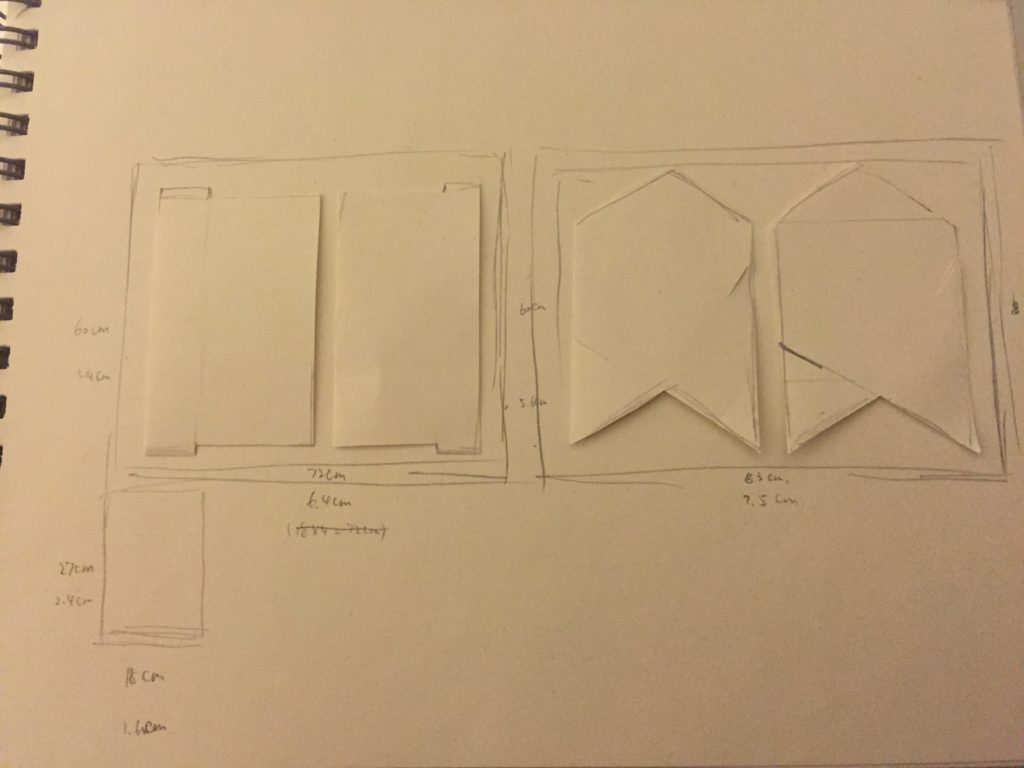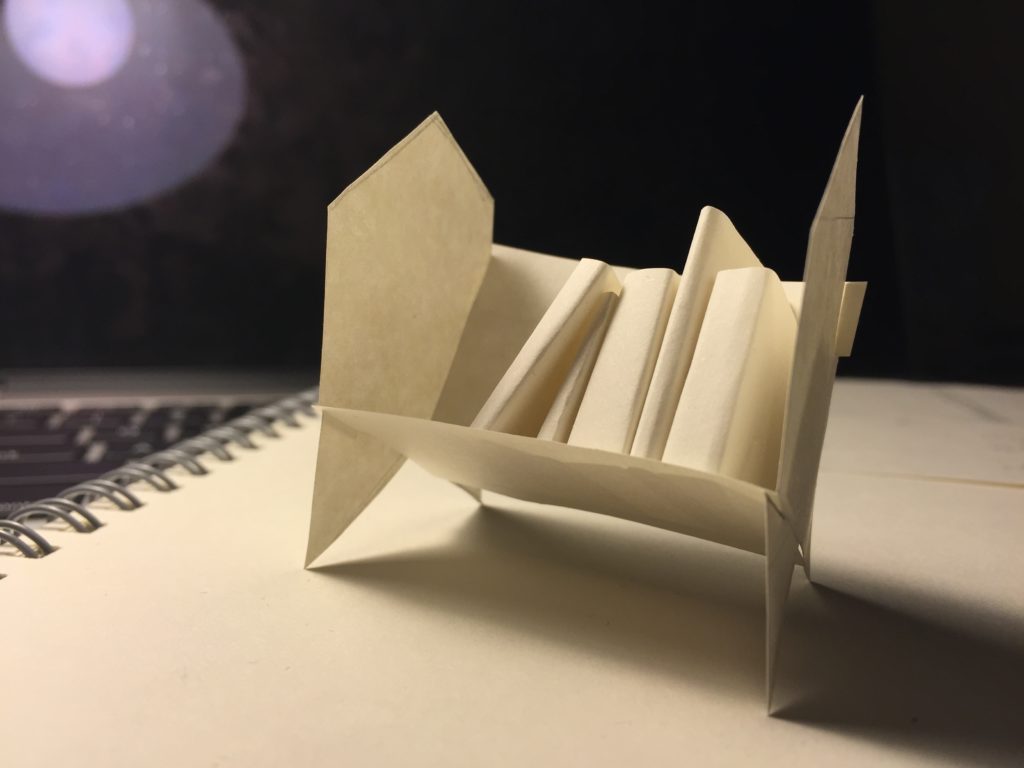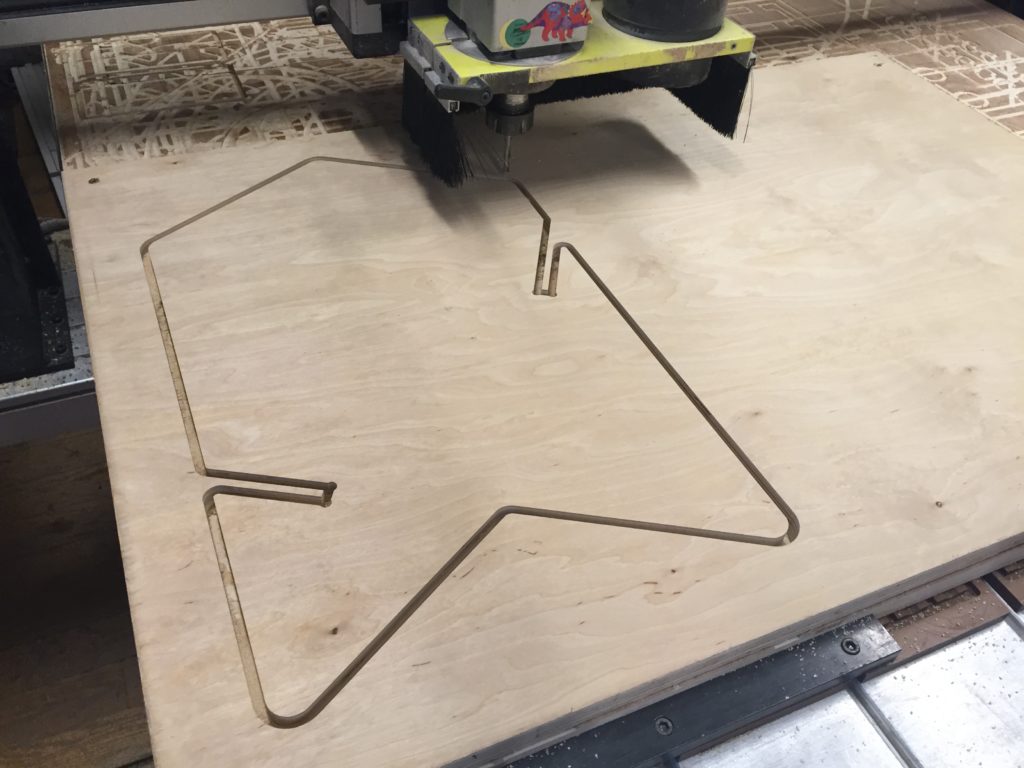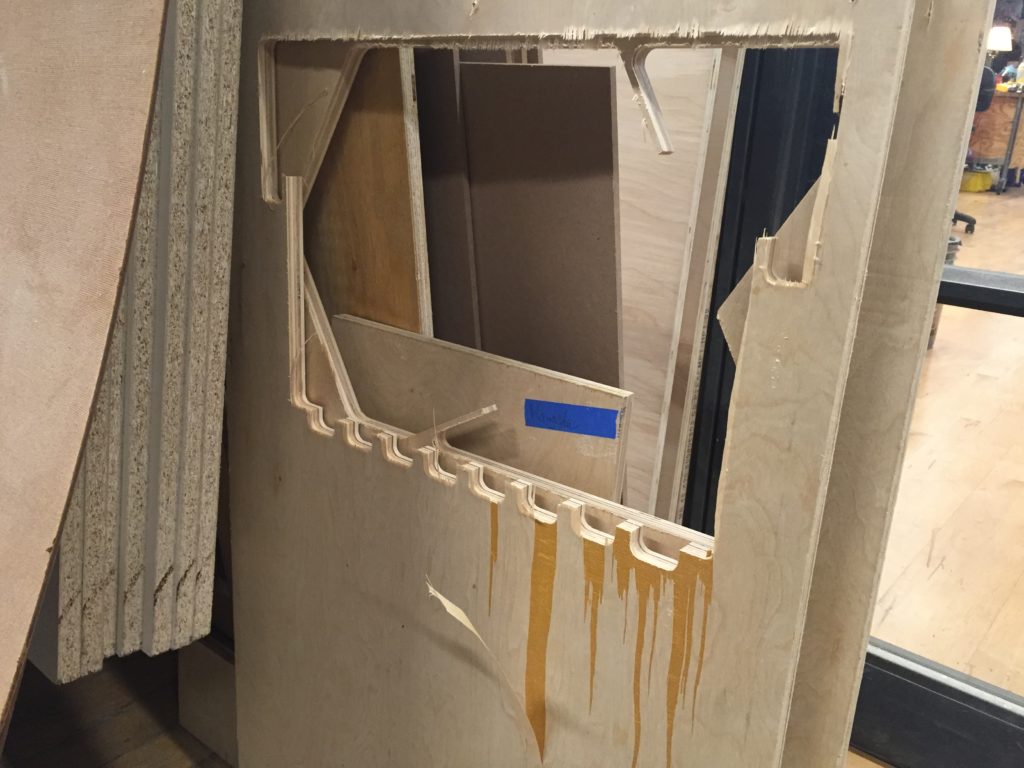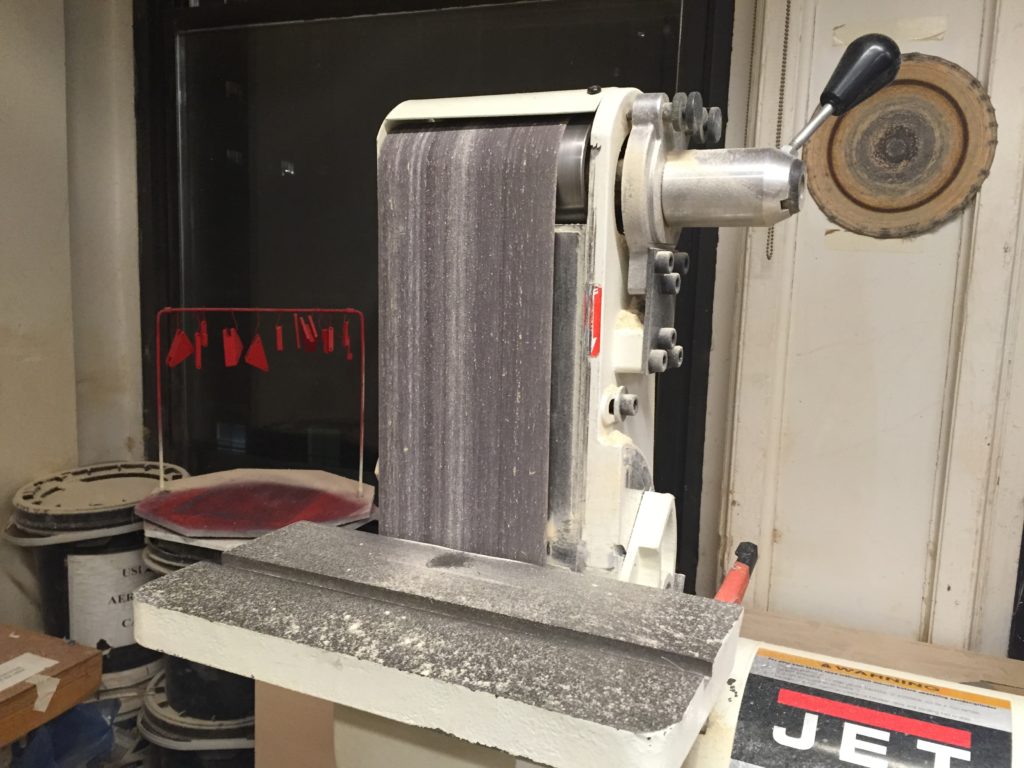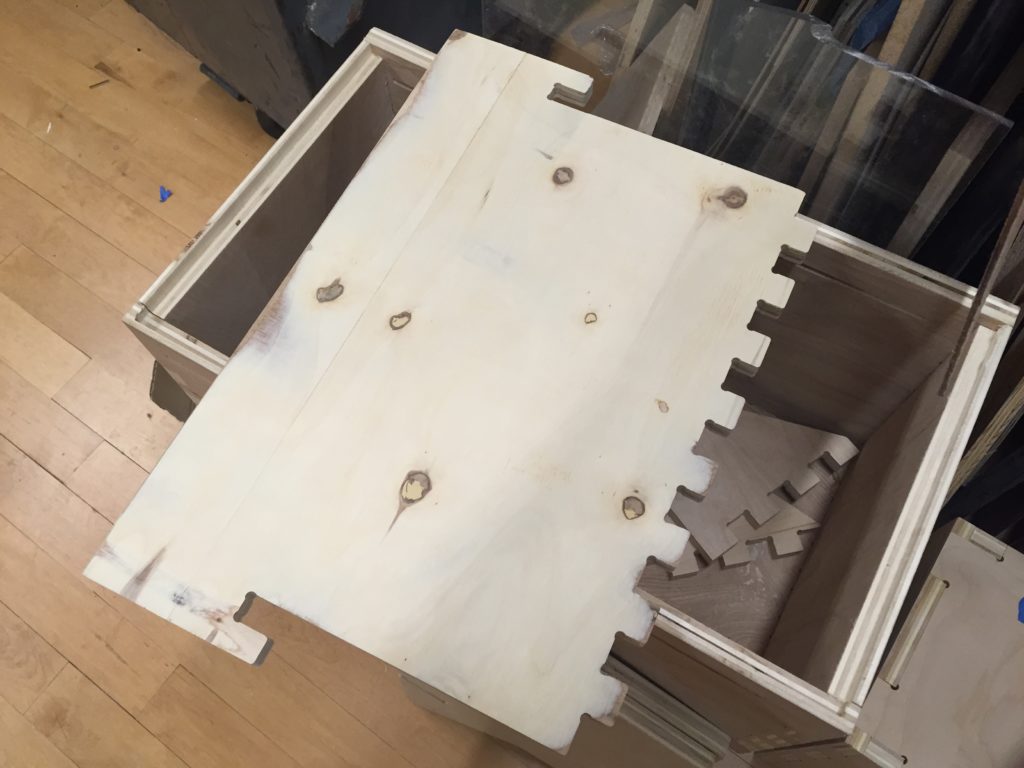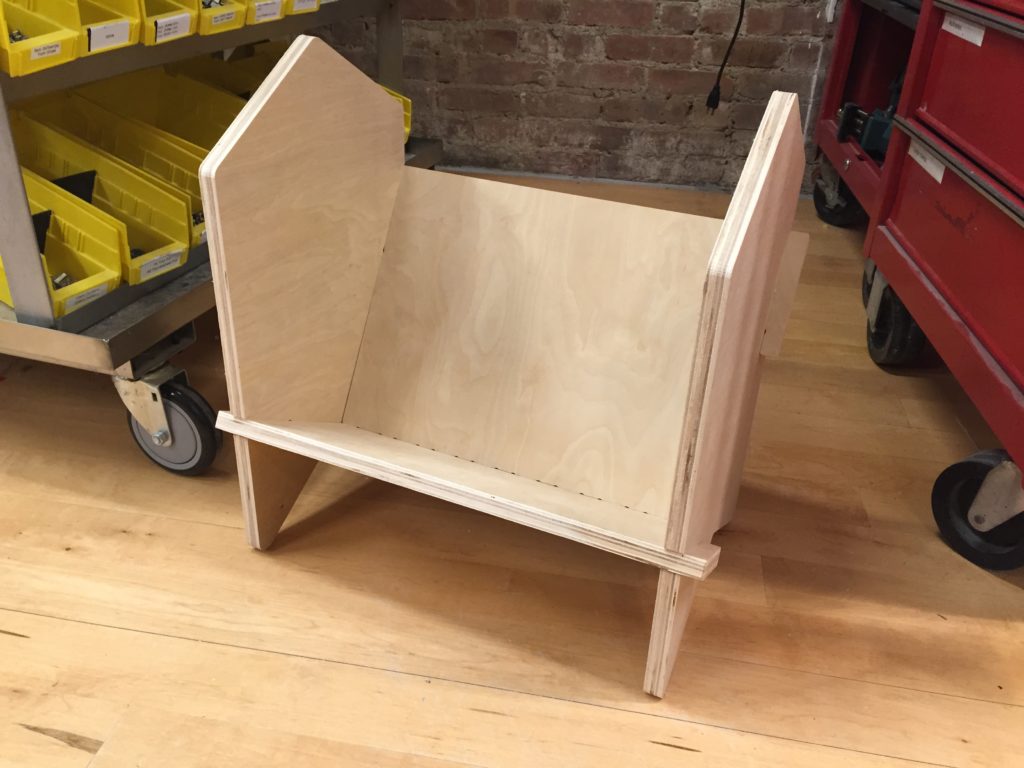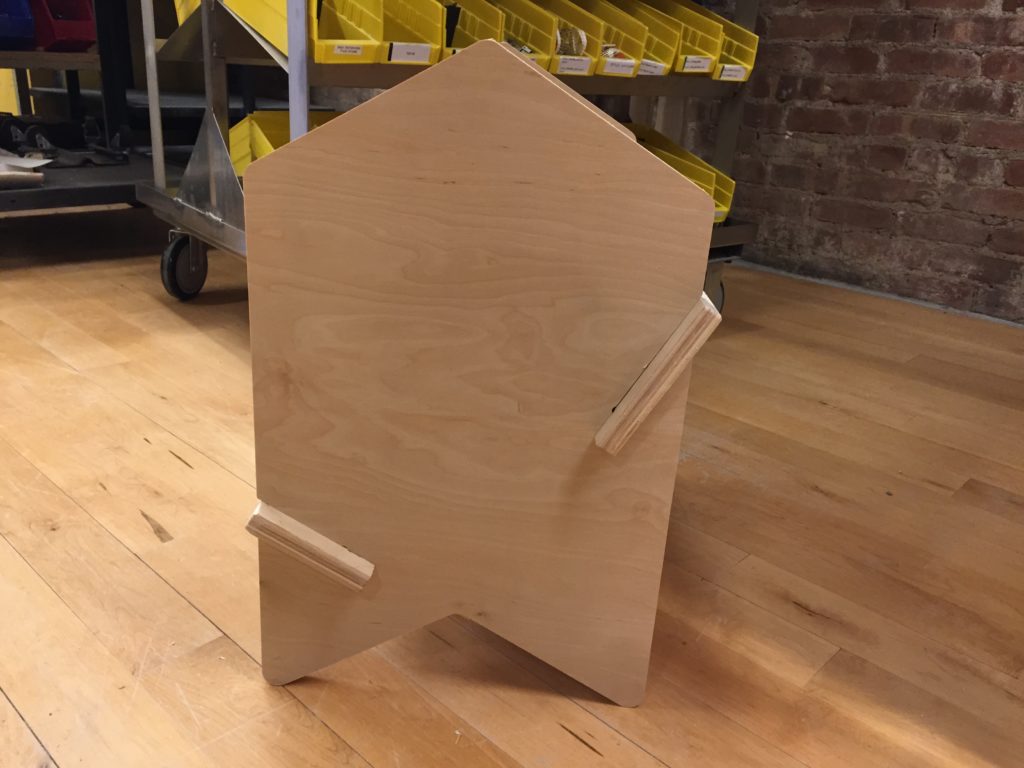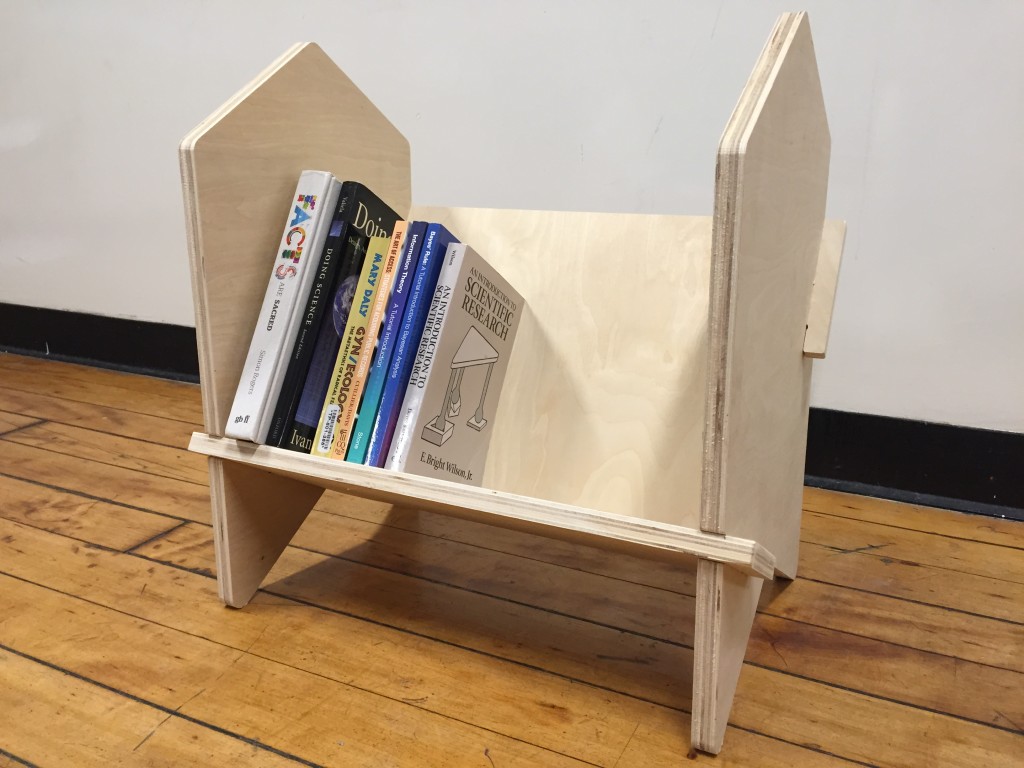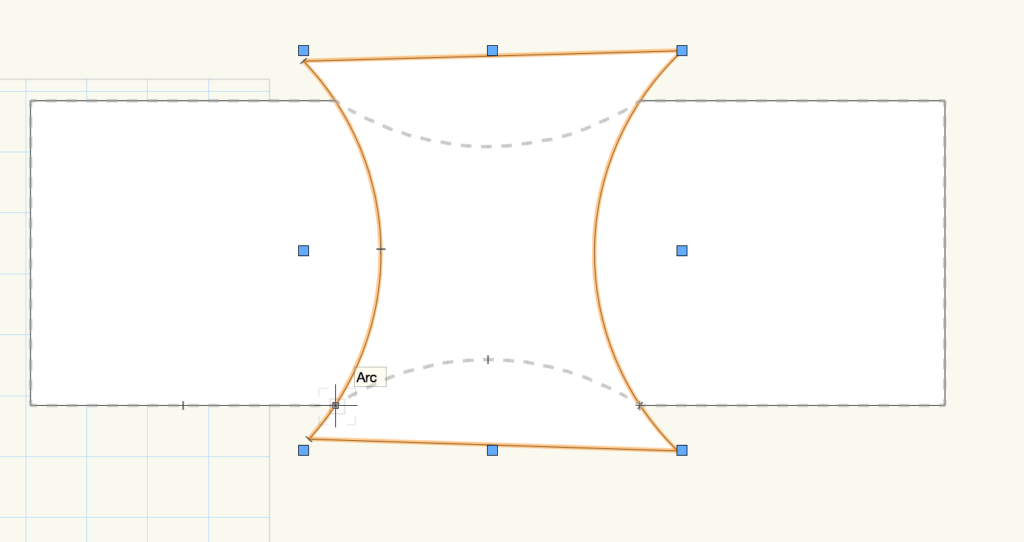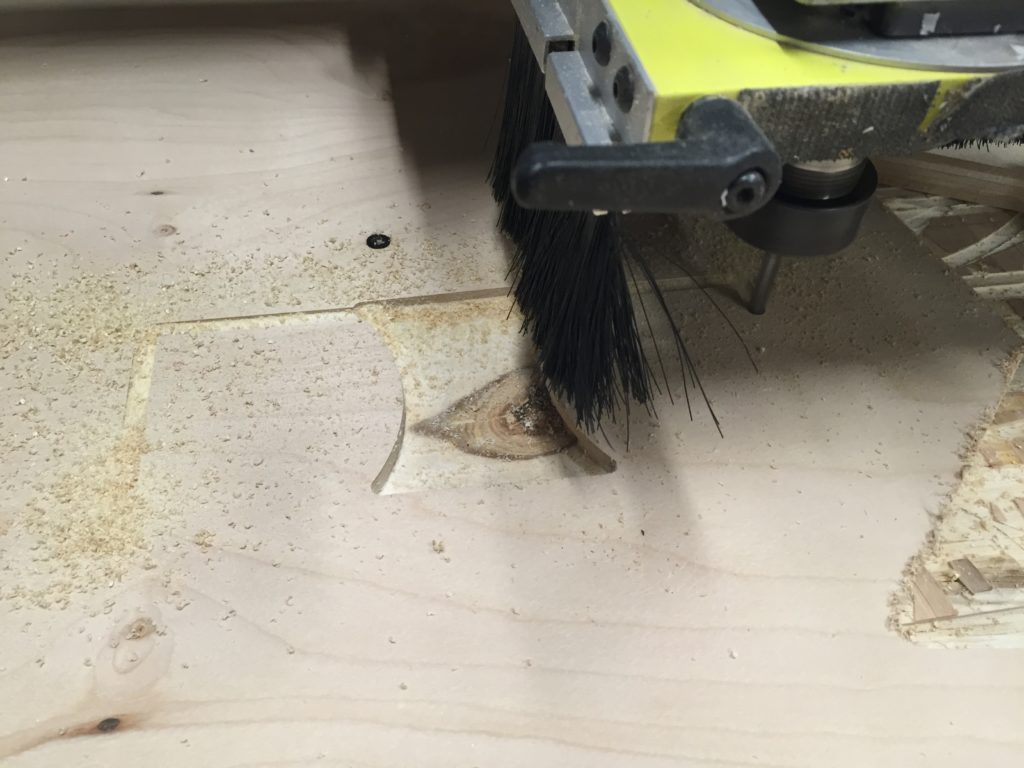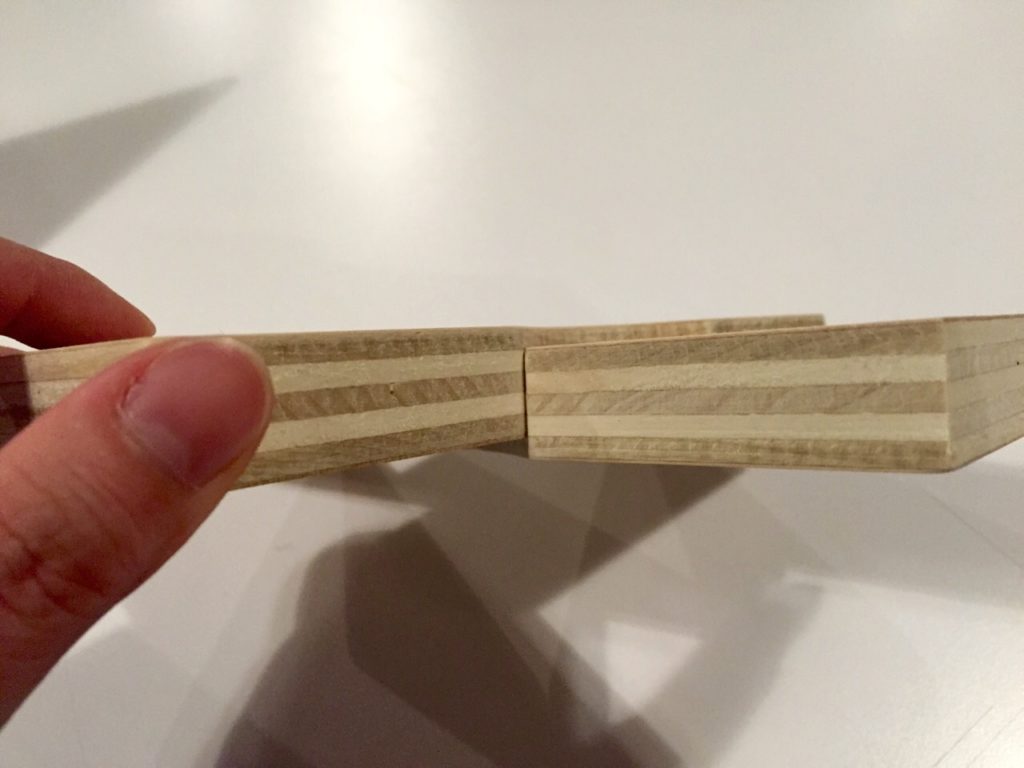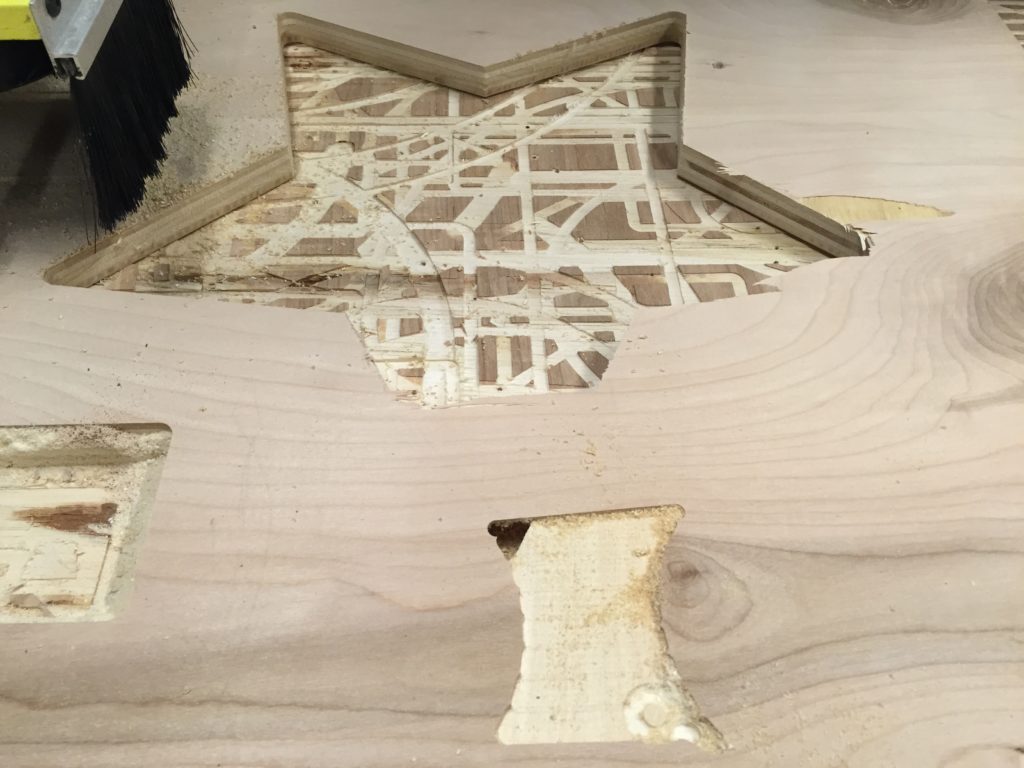This is an interactive fiction built in Inform 7
Story based on Thumbelina.
Release: https://www.sunwangshu.com/projects/spring-2016/narrative/week09/Finding%20Maia.gblorb
Playable with Interactive fiction players like SpatterLight (Mac).
———– Spoiler Alert ————
Finding Maia
An Interactive Fiction by Wangshu Sun
Release 1 / Serial number 160330 / Inform 7 build 6M62 (I6/v6.33 lib 6/12N)
Land of Flowers
You wake up by the scent of flowers, finding yourself lying in a vast valley of flowers, with a small path leading to north peak.
There’s an emerald flower standing in front of you, in its center a bright bead floating, you want a closer look at it.
> x flower
An emerald flower as tall as you. There is a bead floating in the center.
> x bead
It’s a white bead glowing as if it’s breathing. The moment you look at it, it floats towards your hand.
> i
You are carrying:
a glowing bead
> x flowers
It’s a sea of flowers, of various color, shining under sun, dancing with the wind.
> x north peak
I only understood you as far as wanting to examine north.
> x mountains
Some distant mountains surrounds the flower valley, and to the north is a small green peak full of trees.
> n
Path in the flowers
Starting from the emerald flower, the path seems endlessly long, leading to the North Peak, the tallest side of the mountains.
> x path
You can’t see any such thing.
> x mountains
Some distant mountains surrounds the flower valley, and to the north is a small green peak full of trees.
> x trees
You can’t see any such thing.
> n
North peak
Eventually you get to the north peak, a small peak fully covered in green trees and bushes. The air is fresh and moisturous.
Suddenly you notice tiny fairy girl looking at you, sitting calmly on a daisy.
> x daisy
It’s a sea of flowers, of various color, shining under sun, dancing with the wind.
> smell daisy
They smell so fragrant and refreshing.
> smell bushes
You can’t see any such thing.
> smell trees
The air is so fresh and moisturous.
> look at fairy girl
You see nothing special about Emily.
> talk to emily
Hi! My name is Emily, so glad you come!
I beg your help to search my lost friend. (…)
> talk to emily
Recently, I sense the reborn of my lost friend Maia. She was long lost and our prince was heart broken, until this miracle happens.(…)
> g
Though we know her whereabouts with the help of the bead, we cannot fly so far away. (…)
> g
Luckily the bead carries a polymorph spell that works for human, so you can change into a bird and fly across a vast land. (…)
> g
The bead will also glow stronger as you get closer to her.
Would you like to help us then?
> g
Please, say yes or no…
> no
Ah…It’s ok. It could be hard. Maybe I will find someone else.
But…don’t you want to fly? It’s hard to get the chance!
> yes
It’s so kind you do!
If you are ready to transform into a bird, show me the bead.
You can ask me about anything before you go.
> ask Emily about bird
We are even more afraid of them than you, child of man. That’s why we seek help from you instead.
> ask Emily about bead
It’s a magical object. That’s why I can sense you coming, sense the rebirth of my friend, and polymorph you into bird.
> ask Emily about fairy
We live and play in the flowers. You don’t usually see us because there want to hide from bad people, of course except you.
> ask Emily about flowers
There is no reply.
> ask Emily about flower
There is no reply.
> ask Emily about people
There is no reply.
> ask Emily about friend
There is no reply.
> ask Emily about prince
He’s a very gorgeous, playful and warm-hearted fairy, that’s why we all love him and make him our Prince.
> ask Emily about Maia
She’s my best friend, our prince’s love. She’s cute and have a nice voice. We thought she was dead until recently.
> go north
The mountains are so high that you cannot cross. If only you can fly…
> show Emily the bead
The bead shines as she murmur, you surprisingly find your body shrinking into that of a bird, your hands turning into wings.
> go north
Emily gives you a hug and says “Thanks friend, take care.” You flap your wings and find youself soaring north over the high peaks.
Sunny Glade
Over the peak there lays this vast land of colorful trees. Beams of sunshine shoot through the leaves to the ground.
> x trees
Shiny trees soaking in the sun.
> x peak
You can’t see any such thing.
> w
You start flying around, enjoying the wind and speed and scenery below you. But you end up flying back because you have no idea where to go.
> n
You start flying around, enjoying the wind and speed and scenery below you. But you end up flying back because you have no idea where to go.
> i
You are carrying:
a glowing bead
> x bead
You fly around to see if the bead changes. Somehow you can tell it grows a little brighter when you head towards a certain direction.
> go north
Following the direction, you fly across a vast land, enjoying the wind in your feathers. At last you seem to find the place before sunset.
Destination Field
The bead shine so strong when you get close to a wooden house in this wheat field, so you decide to land here.
> x house
The bead shines when you get close to a pot of tulip against the wall of the house.
> x bead
It shines bright nearby. There must be something that it points to, you are so close yet not sure where it is.
> x pot
Inside the flower pot there grows a beautiful red tulip that seems well-tended.
> x bead
It shines bright nearby. There must be something that it points to, you are so close yet not sure where it is.
> x tulip
It’s a well-tended beautiful red tulip. The bead shines greatly when you get close to it, and then it goes back to its usual breathe.
> x bead
It seems to have complete its mission after you reach the red tulip. It slowly glows as usual.
> enter house
Wooden House
It is a small dim house. There is a woman by the mantelpiece, you can also make out a round table and a cabinet.
There is a middle-aged woman sewing some cloth by the mantelpiece.
A basket full of berries sits on the round table.
> x basket
A knitted basket.
> x woman
A middle-aged lady, she looks kind.
> x mantelpiece
A warm old fireplace made of stones, clearly darkened by years.
> talk to woman
Oh! Little swallow. How nice you come to my house!
Help yourself with the berries!
You want to ask if she knows about the tulip.
> eat berries
They taste sweet and fresh! Delicious!
> x table
An old round table. On top of that sits a basket of berries, an old pocket watch, and a little box full of petals.
> x watch
A old golden pocket watch.
> open watch
It actually stops working.
> x box
A small wooden box the size of a palm, full of fresh petals.
> take box
That’s hardly portable.
> x basket
A knitted basket.
> talk to woman
You want to talk then? That’s interesting! What do you want to talk about?
> talk to woman
You want to talk then? That’s interesting! What do you want to talk about?
> ask woman about bead
So you come all the way here to find a little fairy…my daughter? Thank God! Maybe you can try to ask the witch again…
> ask woman about fairy
There is no reply.
> ask woman about daughter
How lovely she was, tiny as my thumb, so I call her Thumbelina. She was born from a seed given by the witch. But she was lost for months.
> ask woman about seed
I begged the witch for days until she agreed to sell it to me.
> ask woman about witch
Last time, she told me if I want to know the whereabouts of my girl, ask a favor from a bird three months later.
I just realized it must be you that she talked about, before I was afraid a wrong one will be treated badly.
She lives in the center of Dark Woods to the west of the big lake.
> ask woman about witch
The witch is powerful yet capricious. Beware. She lives in the center of Dark Woods to the west of the big lake.
> ask woman about lost
One night she was gone, she and her bed, all gone. I tried to go out searching, calling her name again and again, and there was no reply.
> ask woman about woman
There is no reply.
> x mantelpiece
A warm old fireplace made of stones, clearly darkened by years.
> loo
That’s not a verb I recognise.
> look
Wooden House
It is a small dim house. There is a woman by the mantelpiece, you can also make out a round table and a cabinet.
There is a middle-aged woman sewing some cloth by the mantelpiece.
A basket full of berries sits on the round table.
> x cabinet
You can’t see any such thing.
> n
You wave goodbye to the woman with your wings, heading all the way to the Dark Woods.
Clearing in the Dark Woods
You fly across the big lake to its west. The woods below grow darker and darker, and from within there is a visible clearing with a hut.
Suddenly a cloaked figure shows up from nowhere. It turns out to be a witch.
> x hut
You managed to find this little hut exactly in the center of the woods.
> x woman
You can’t see any such thing.
> x witch
You see nothing special about Witch.
> talk to witch
I know why you come. You want to find the little naughty fairy right?
Fly due north, non-stop, and you will get there.
> n
You fly north with doubts, but somehow you feel the wind drives you like magic.
> n
Not exactly direct north, but definitely all the winds have a destination for you.
> n
Suddenly it goes all dark.
> n
You lost all your feelings. Only coldness, emptiness. Time feels like stopped.
> n
…
> n
……
> n
Warmness.
> n
You hardly open your eyes, and make out the shape of a little girl, very delicate, the size of that of Emily, except without a pair of wings.
> n
Suddenly it reminds you all the story of Thumbelina, and you happen to be the swallow in it, after the frogs, the white butter fly.
> n
You know it will take her a winter to change her mind, to realize her true love and true self. You smile and wake up.
> n
Congratulations.
>
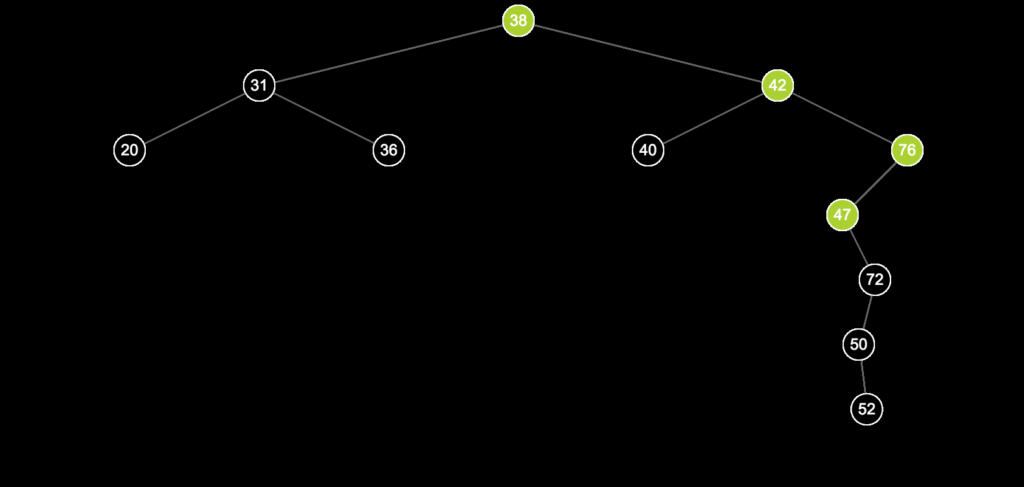

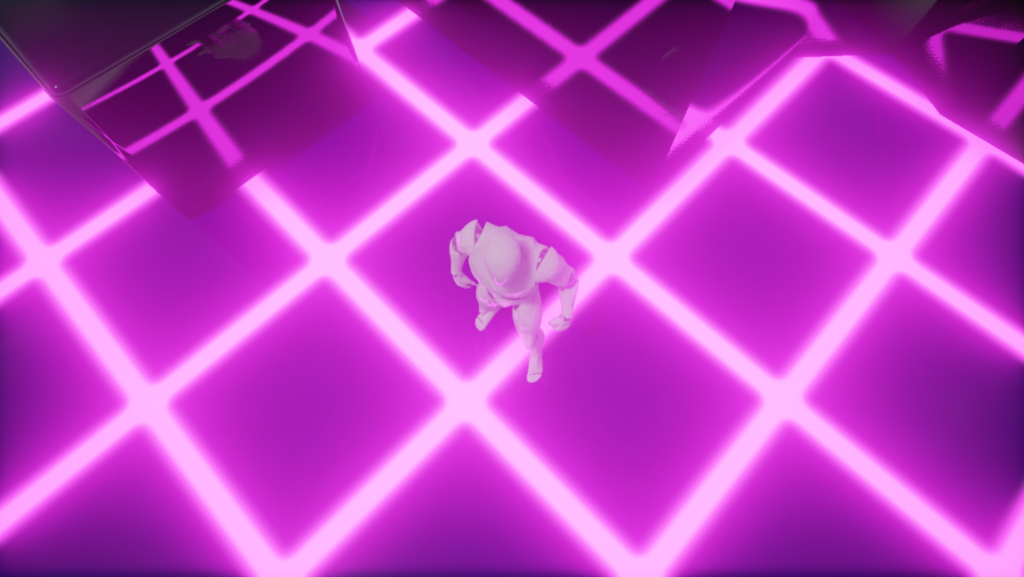
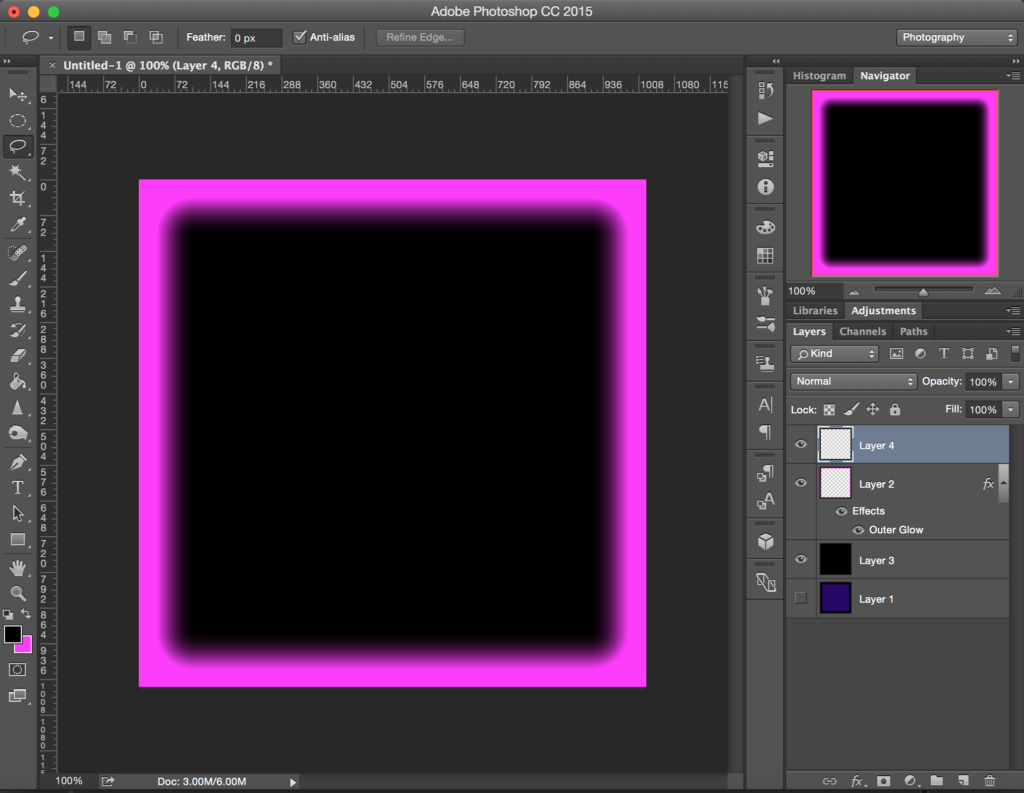
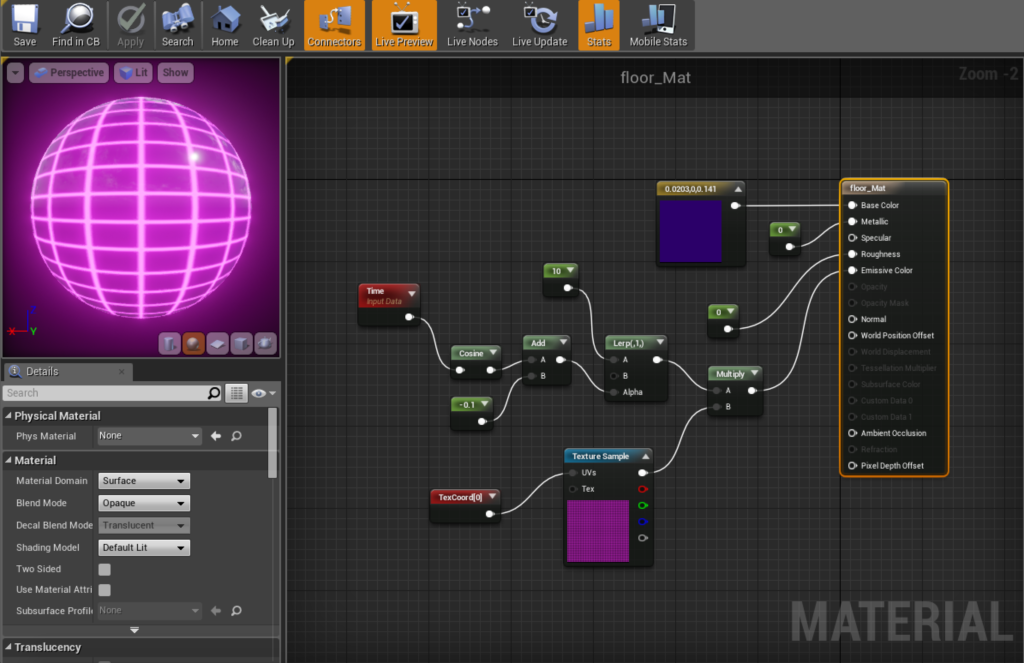
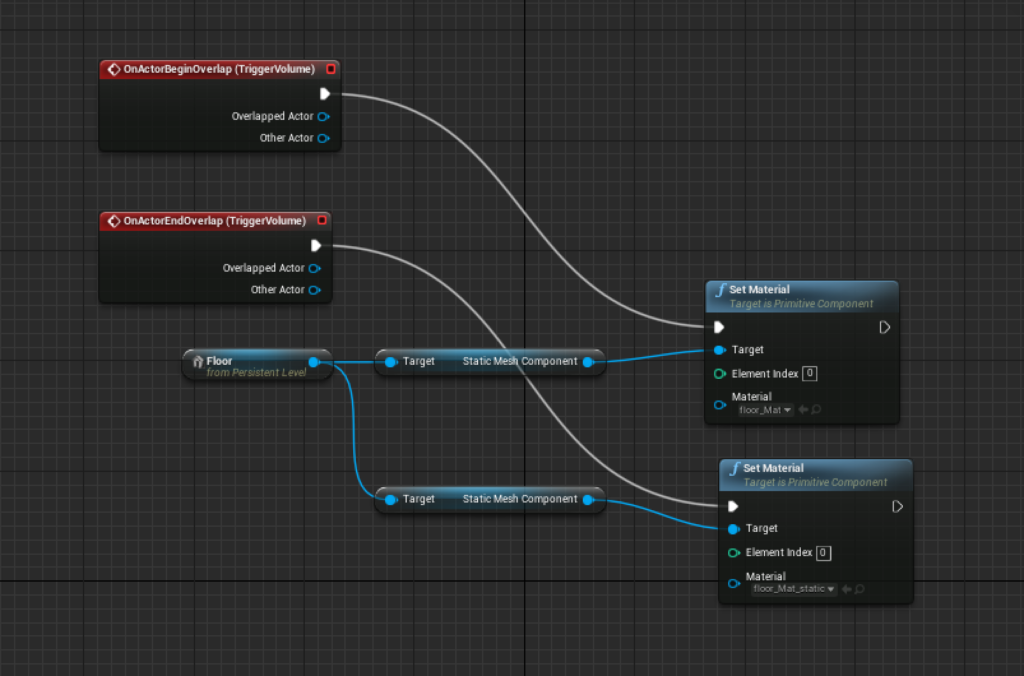
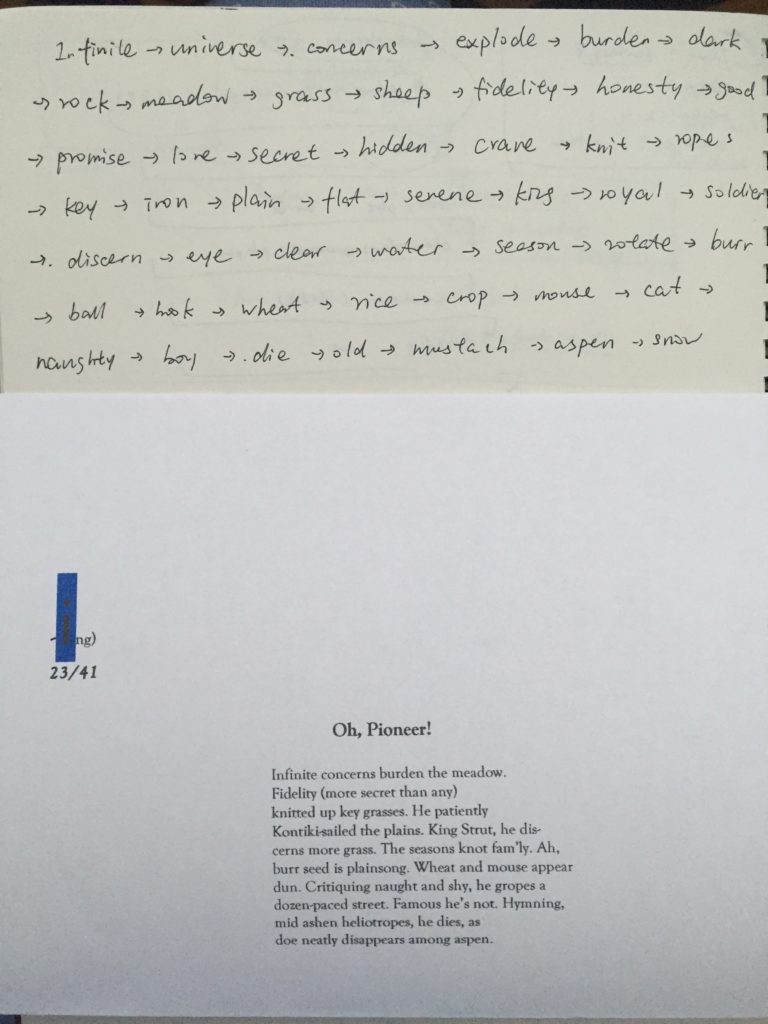
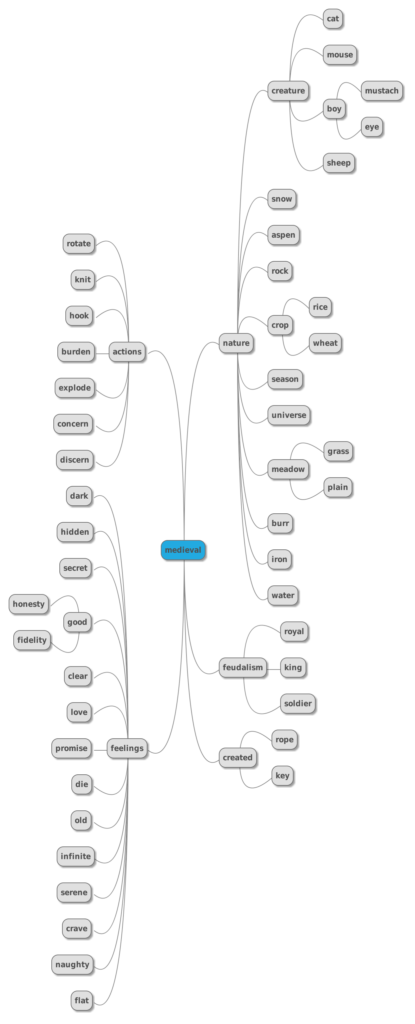
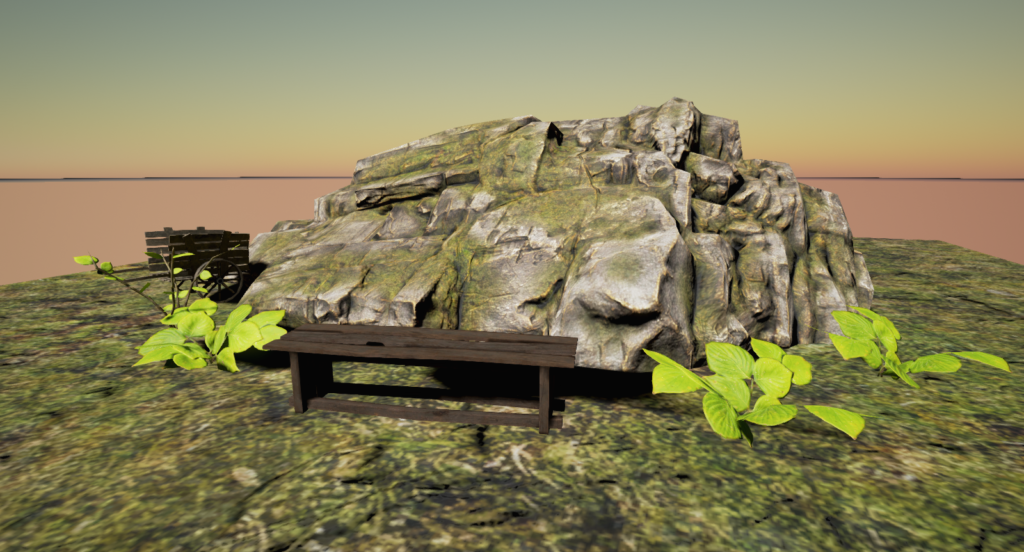
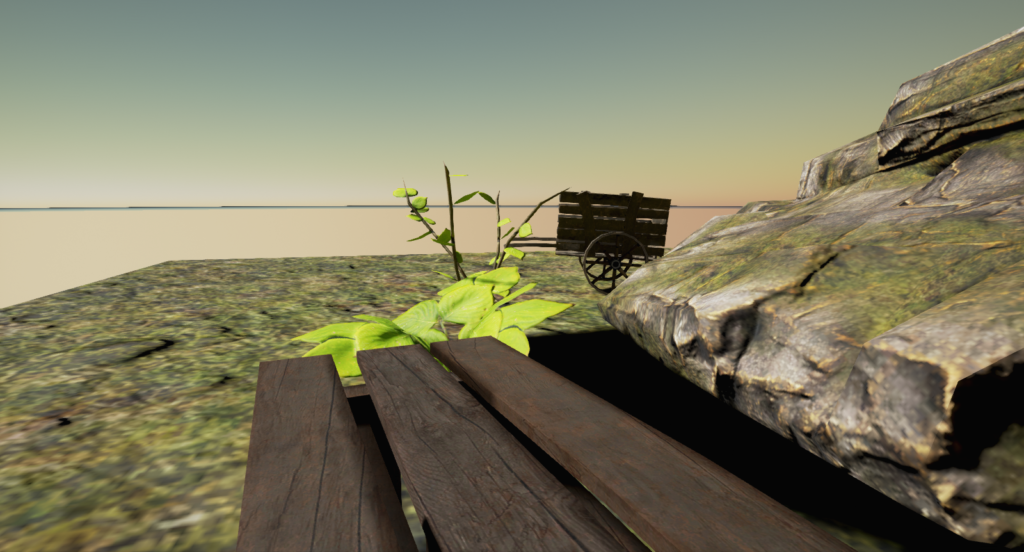
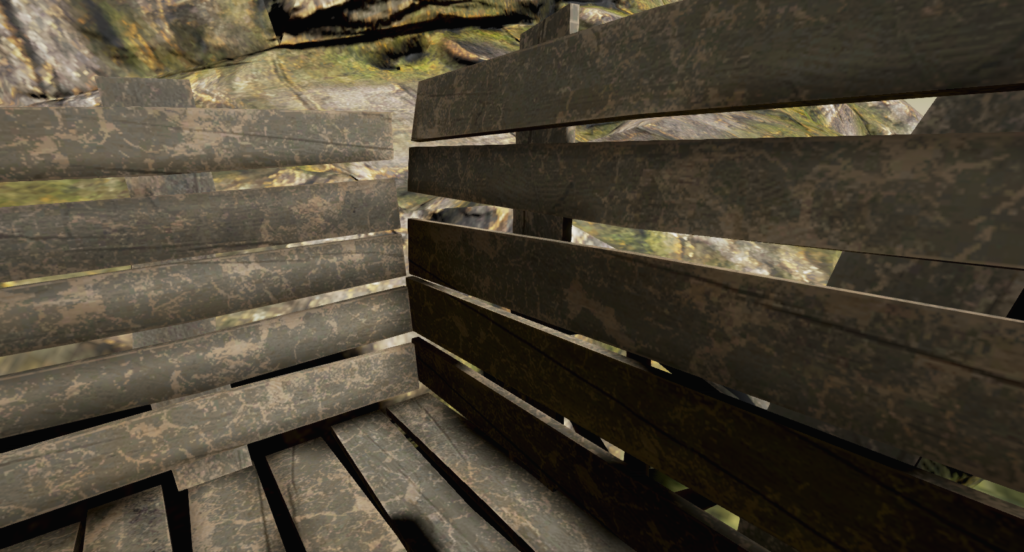
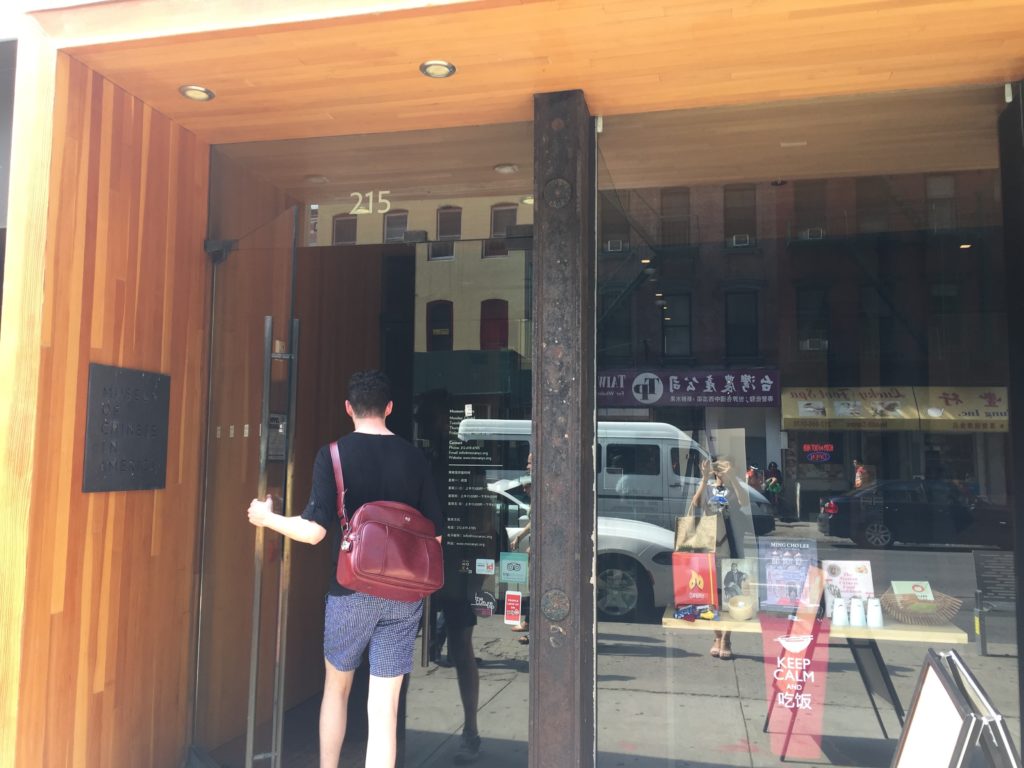
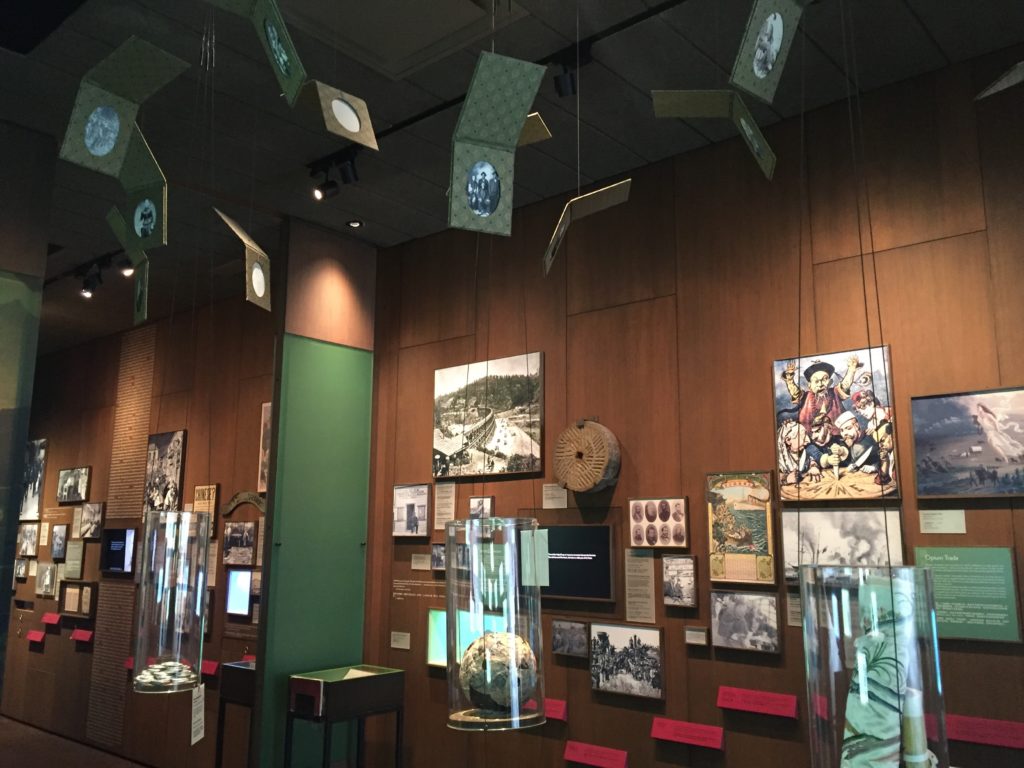
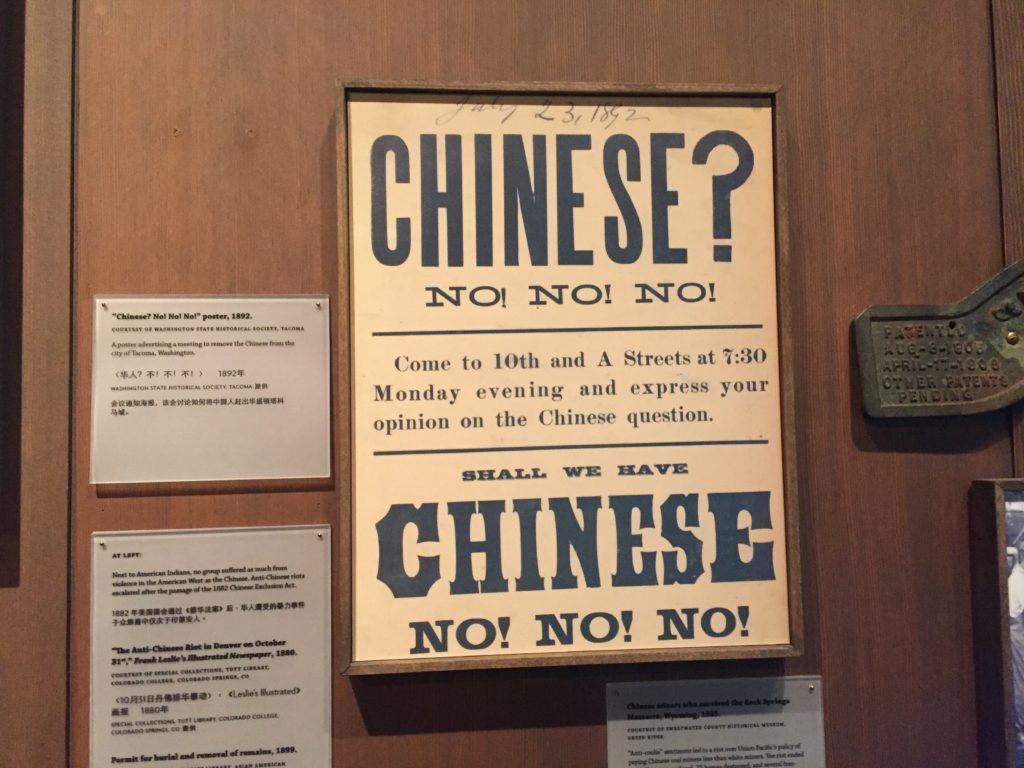
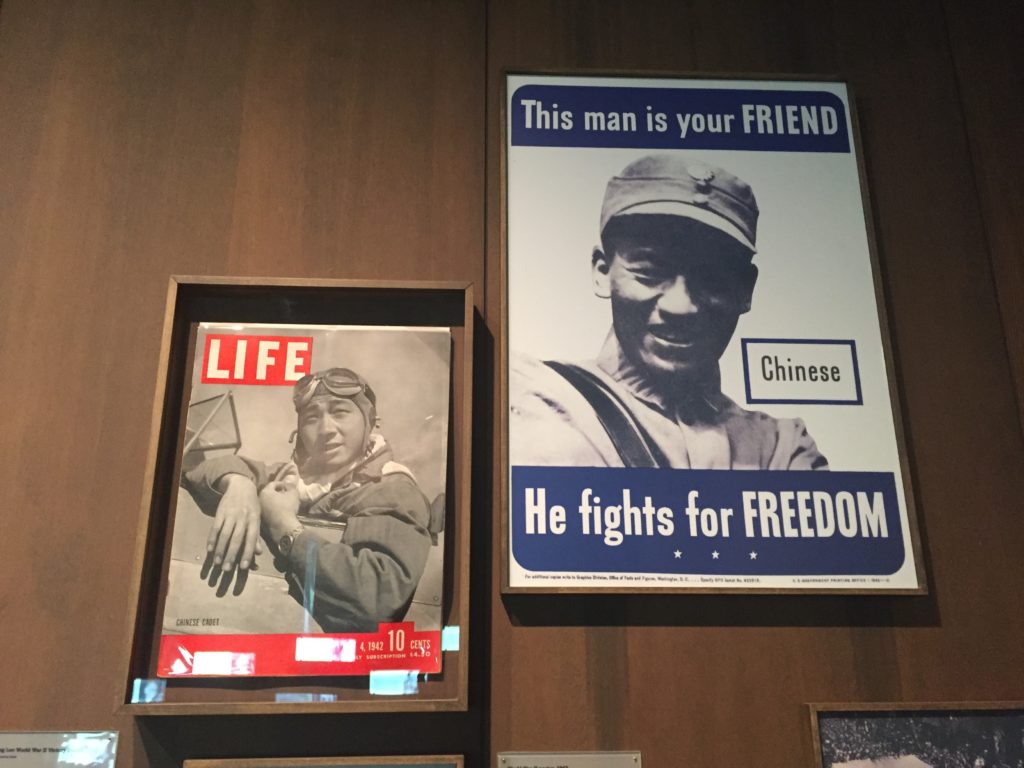
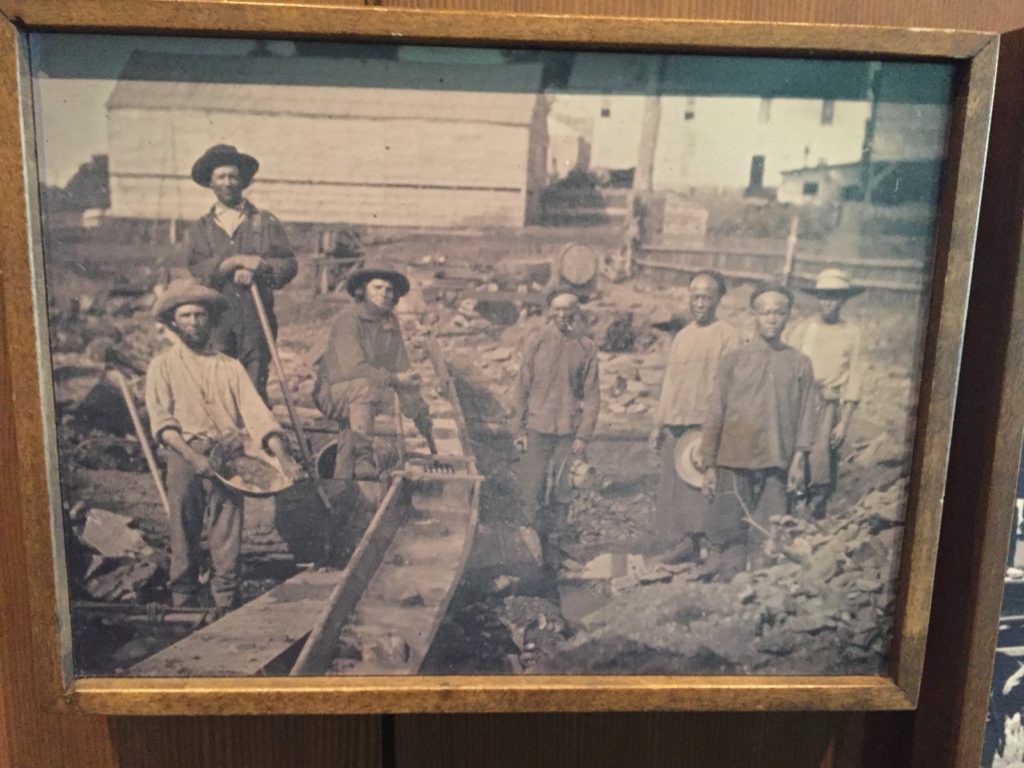
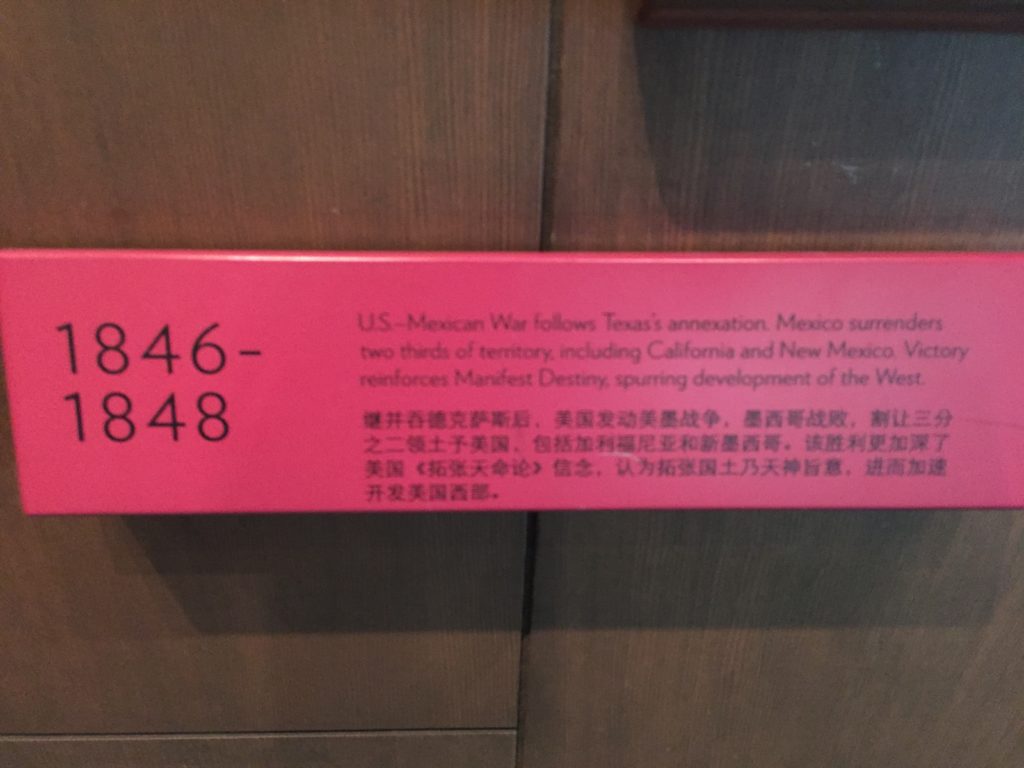
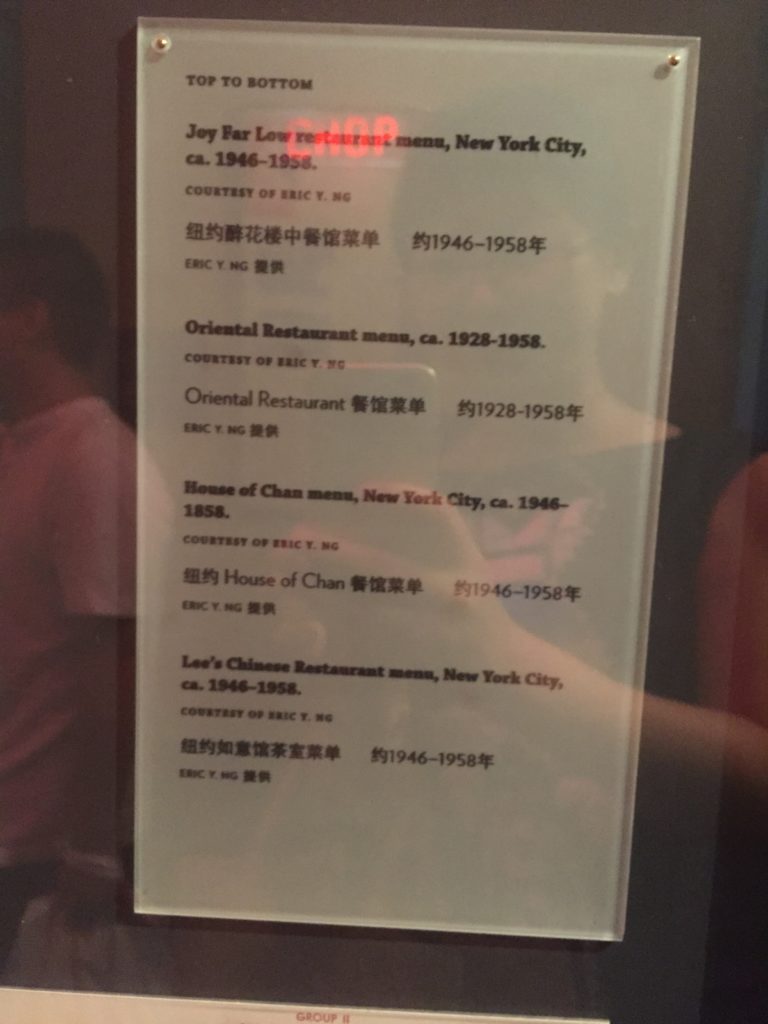

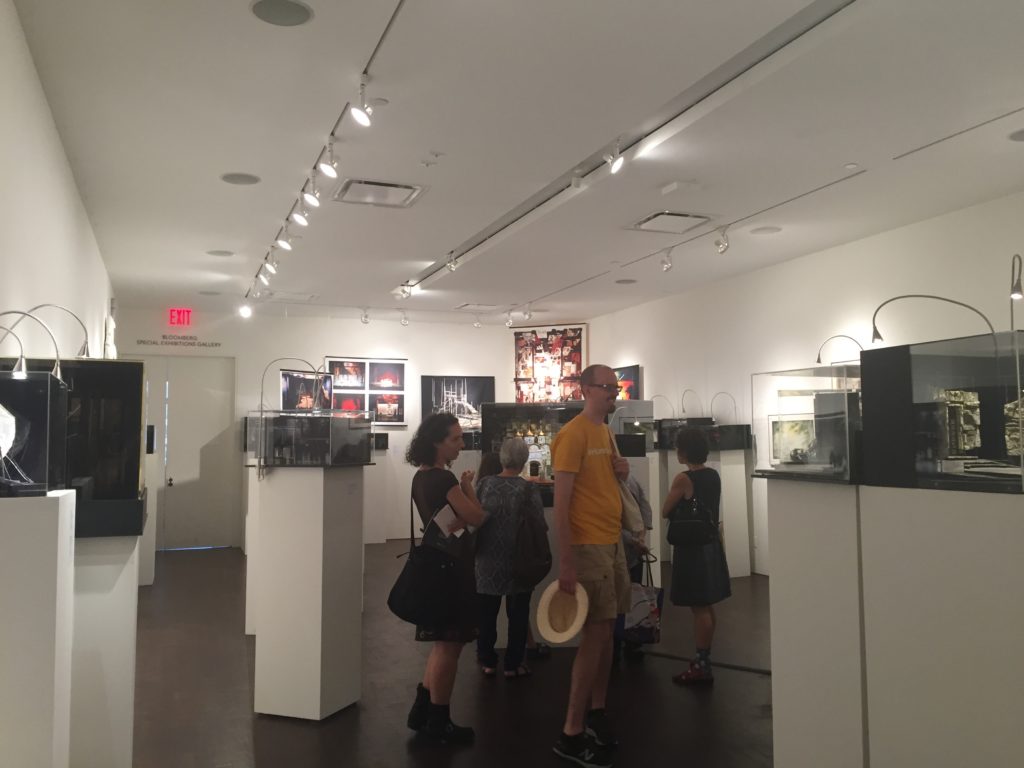
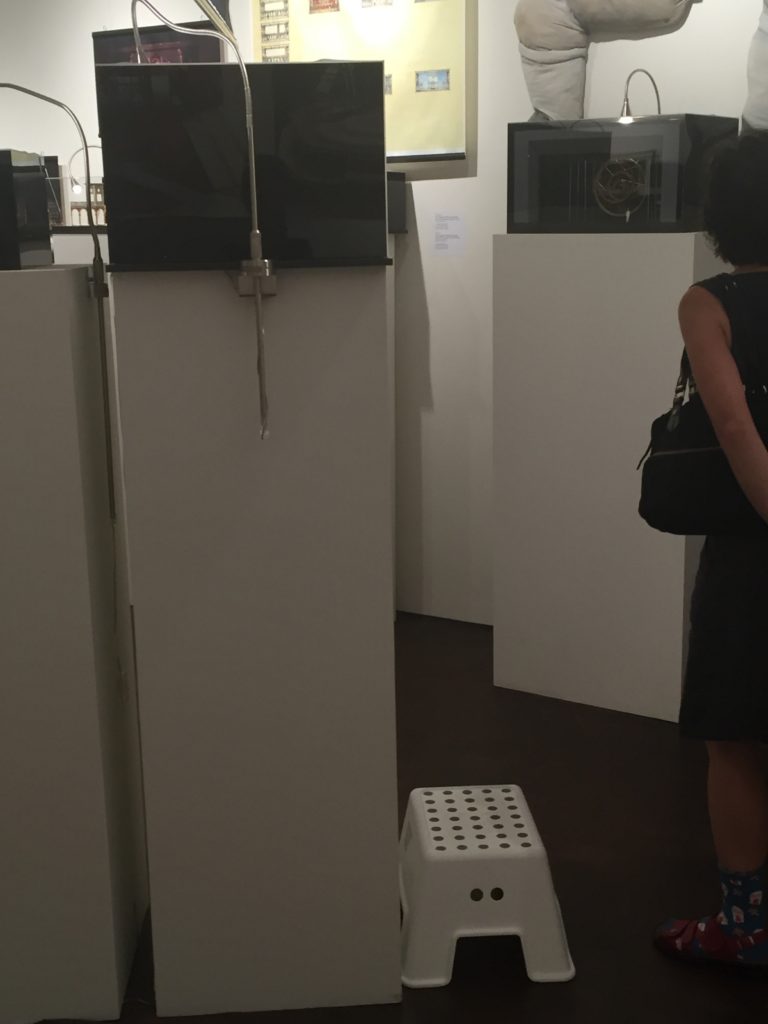
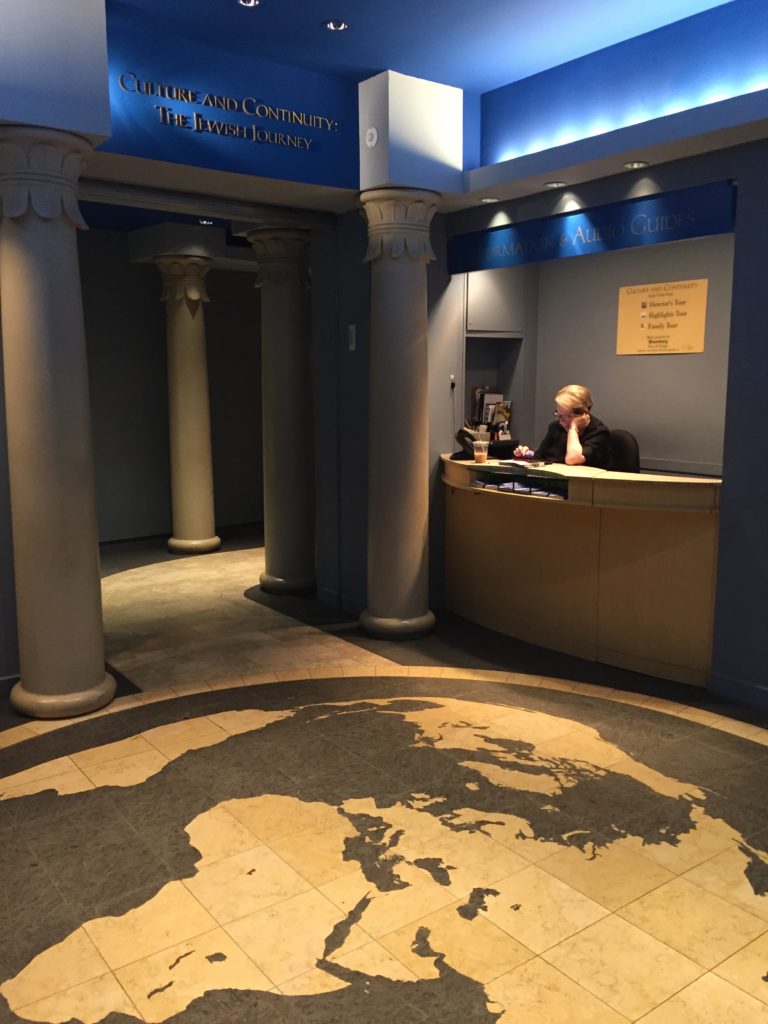
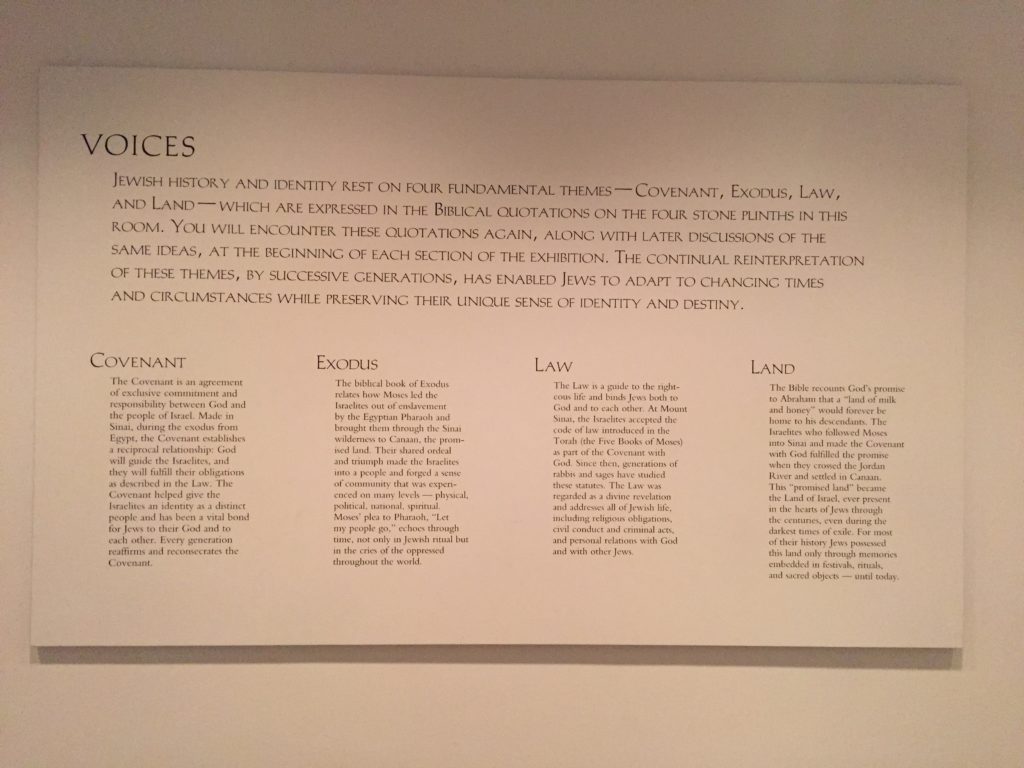
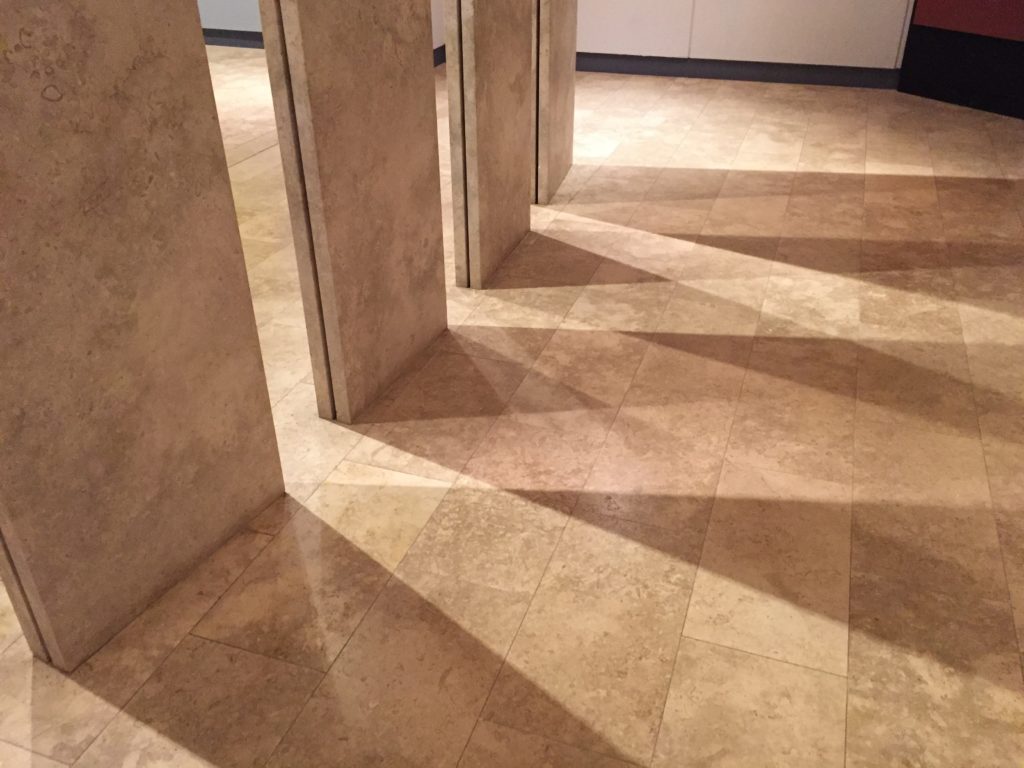
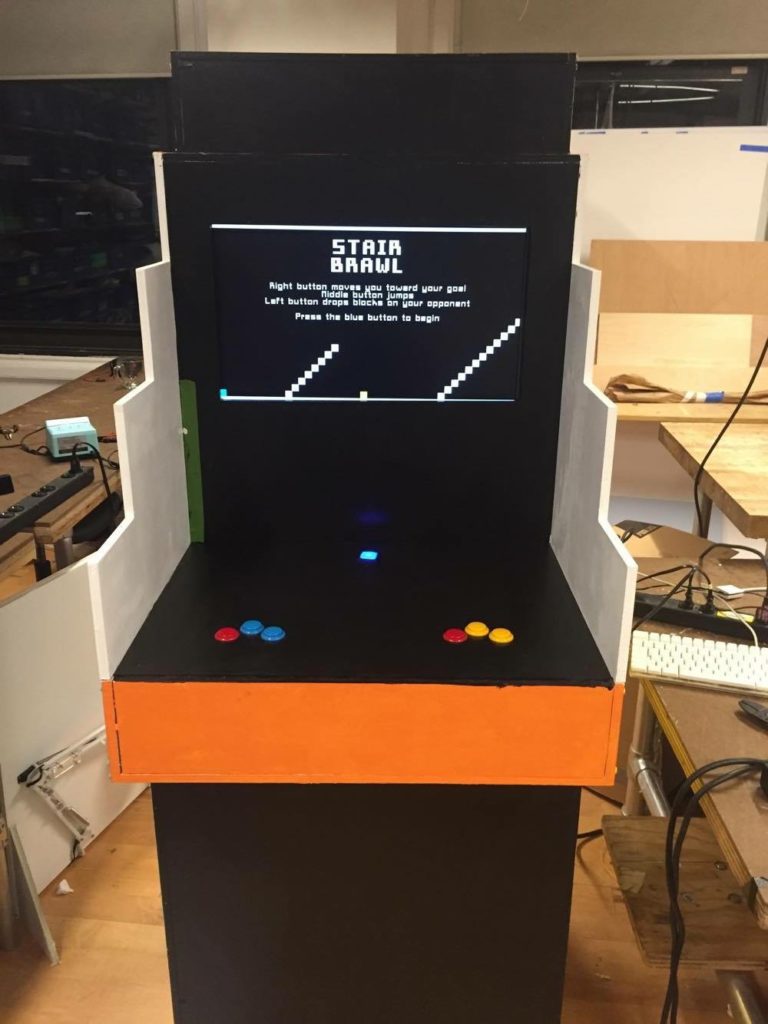
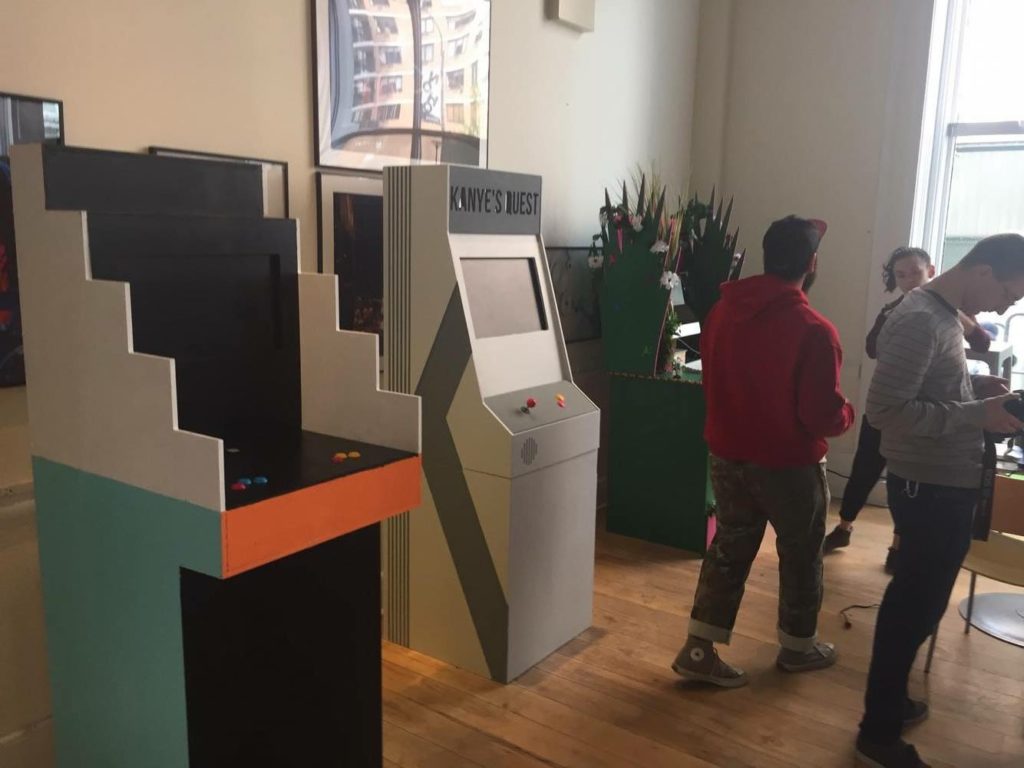
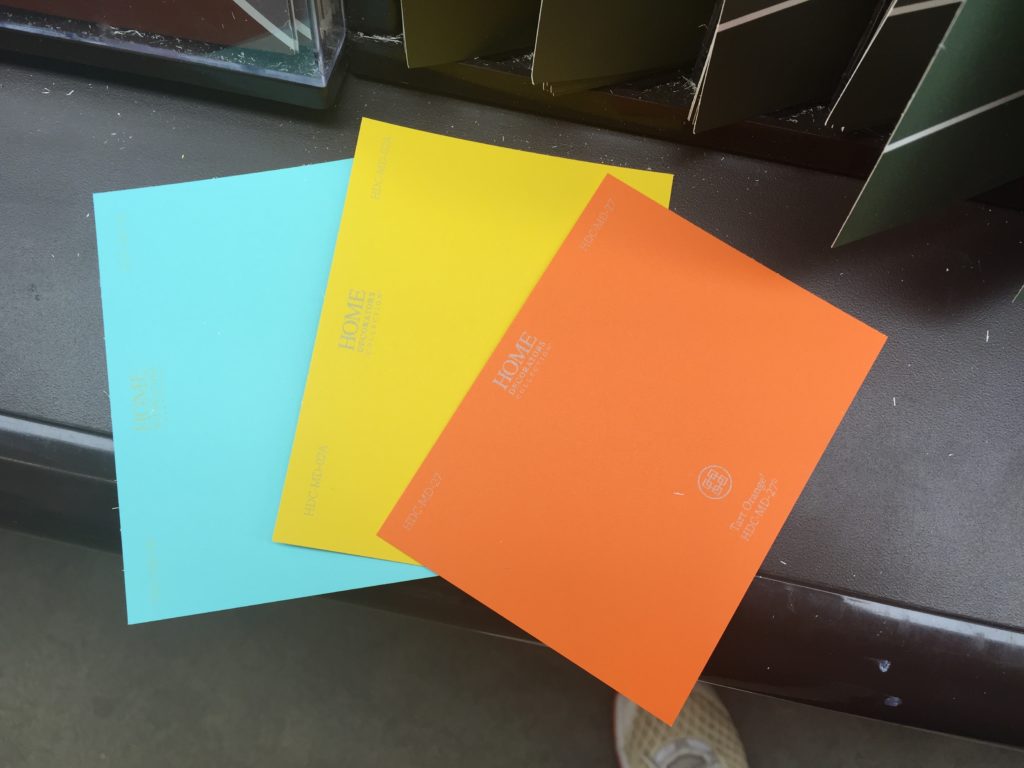
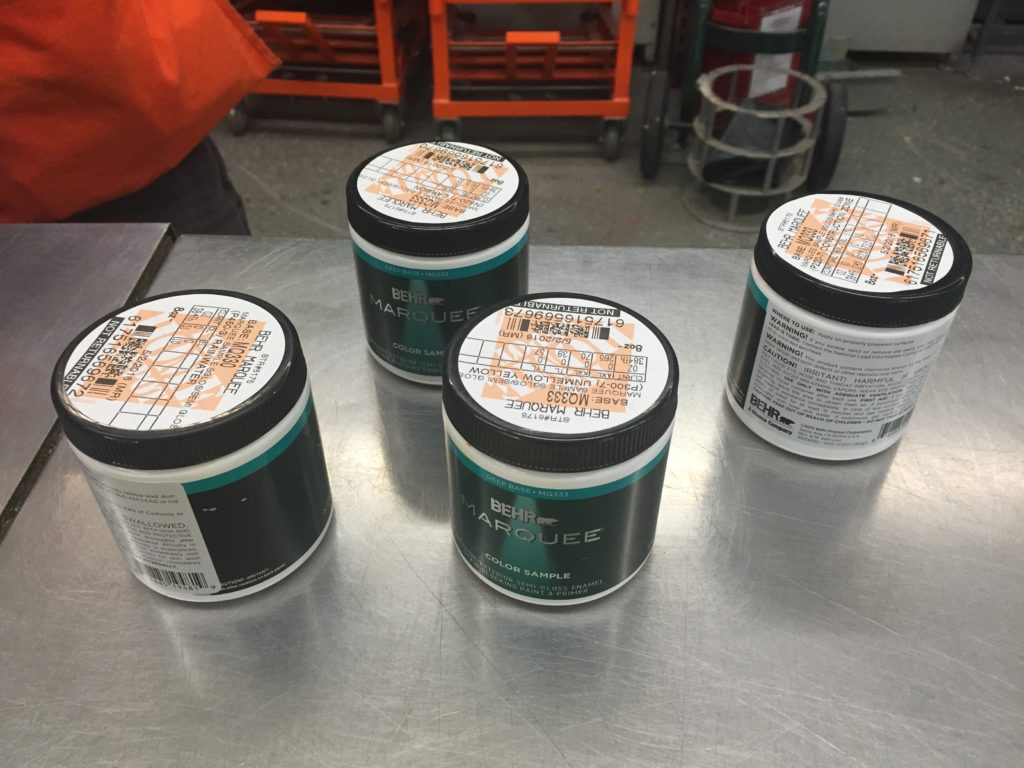
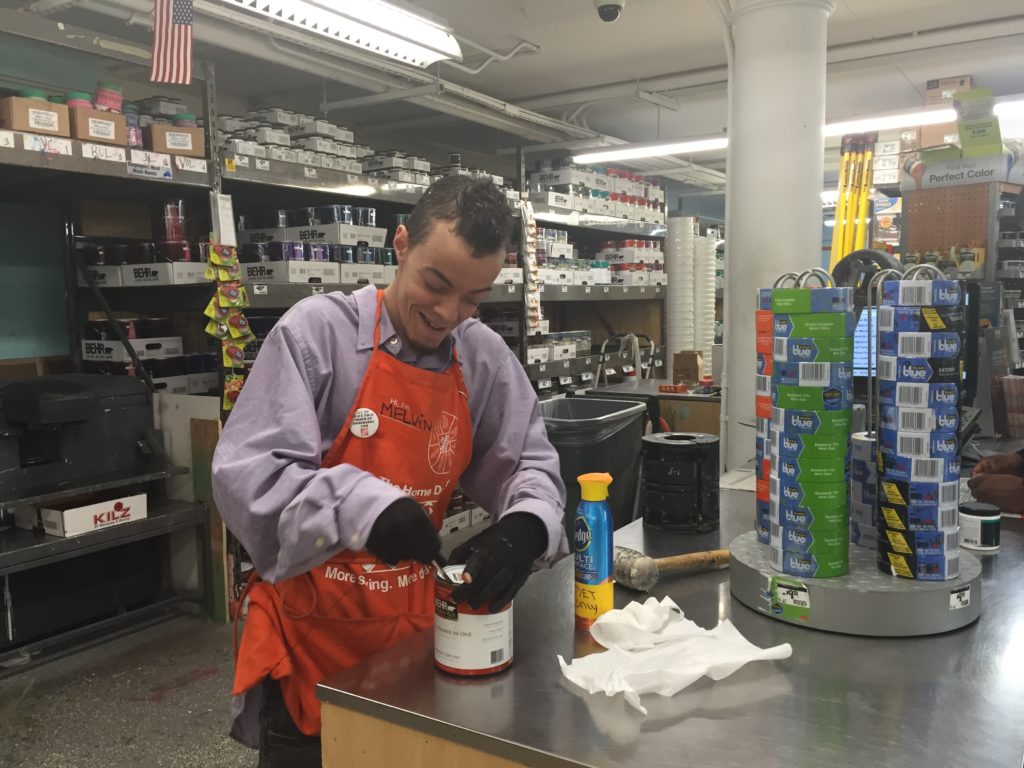
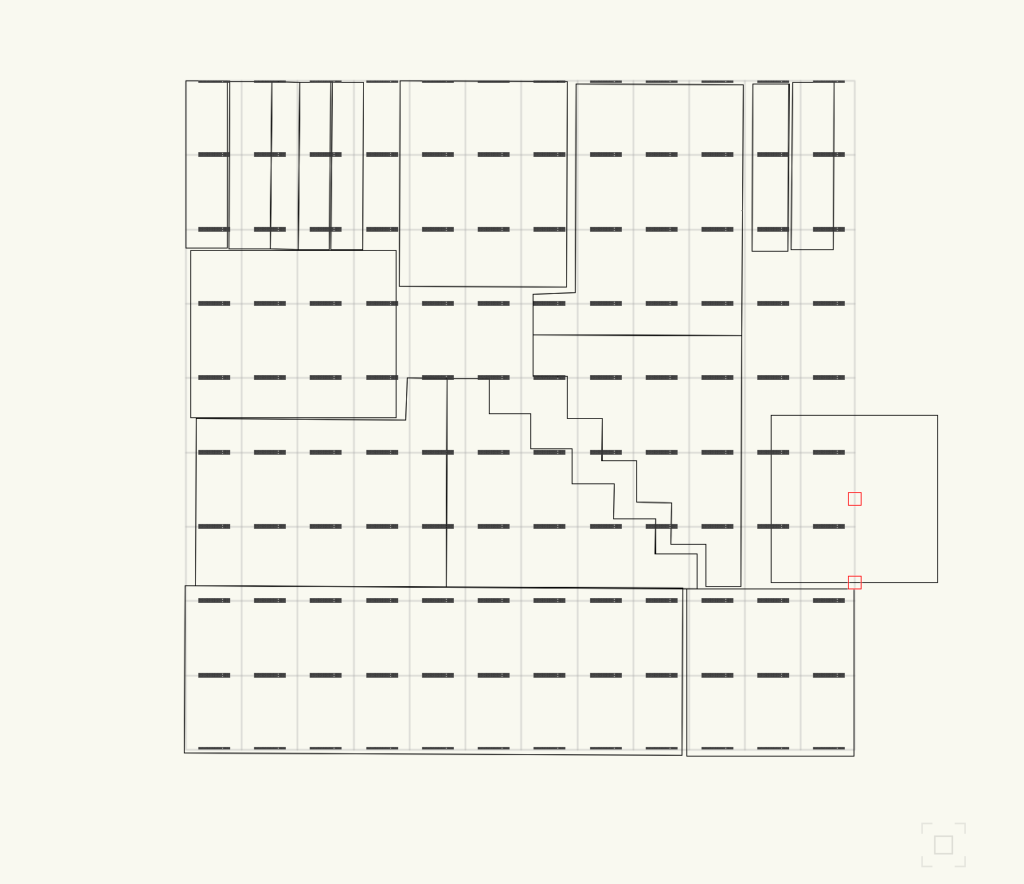
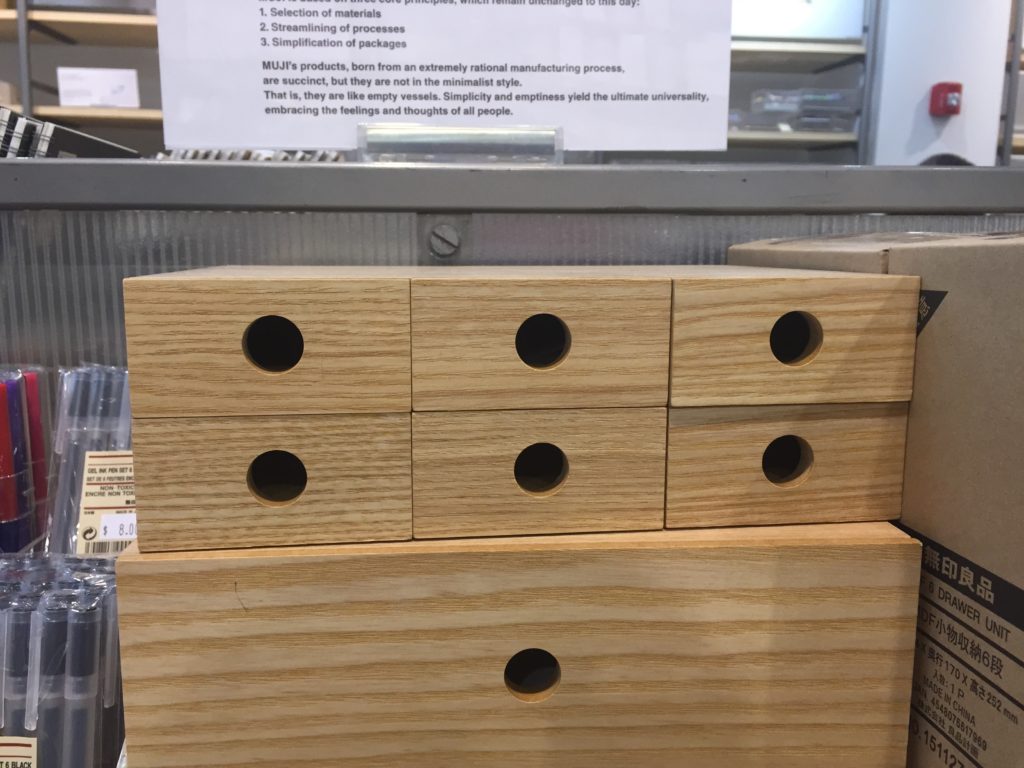
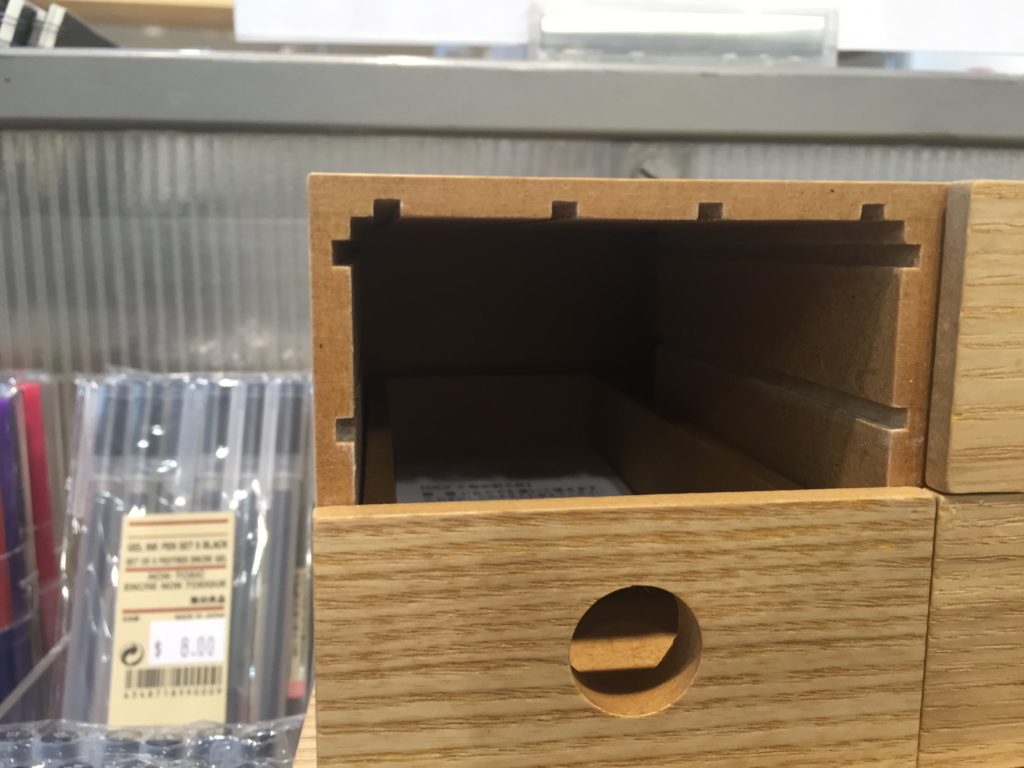
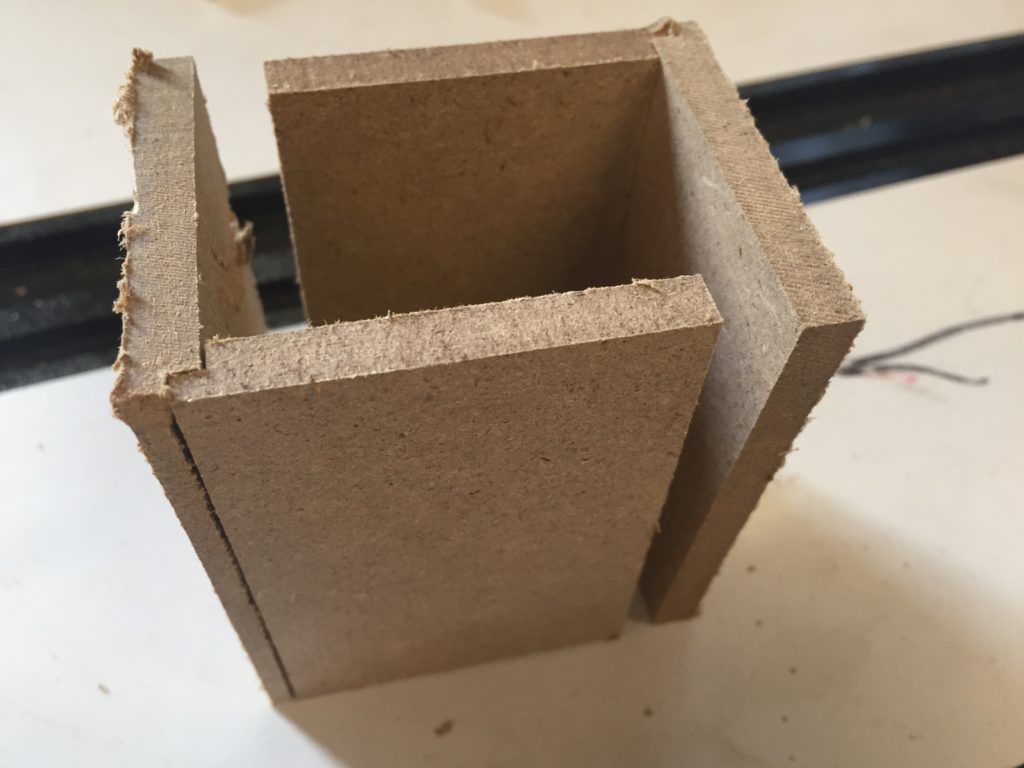
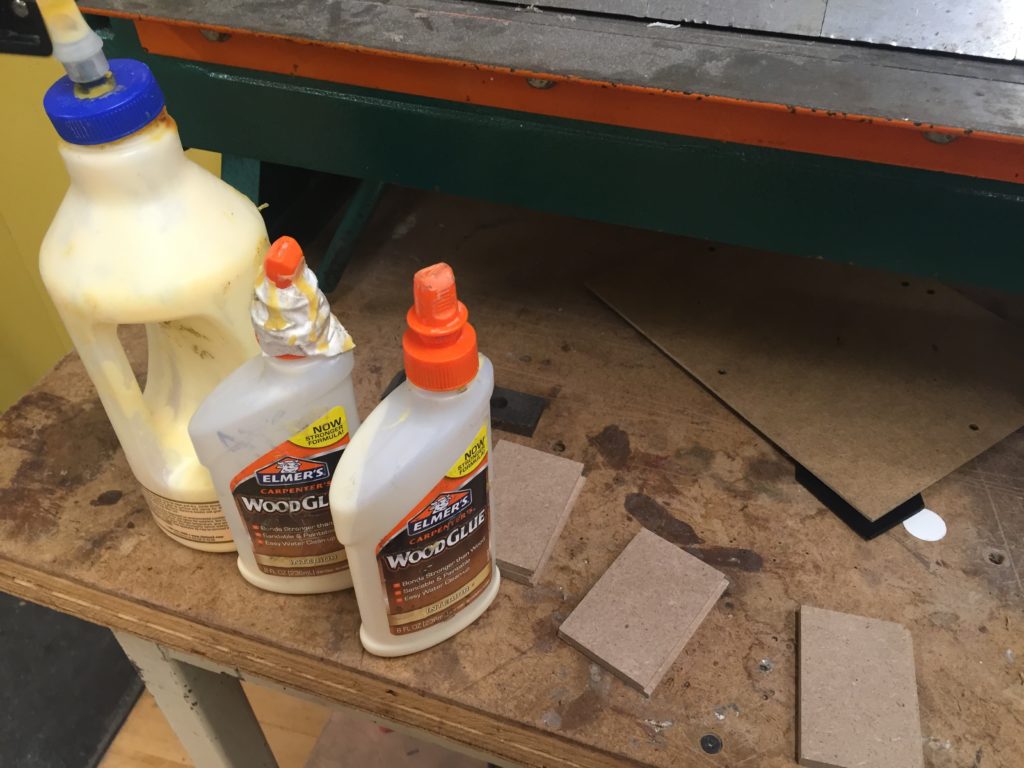
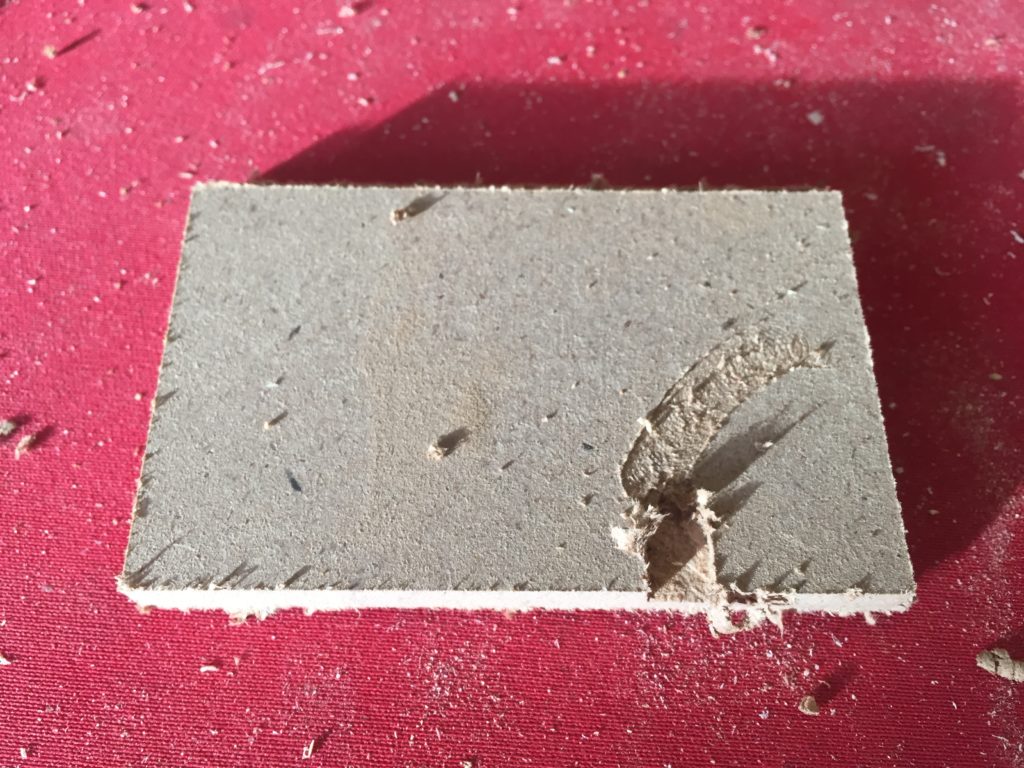
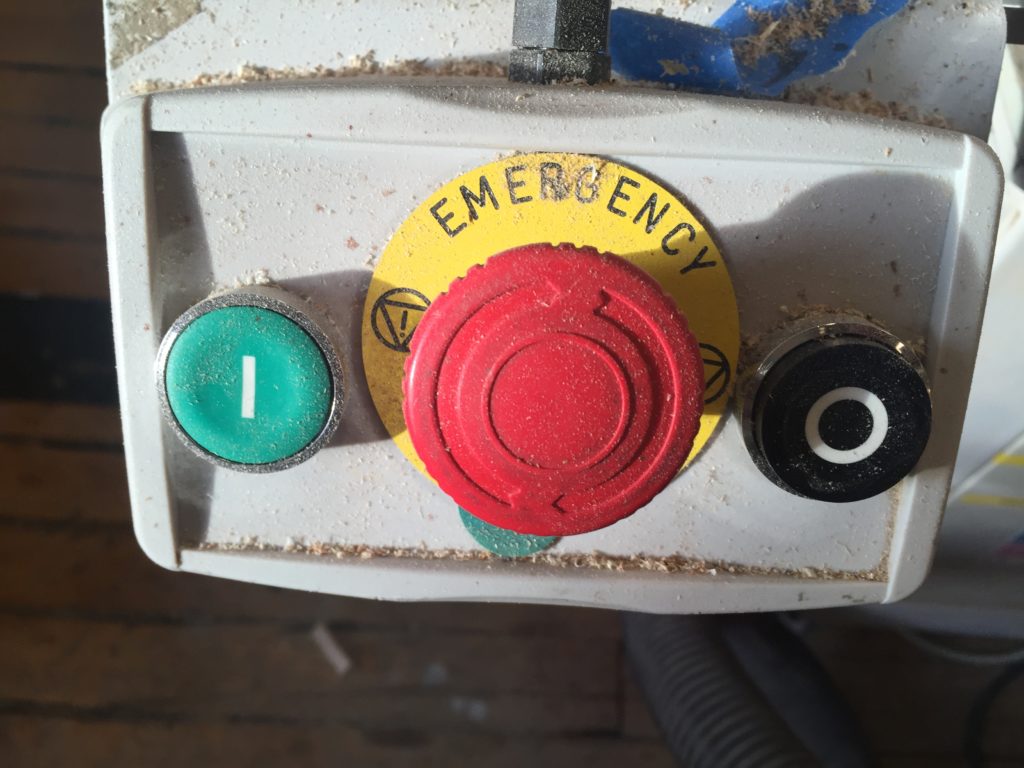
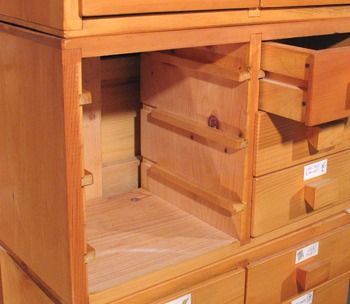
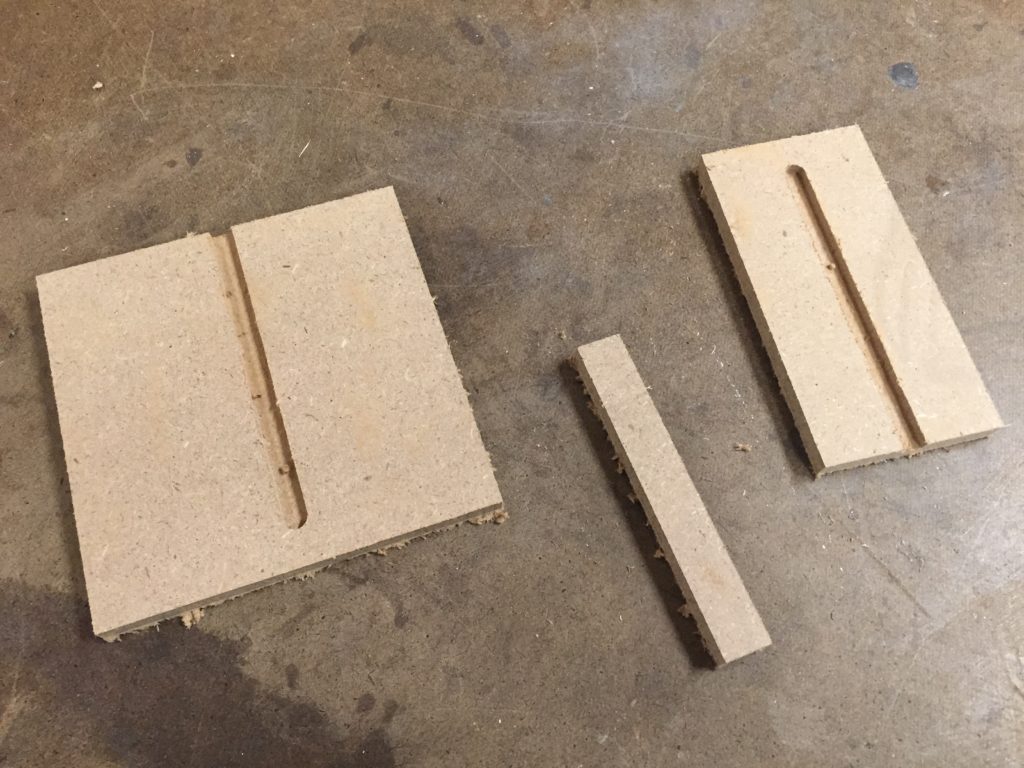
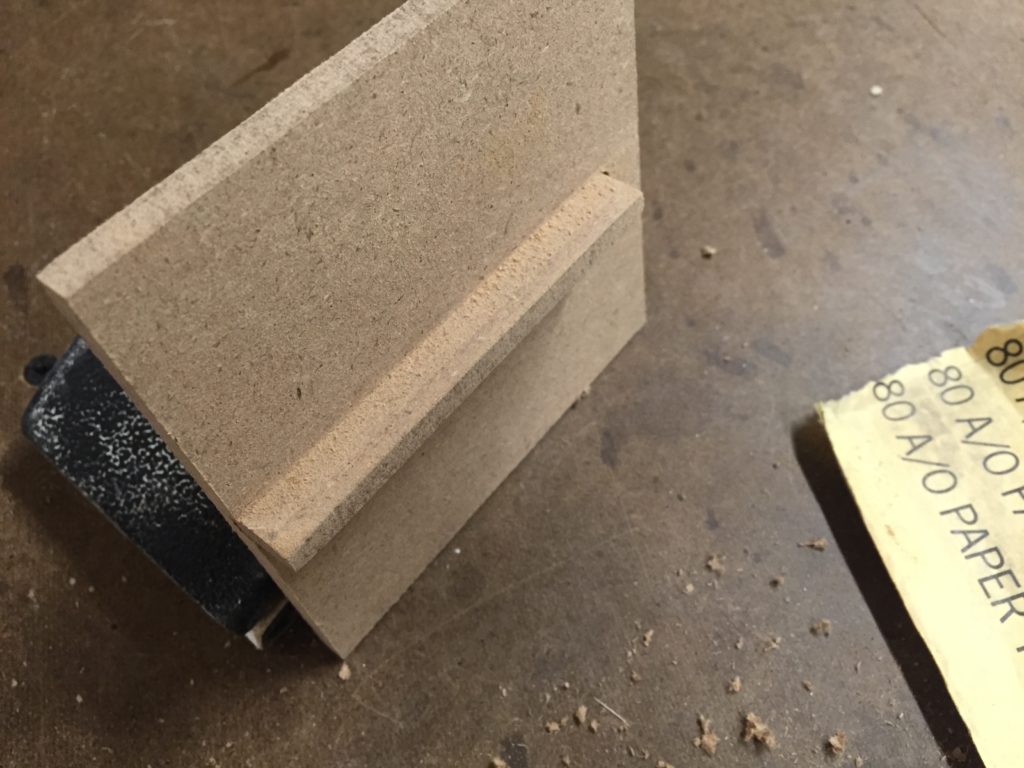
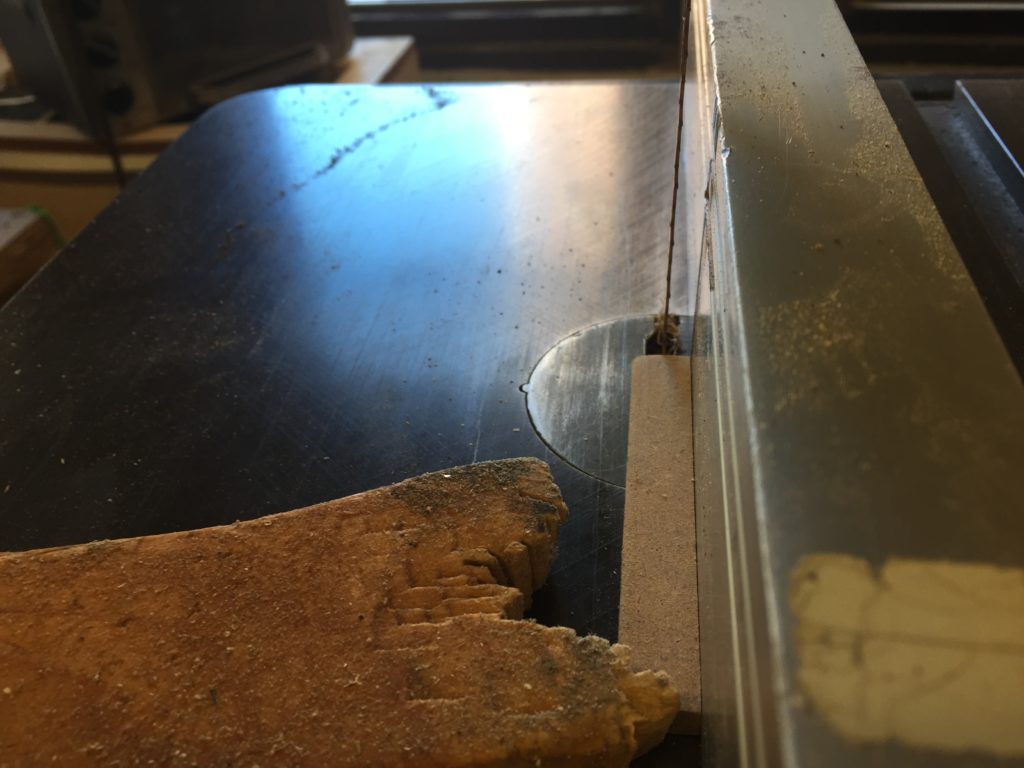
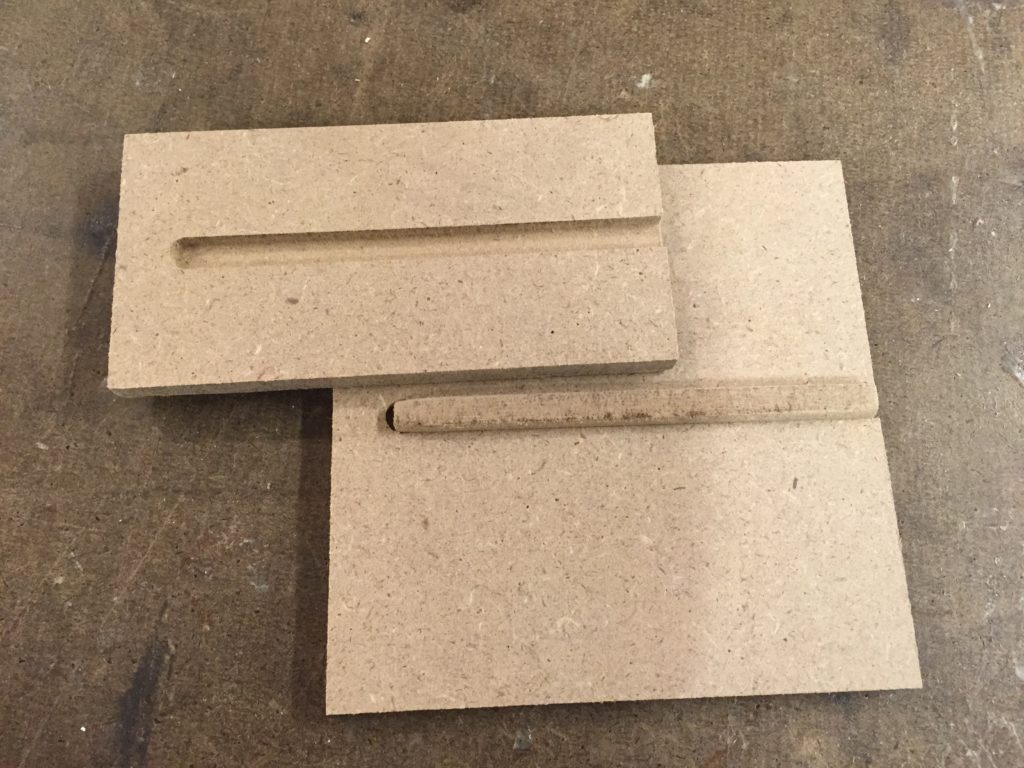
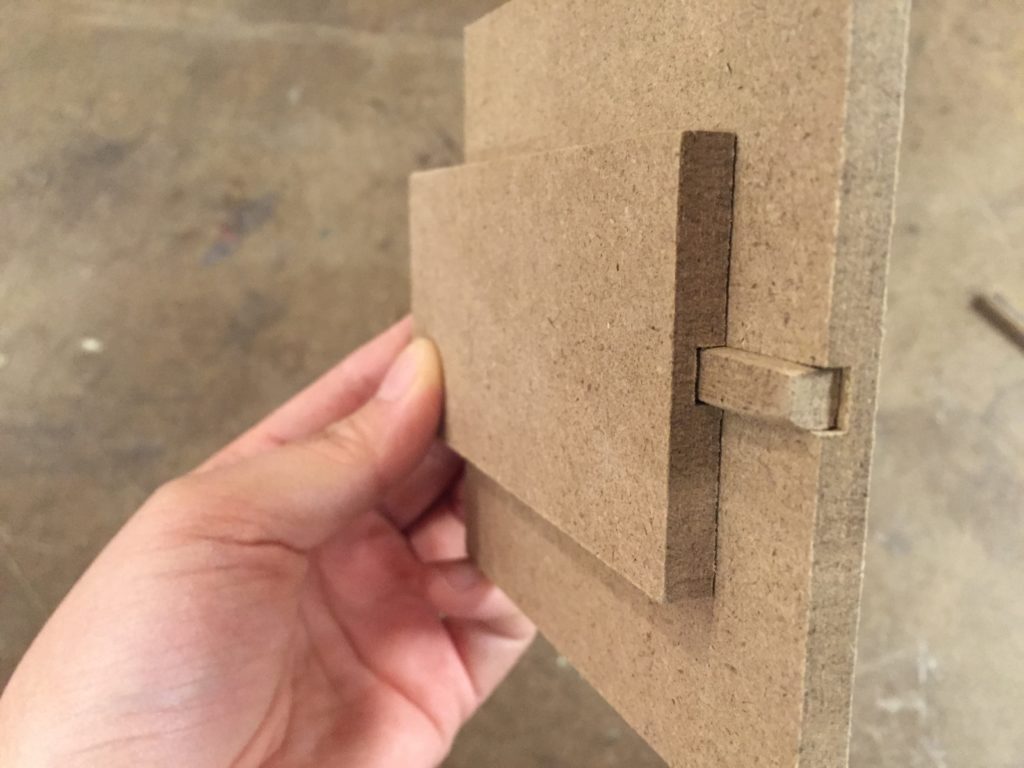
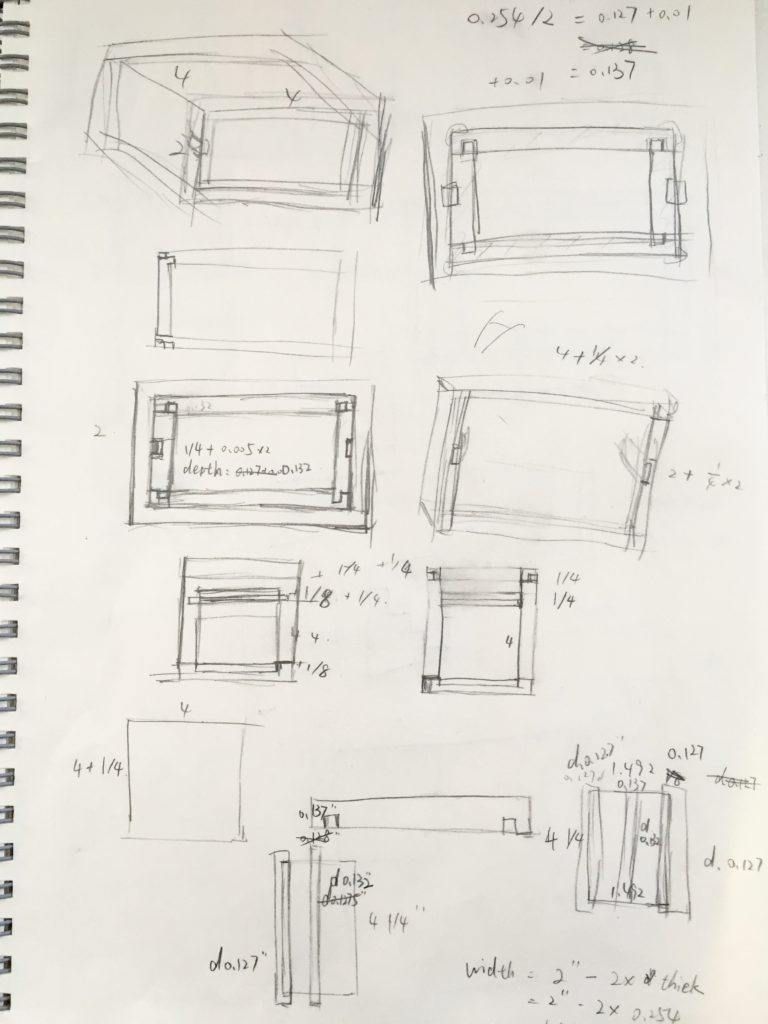

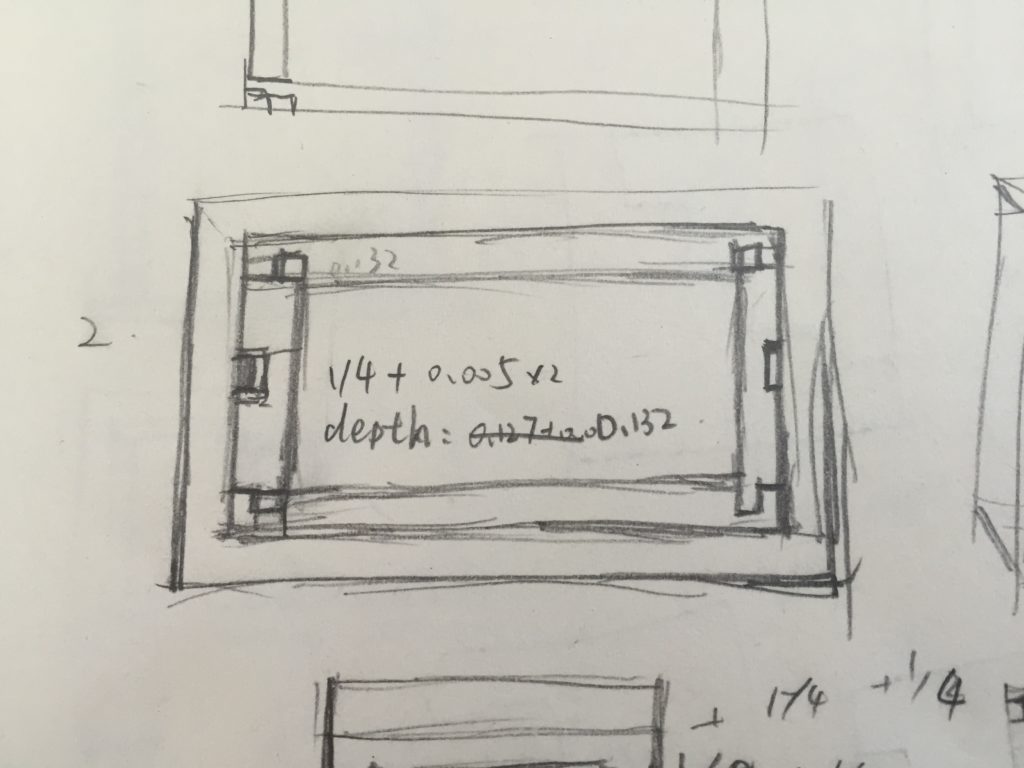
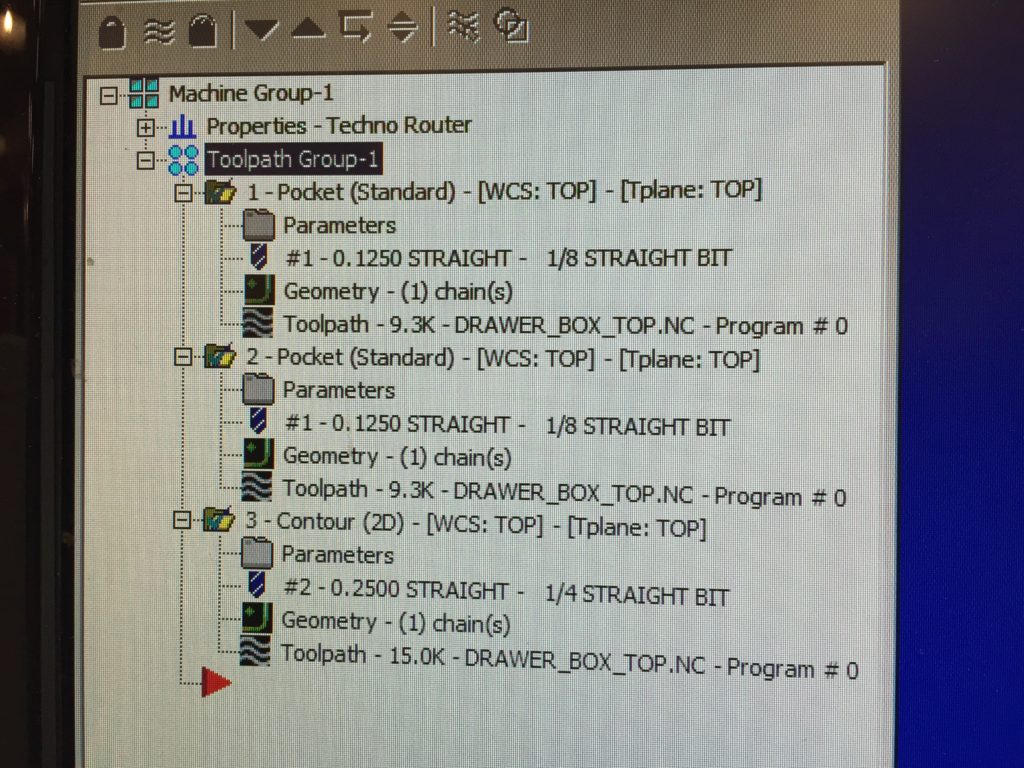
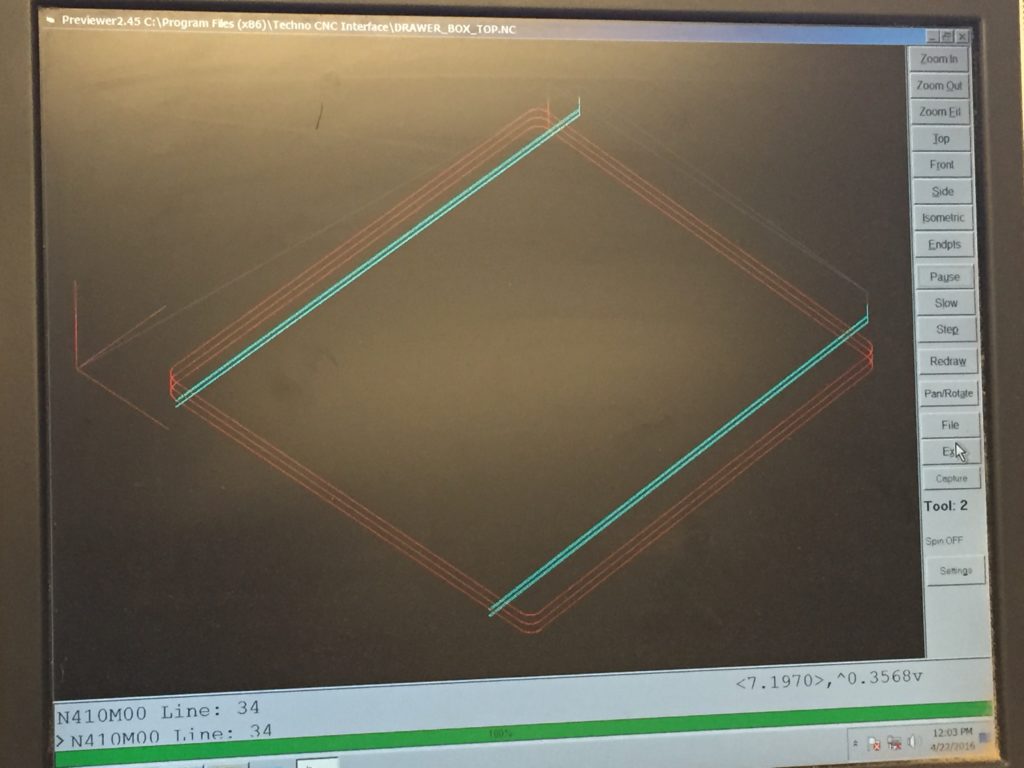
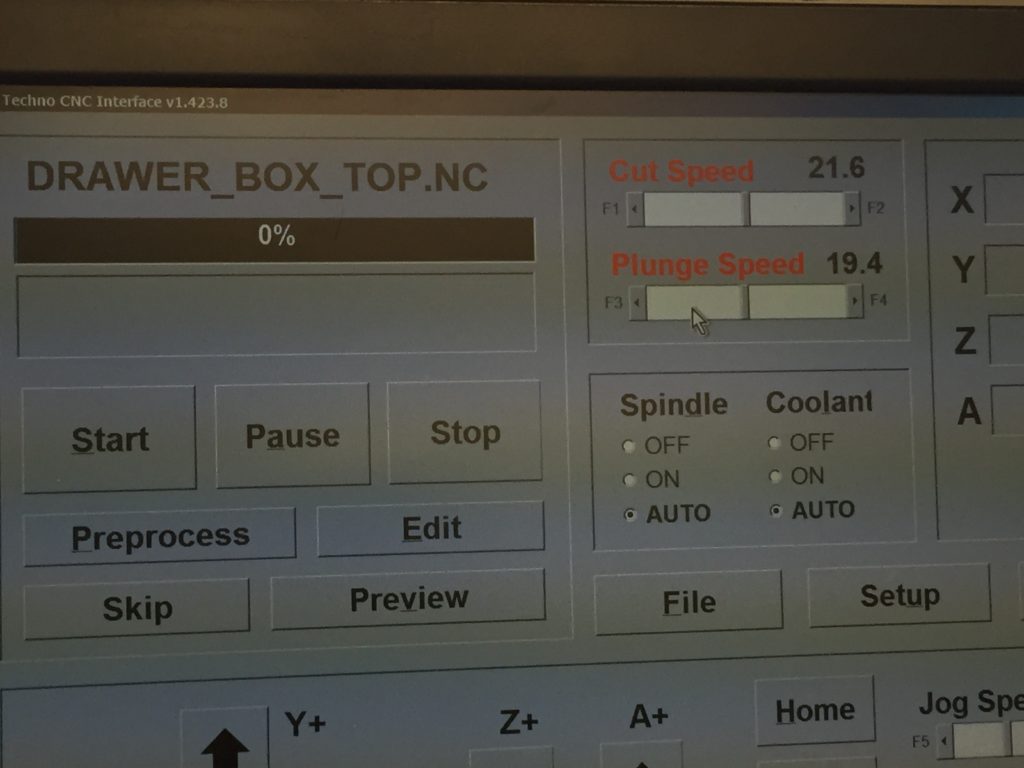
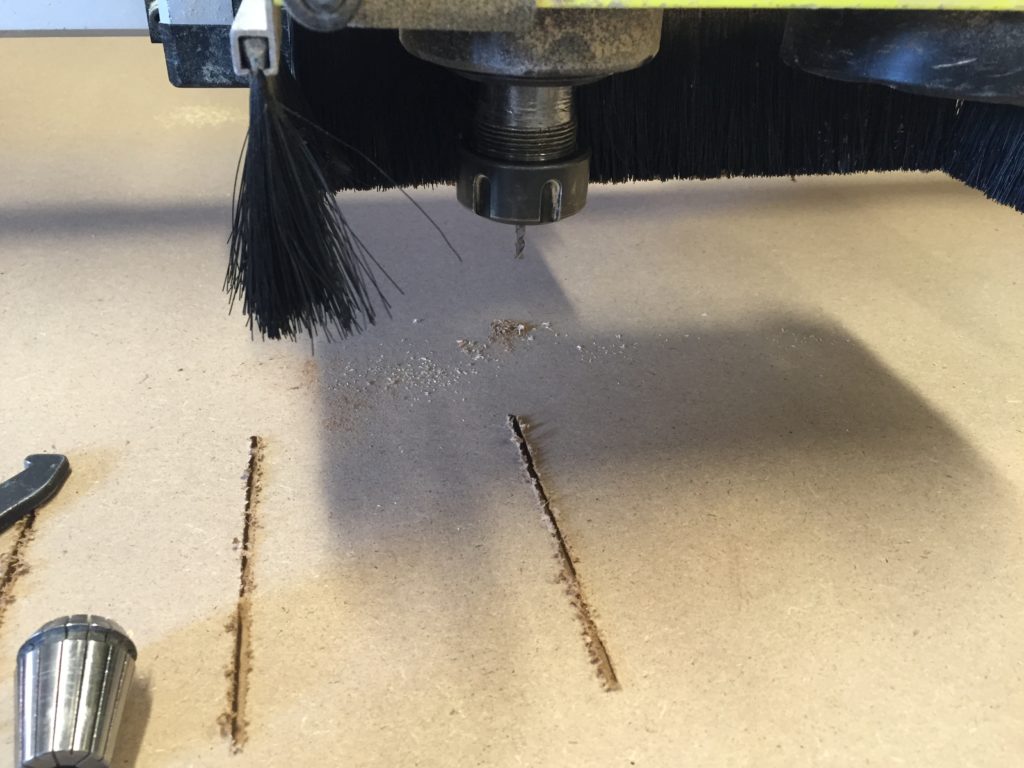
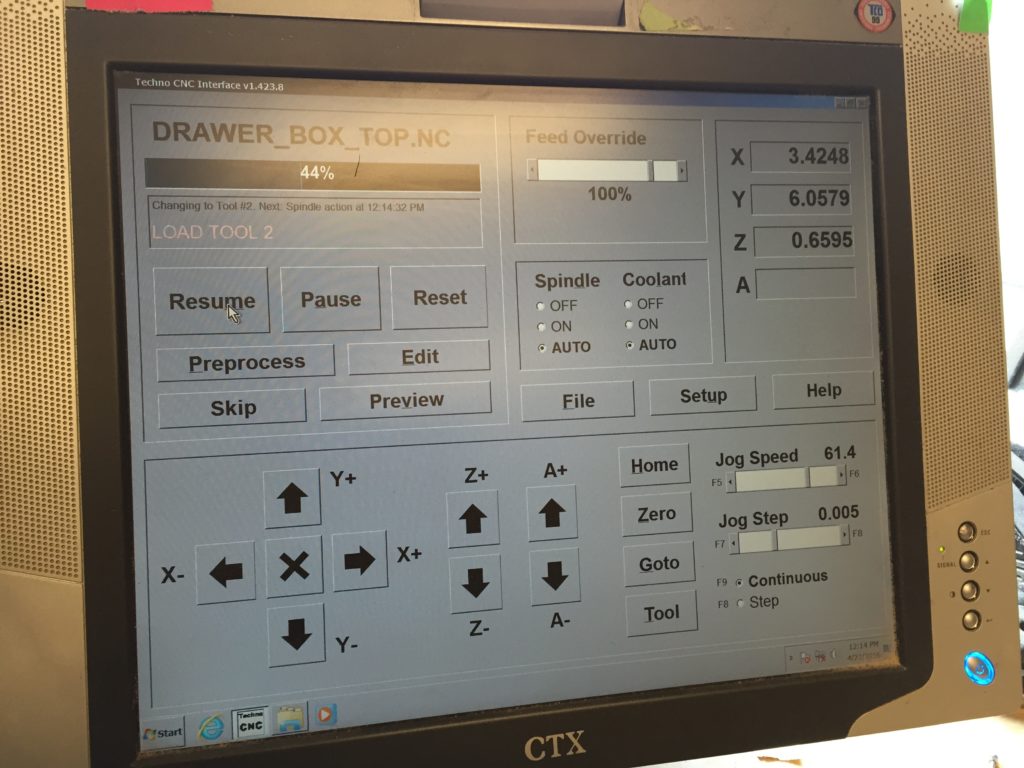
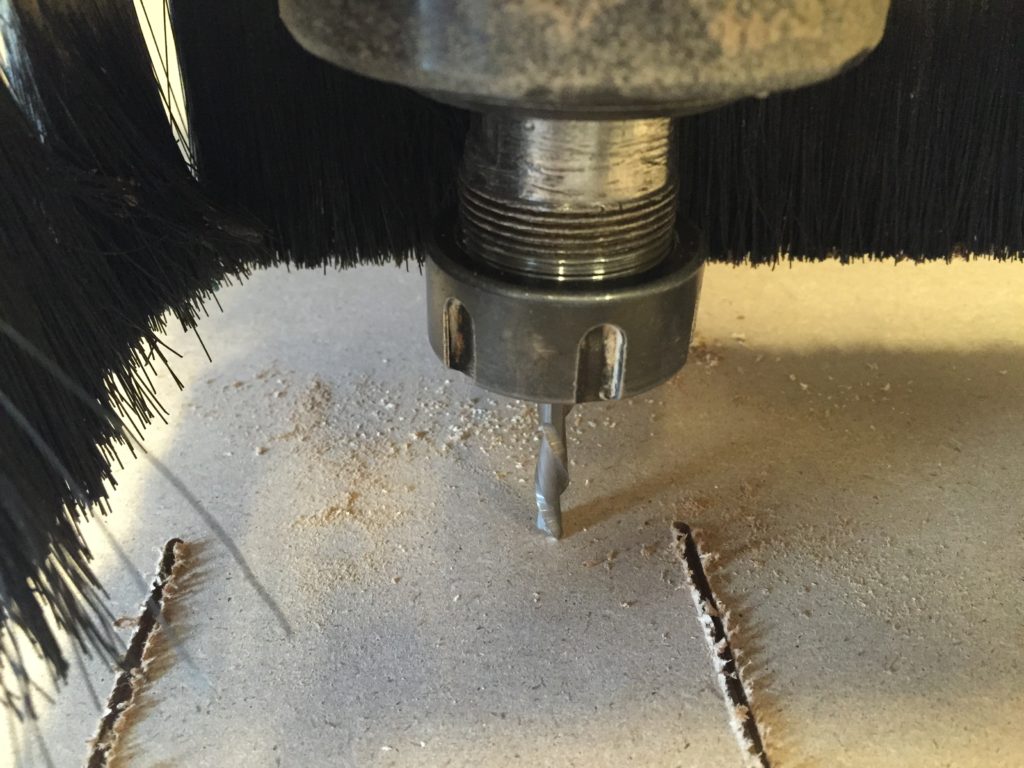
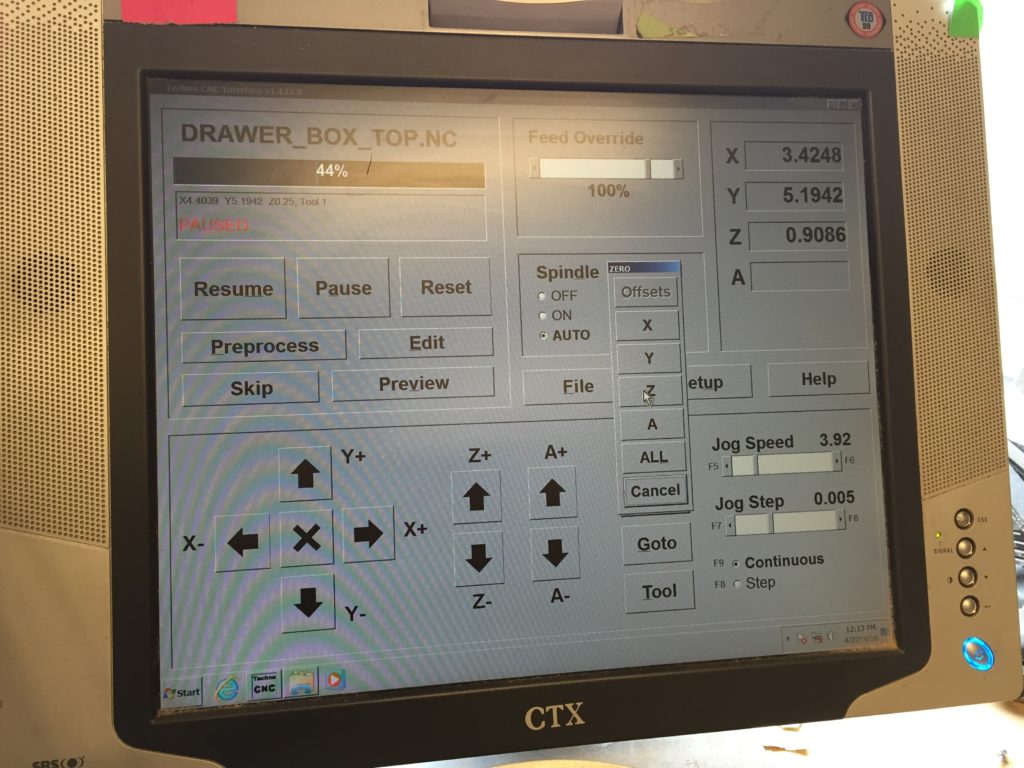
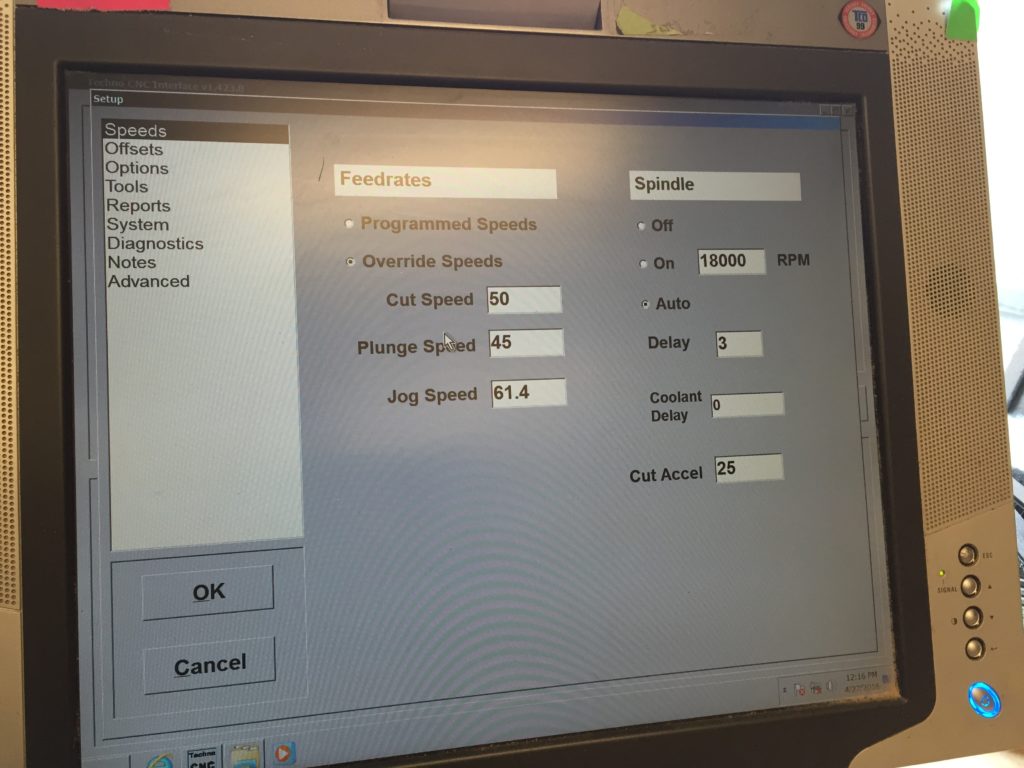
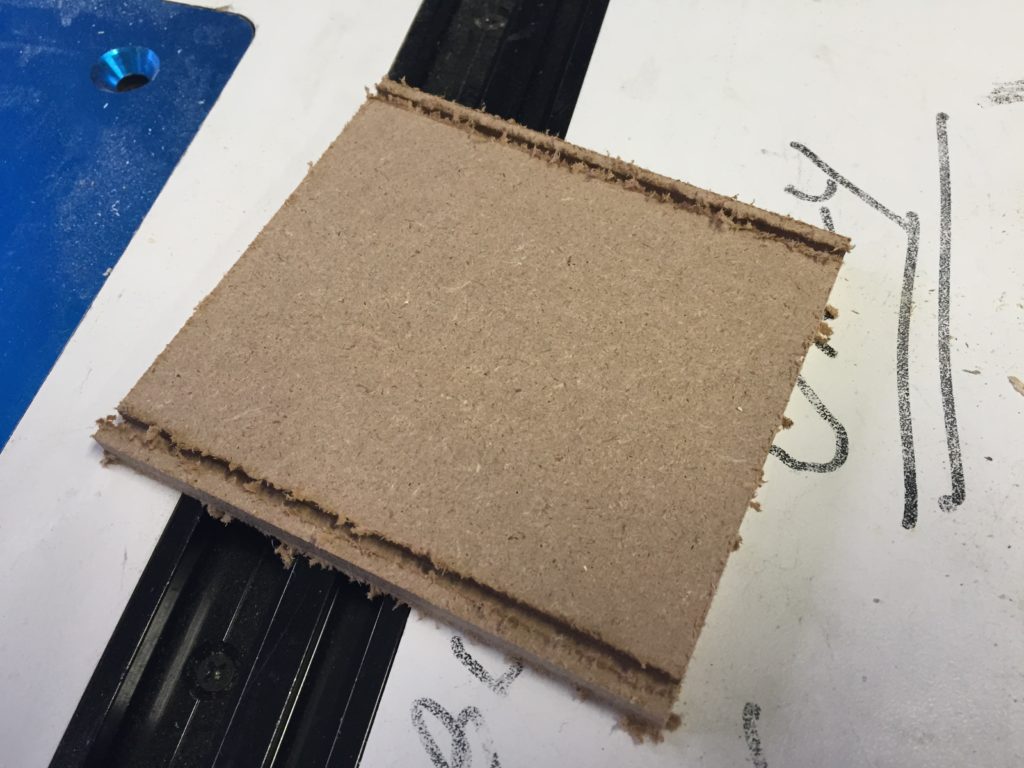
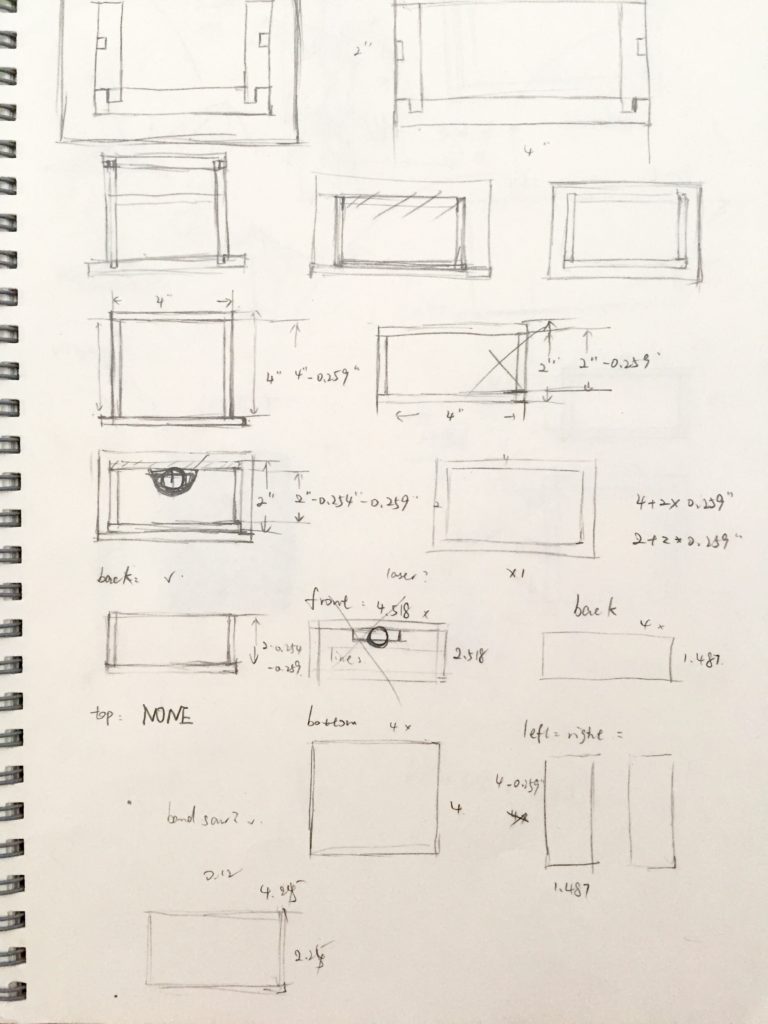
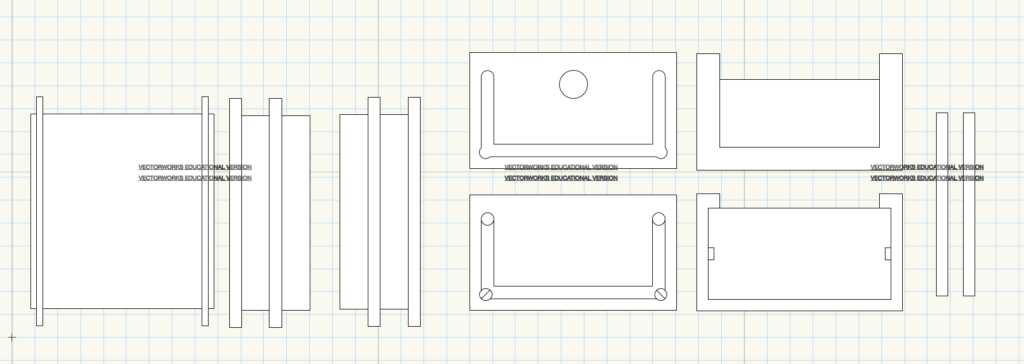
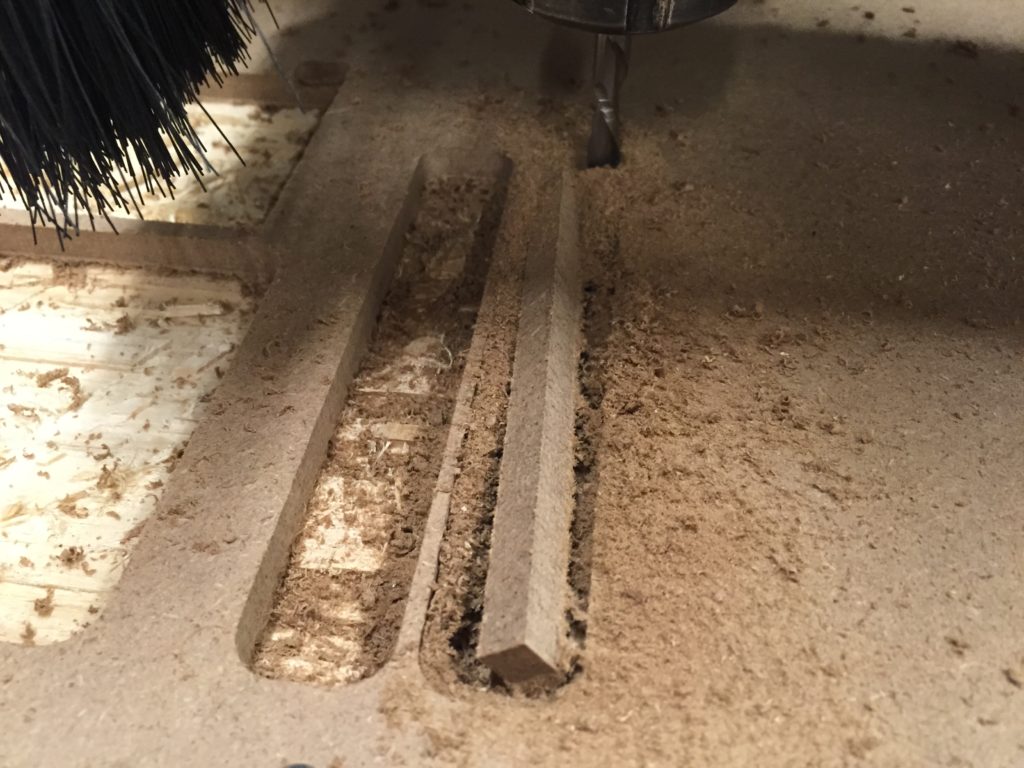
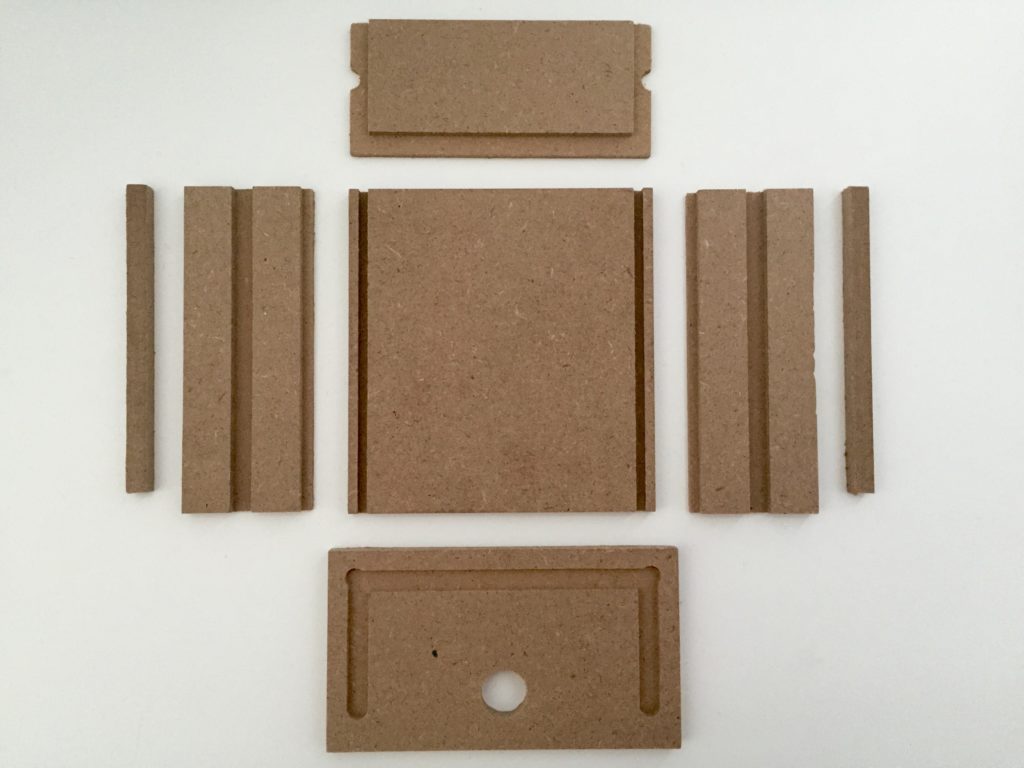
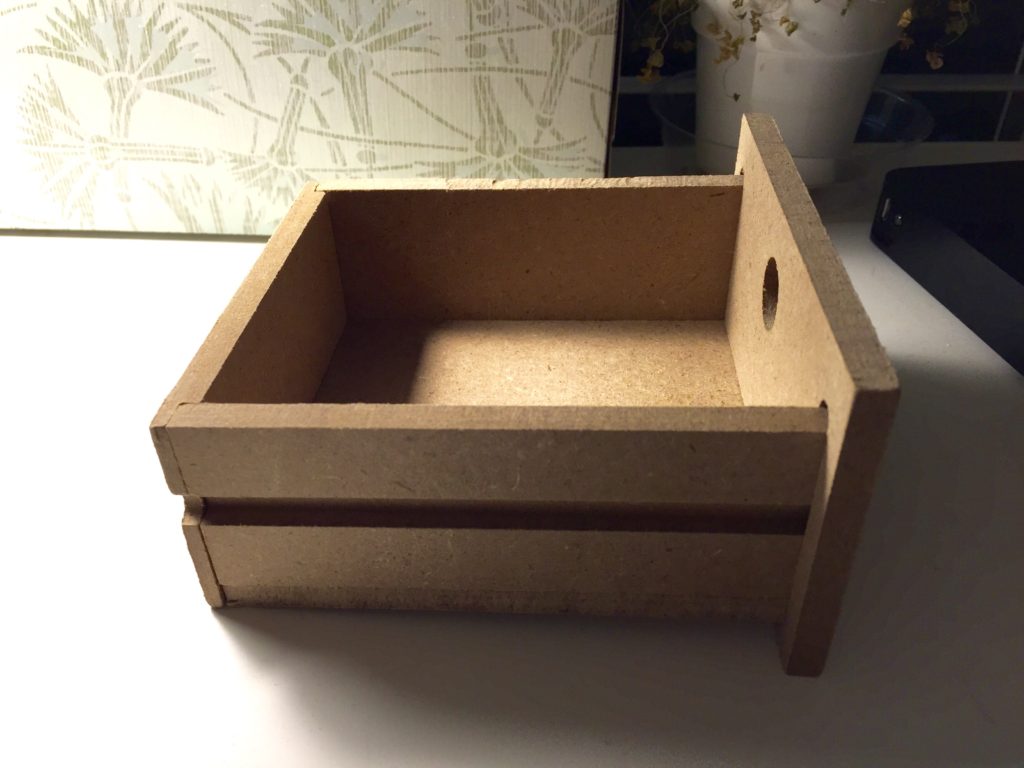
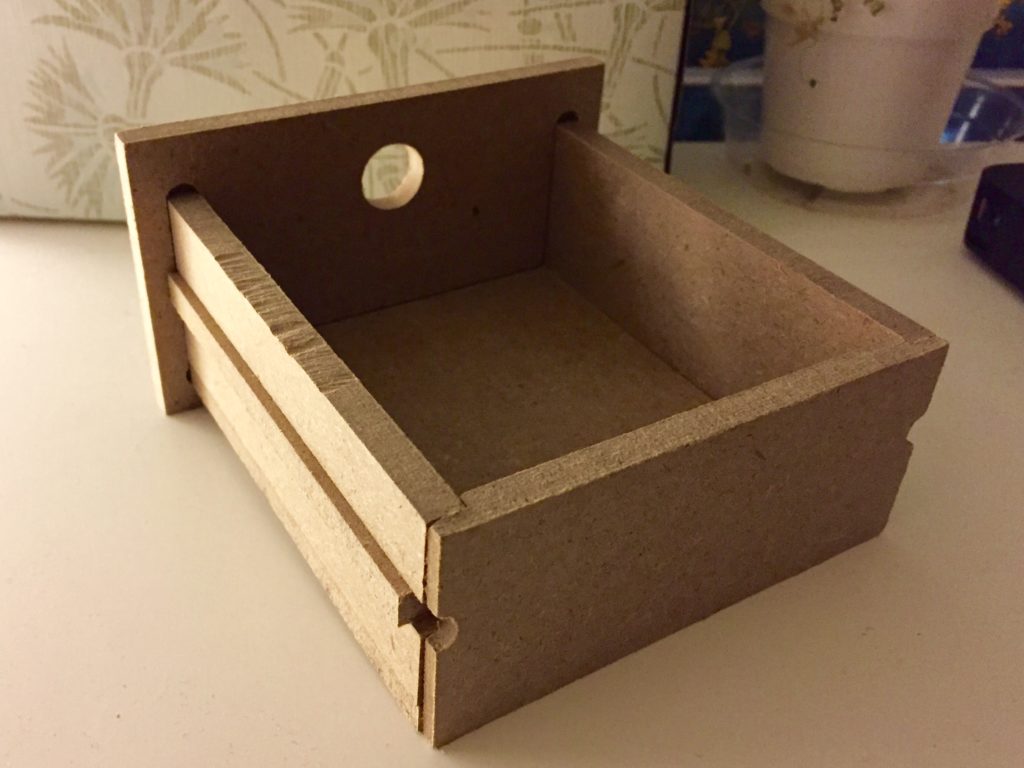
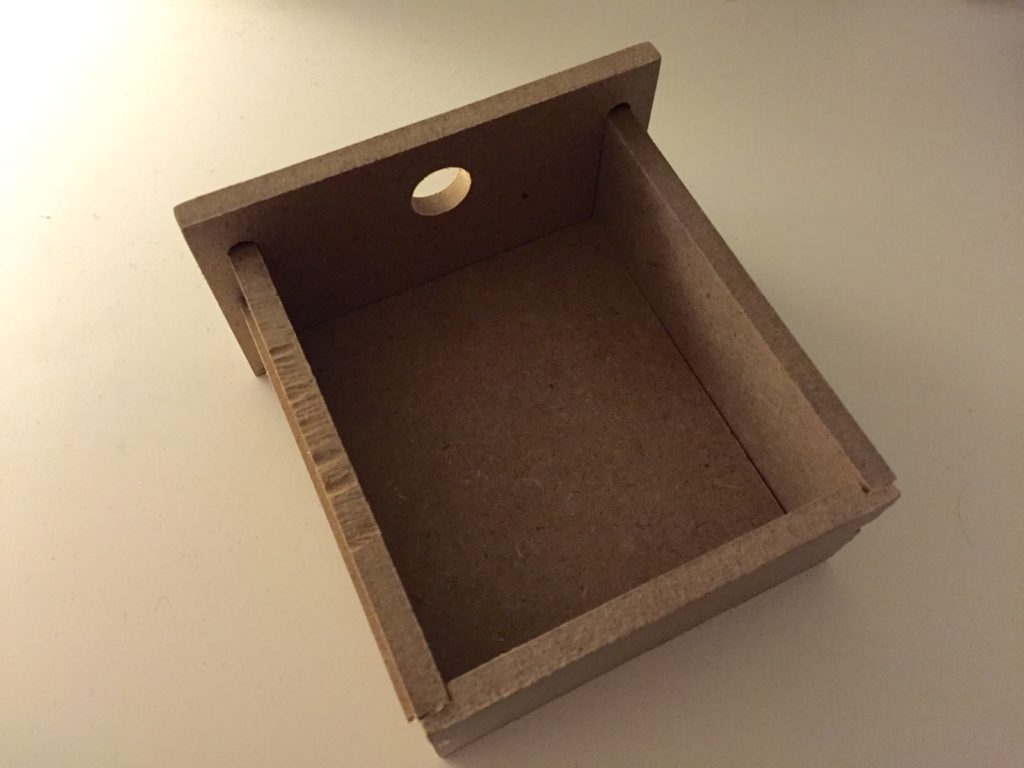
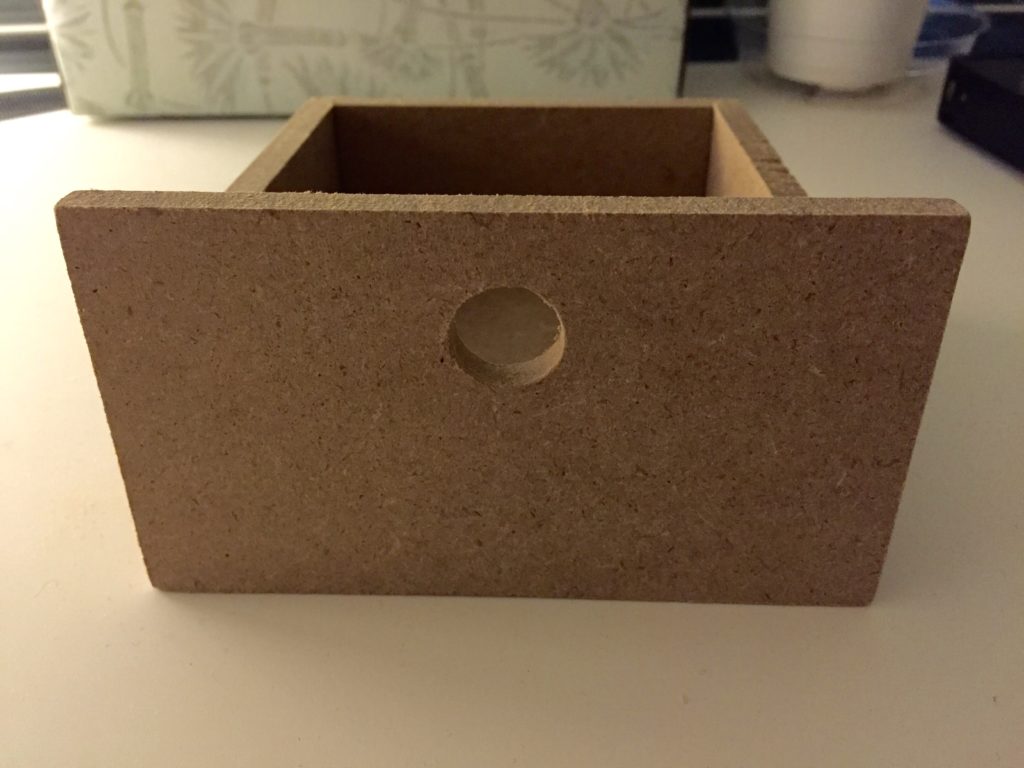
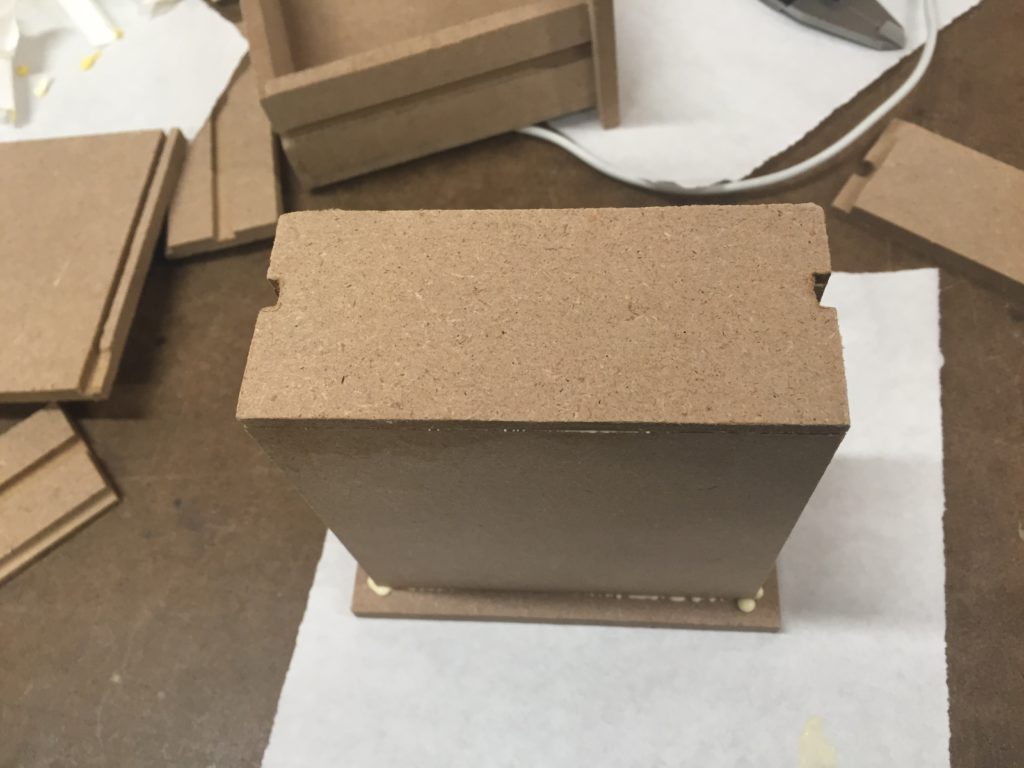
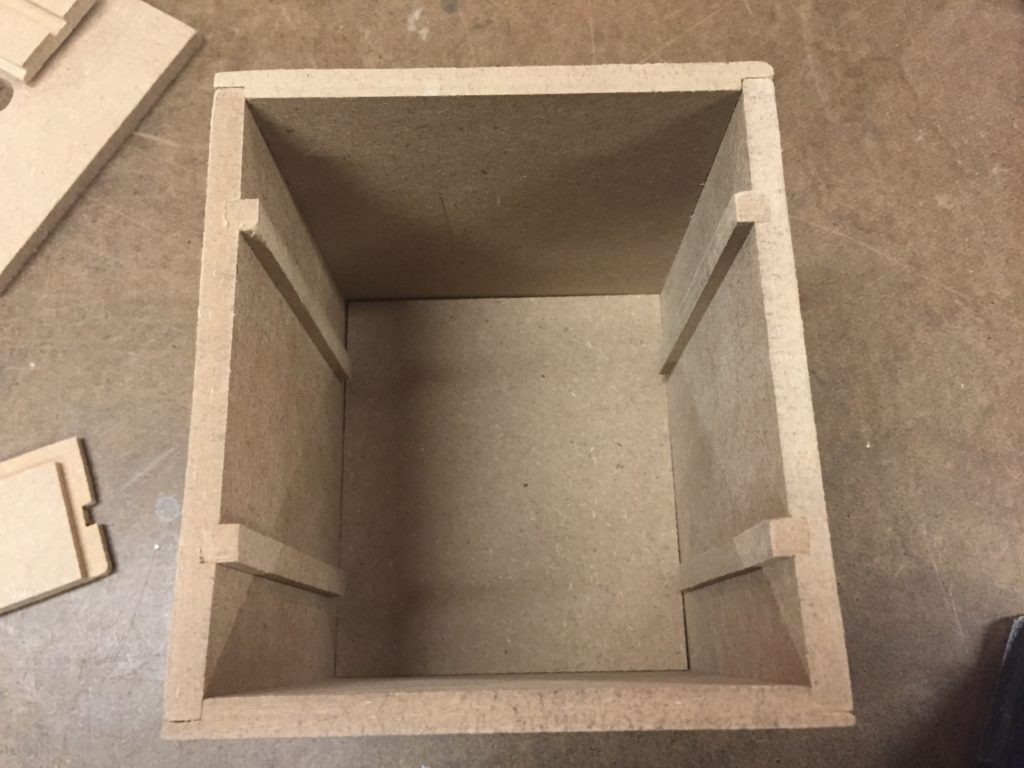
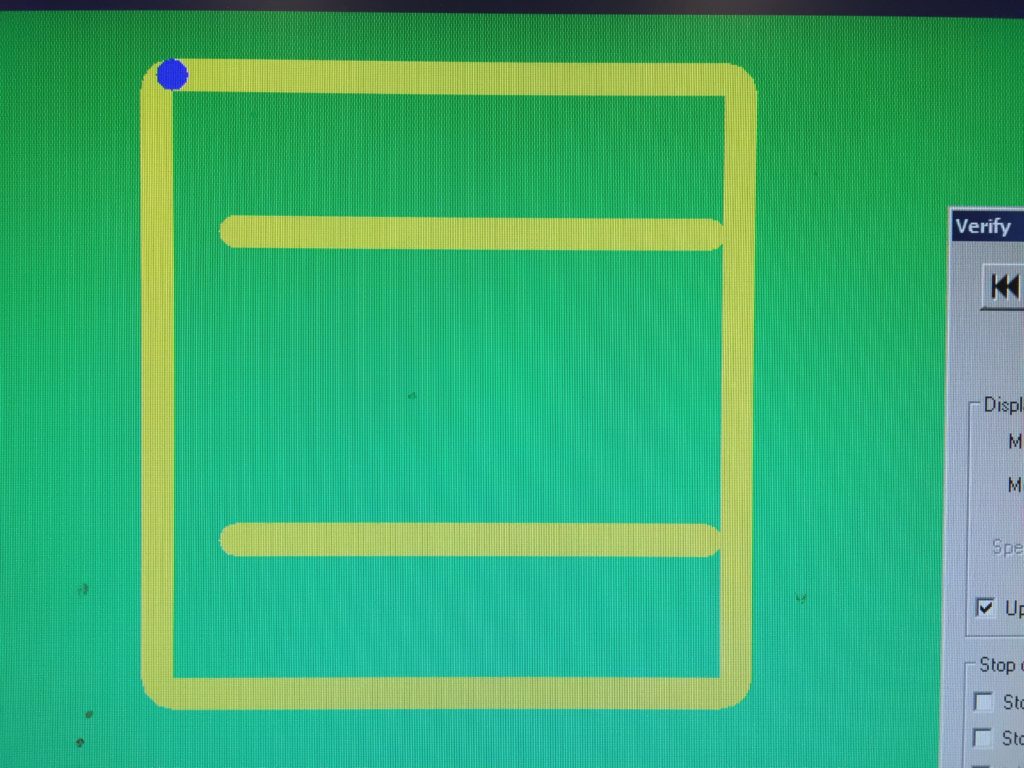
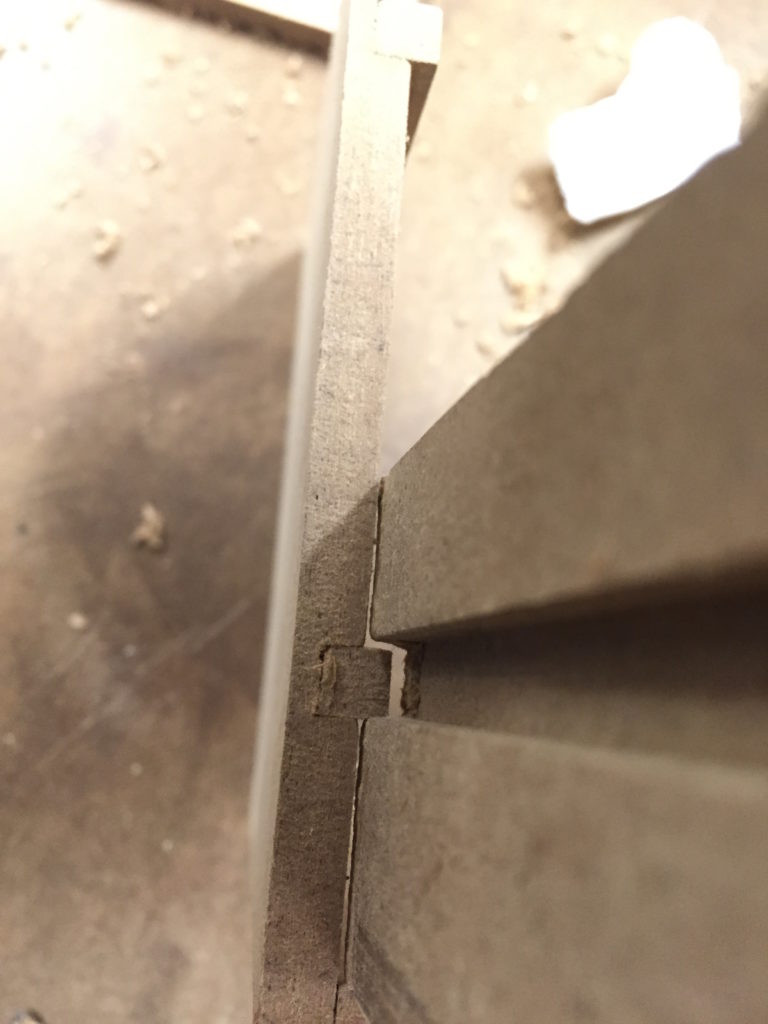
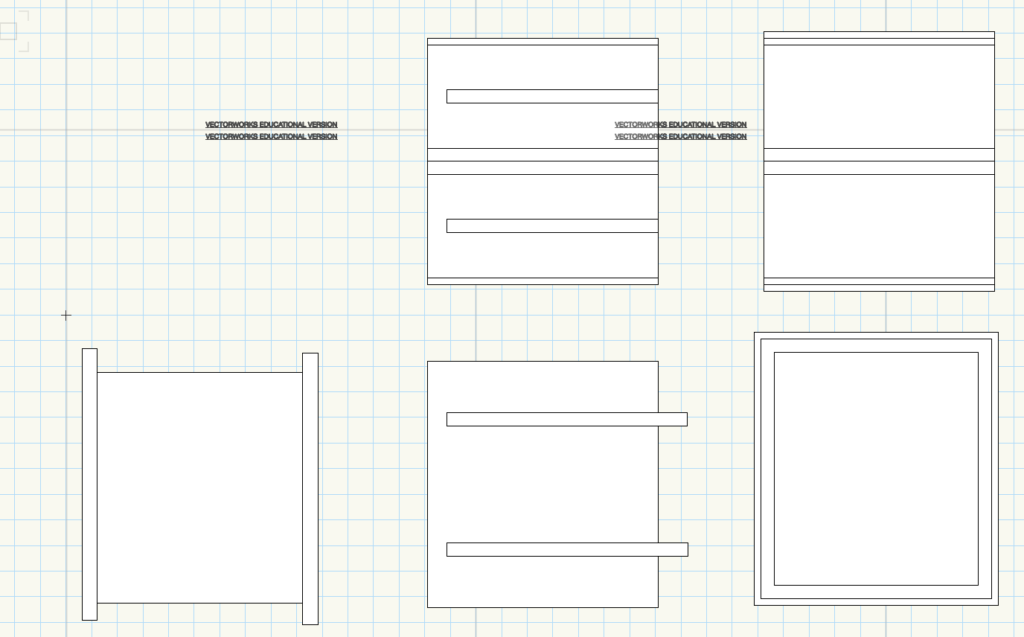
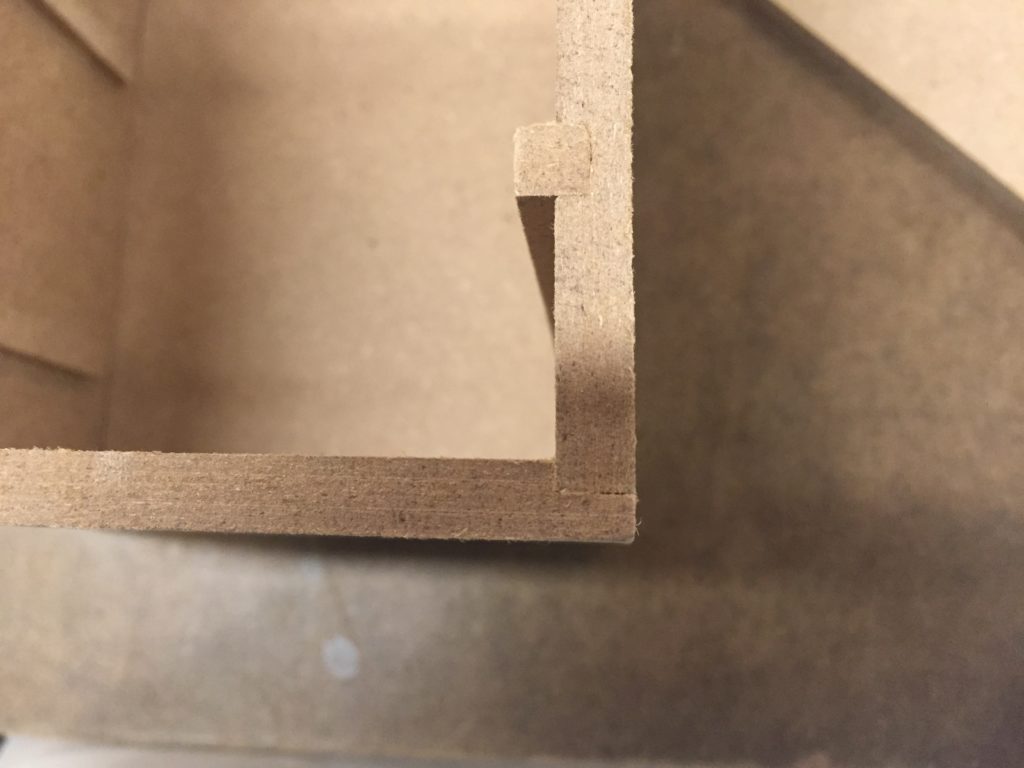
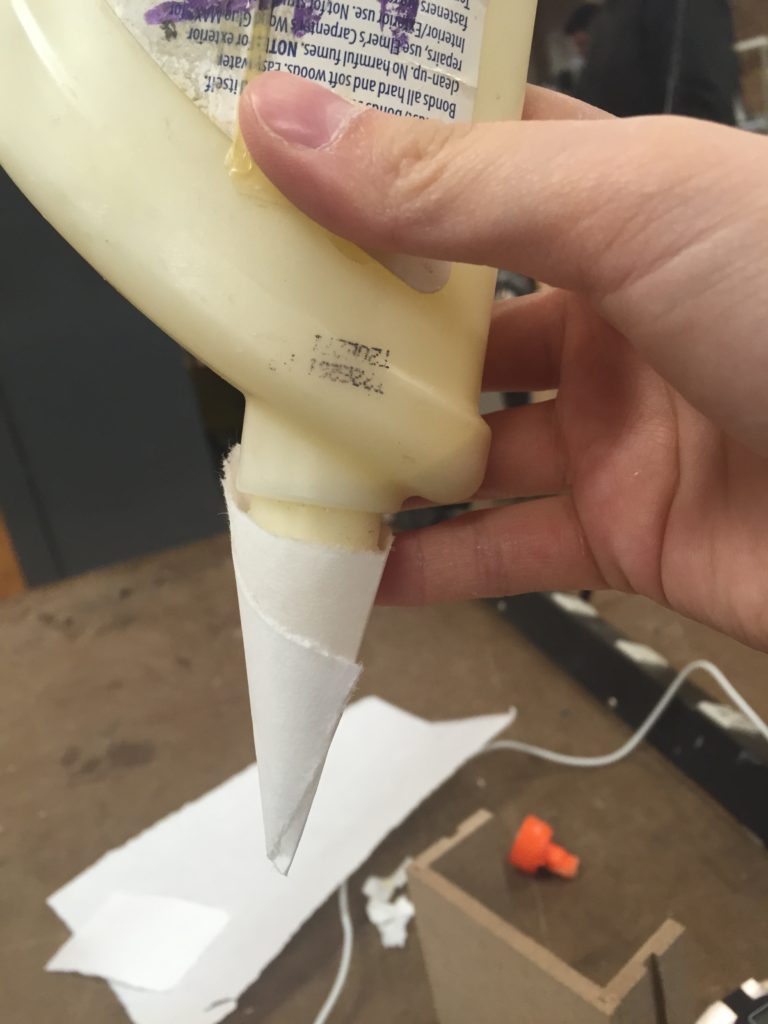
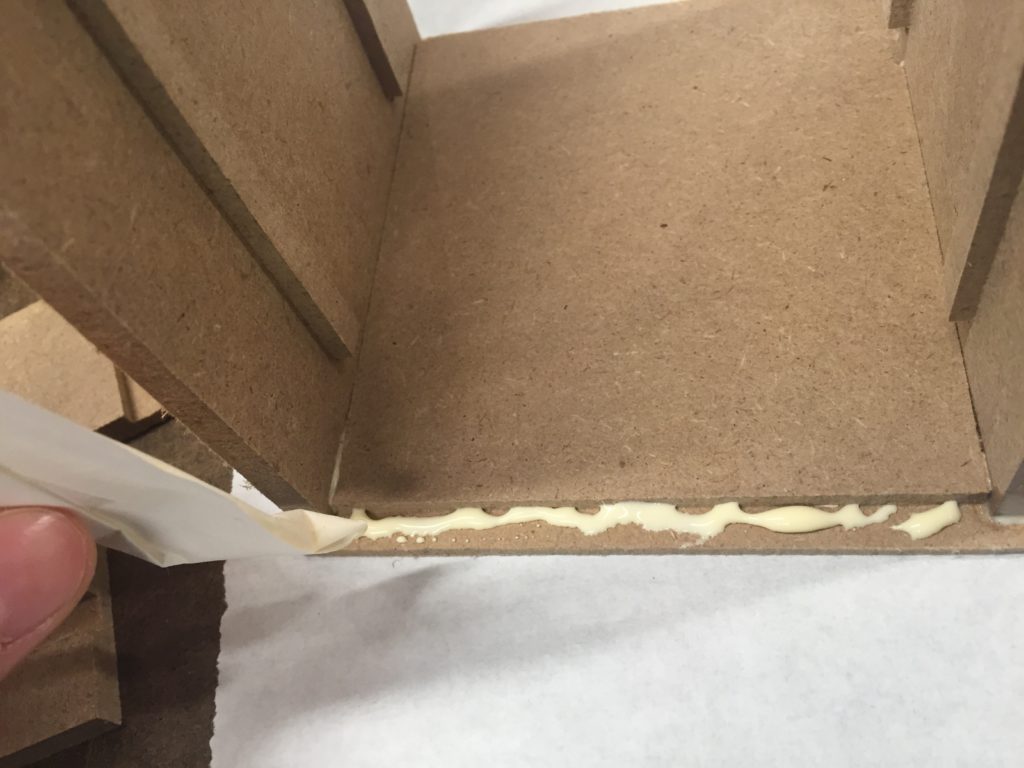
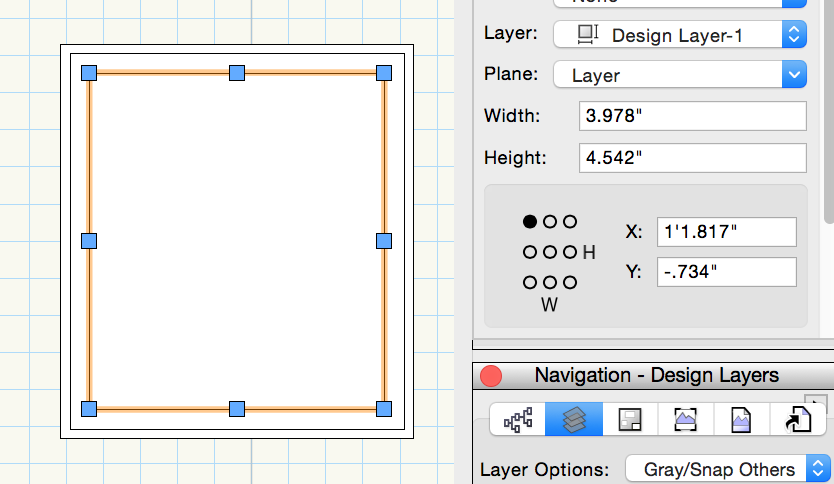
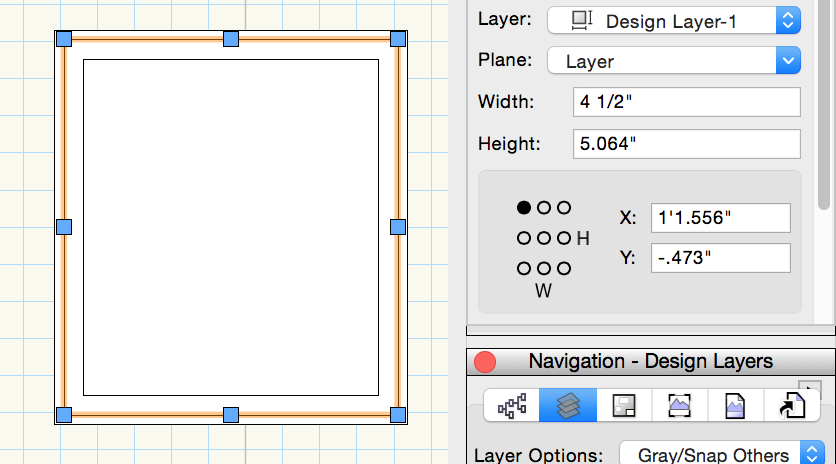
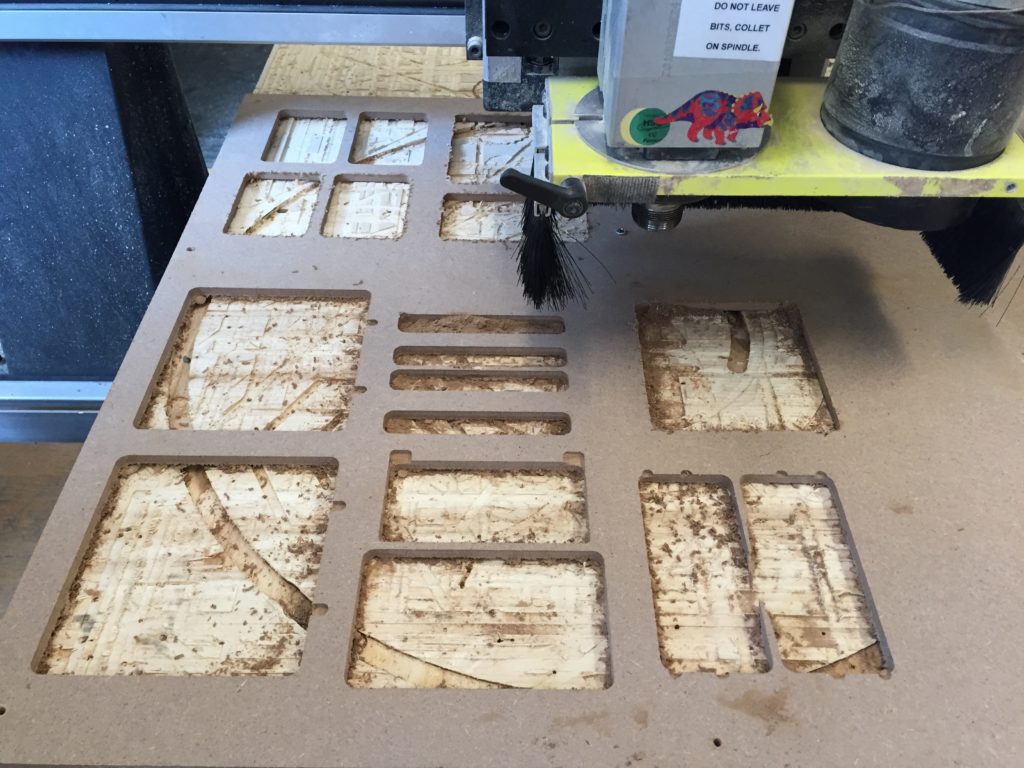
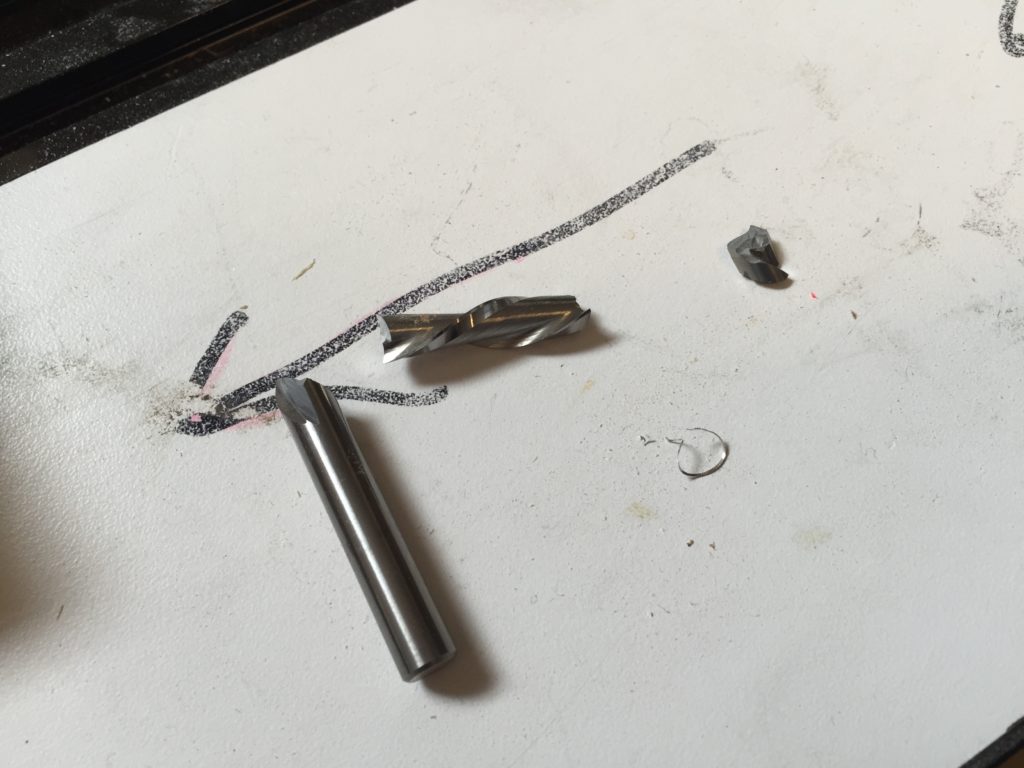
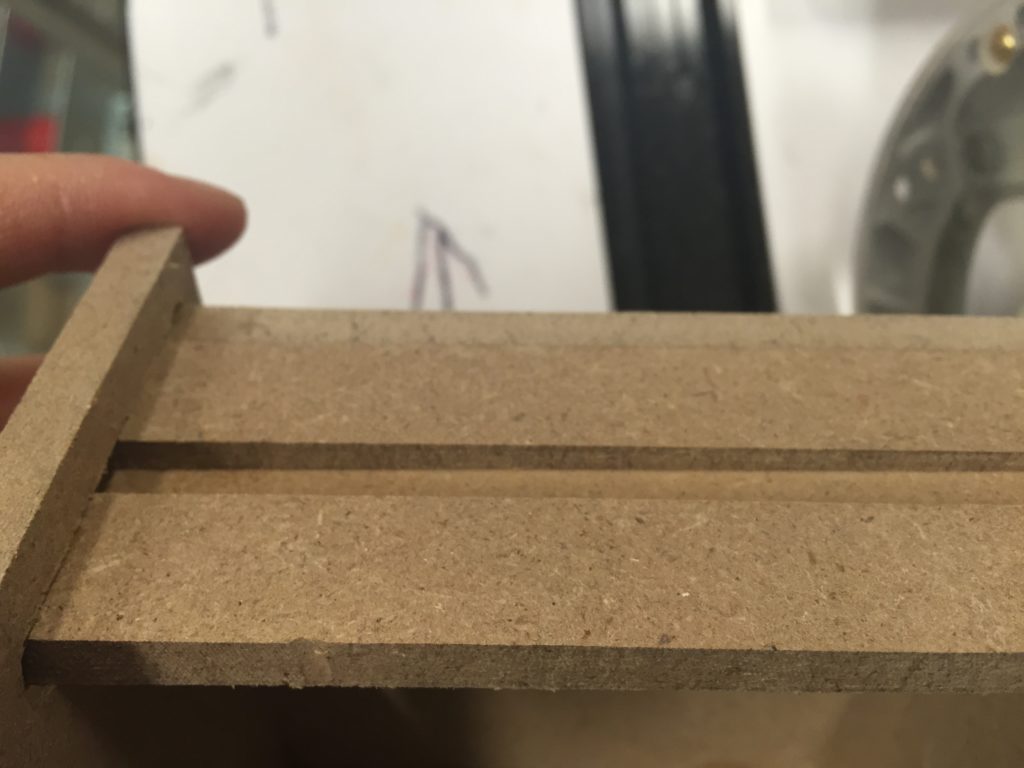
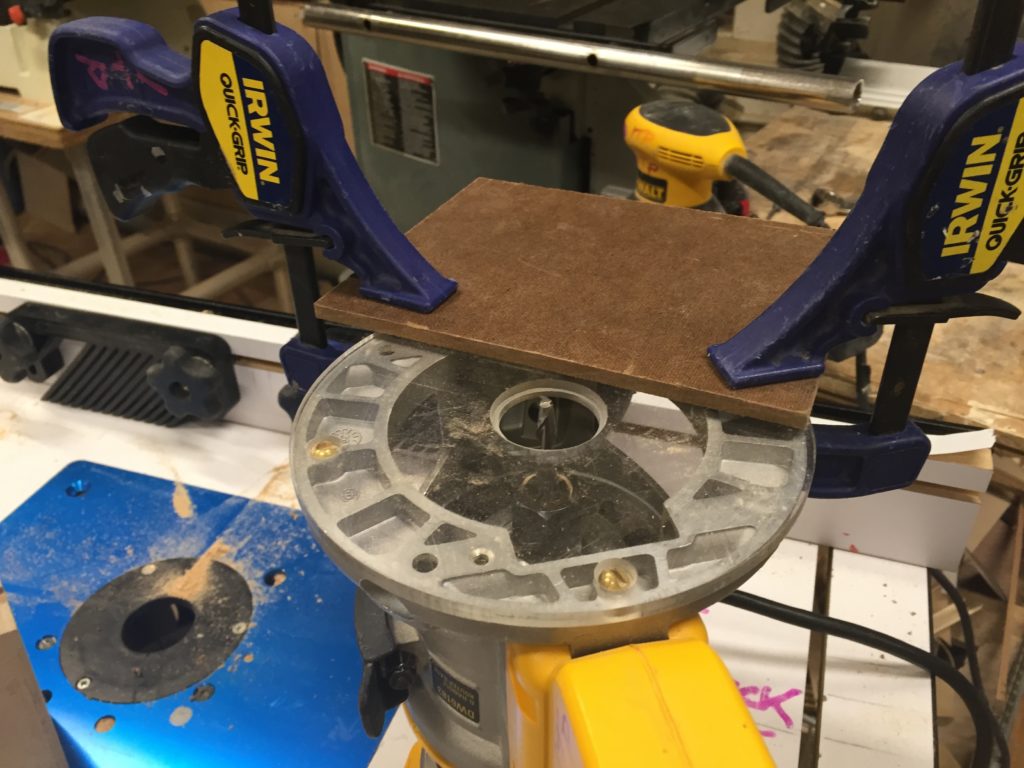
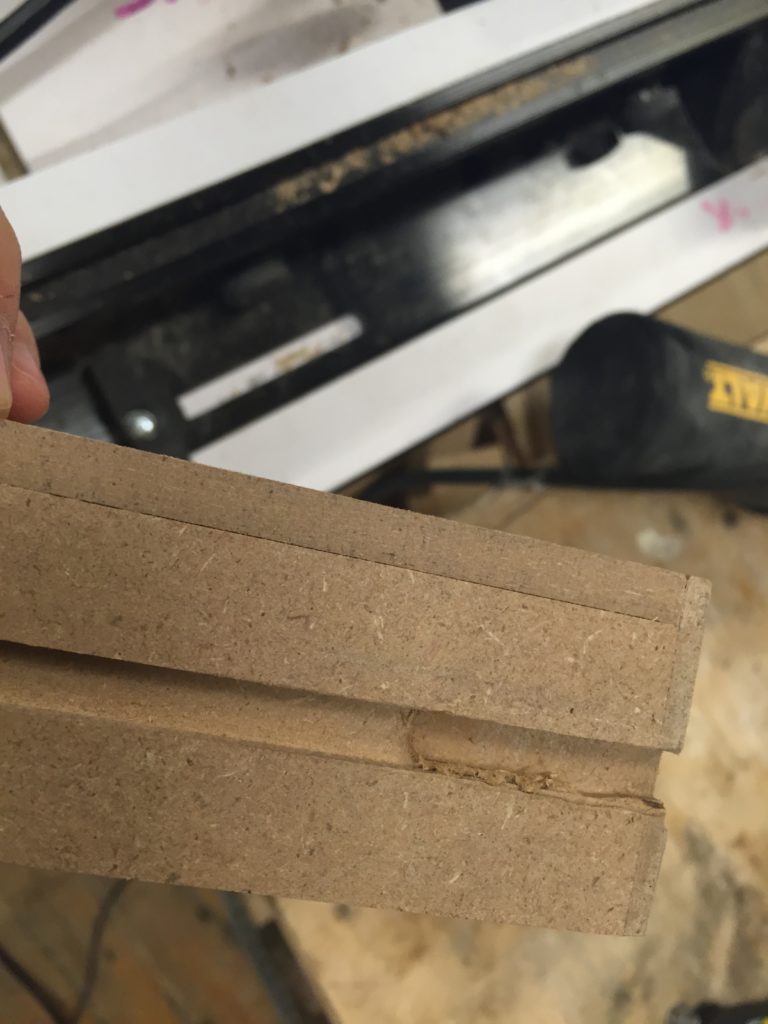
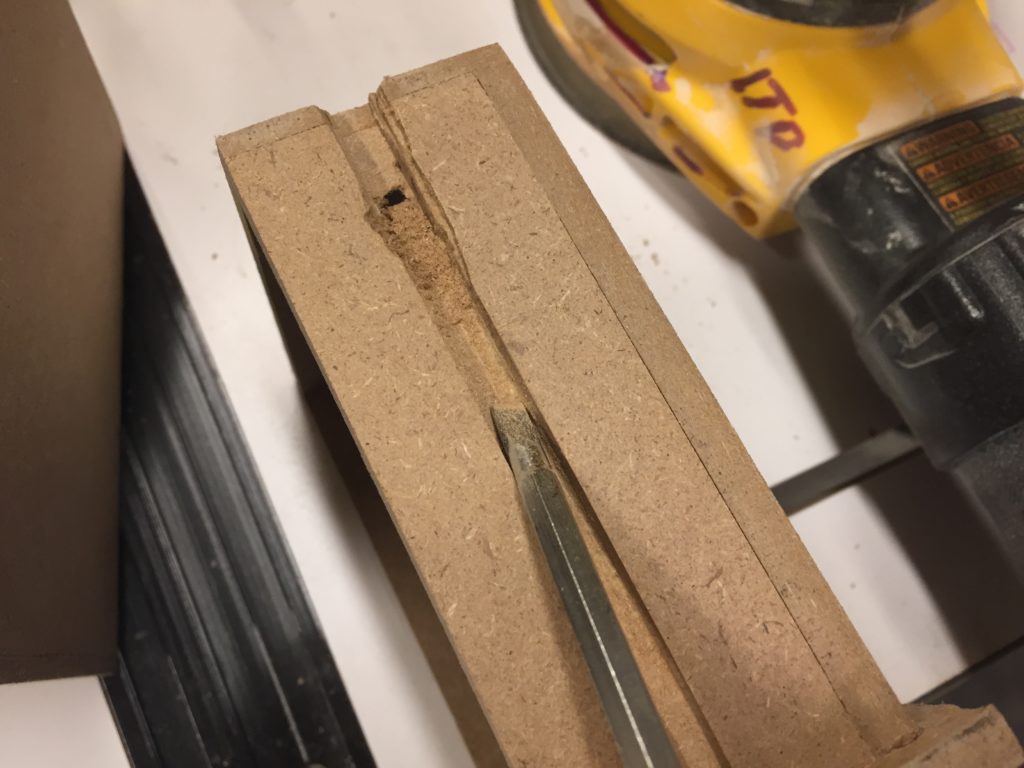
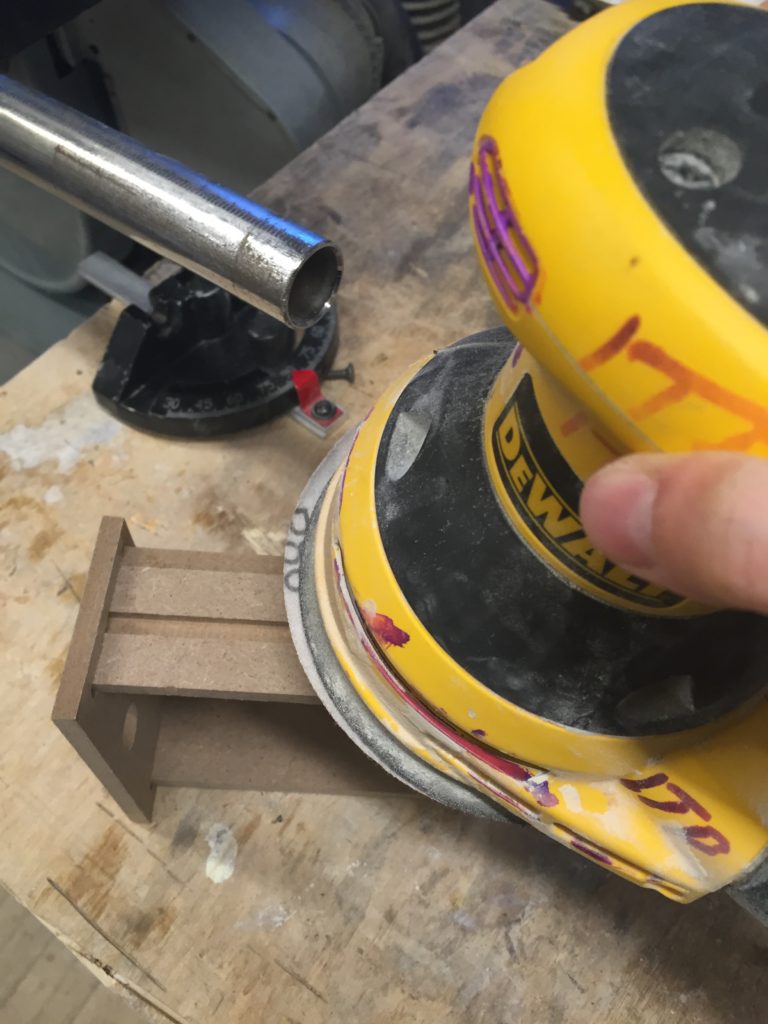
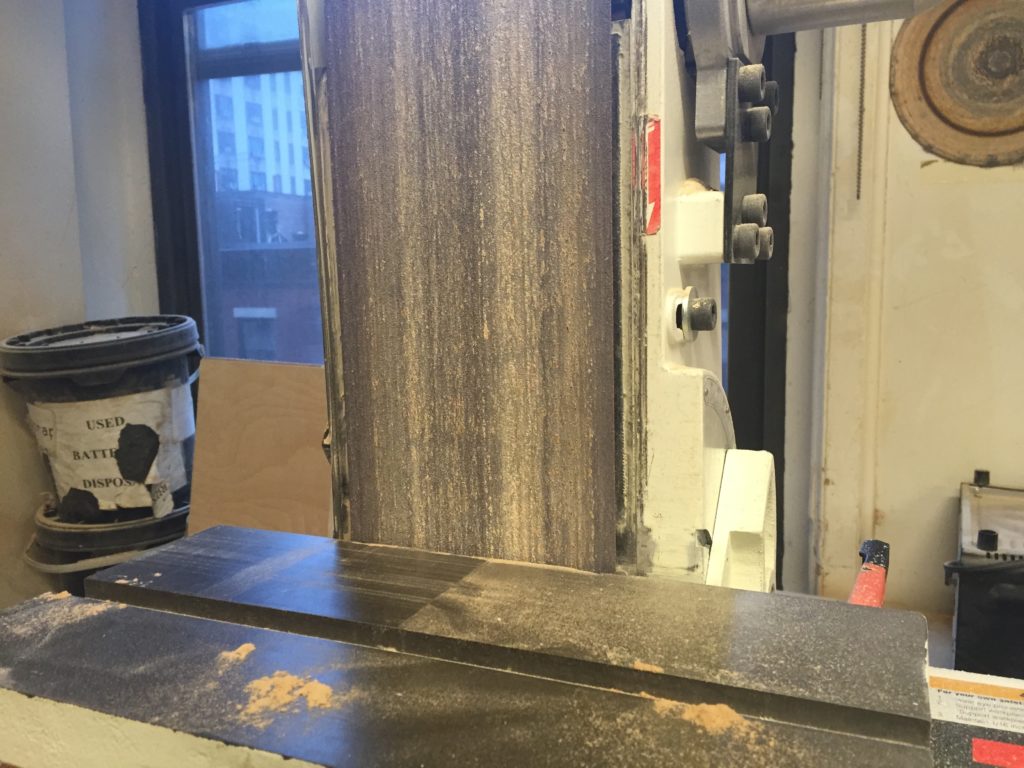
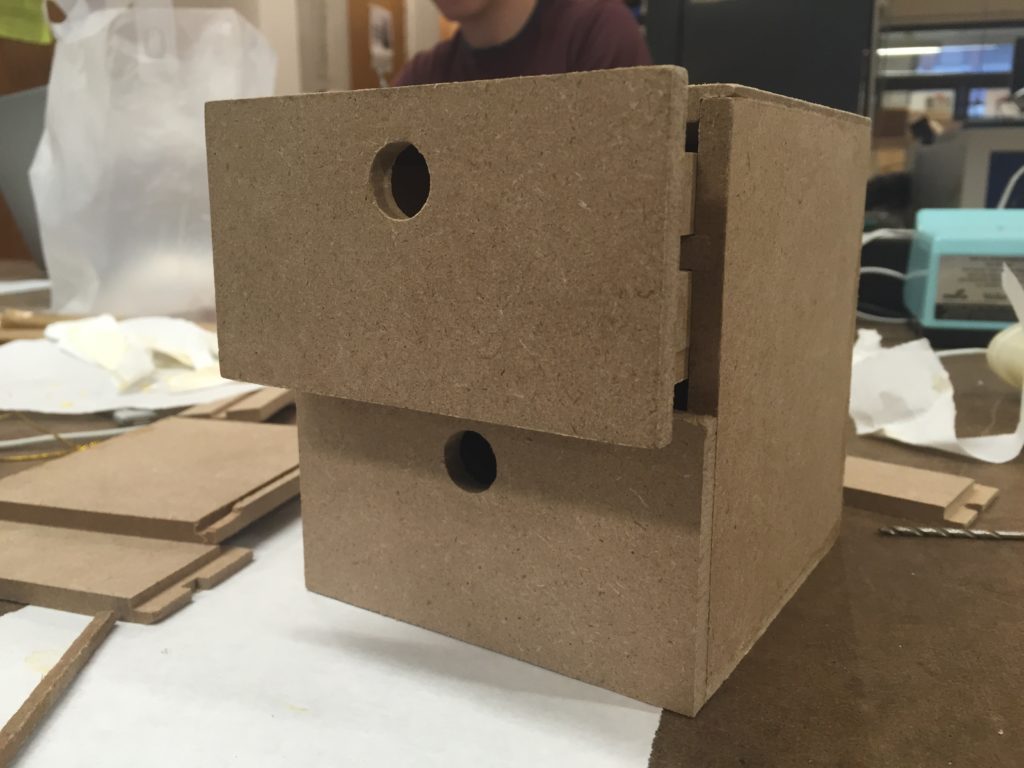
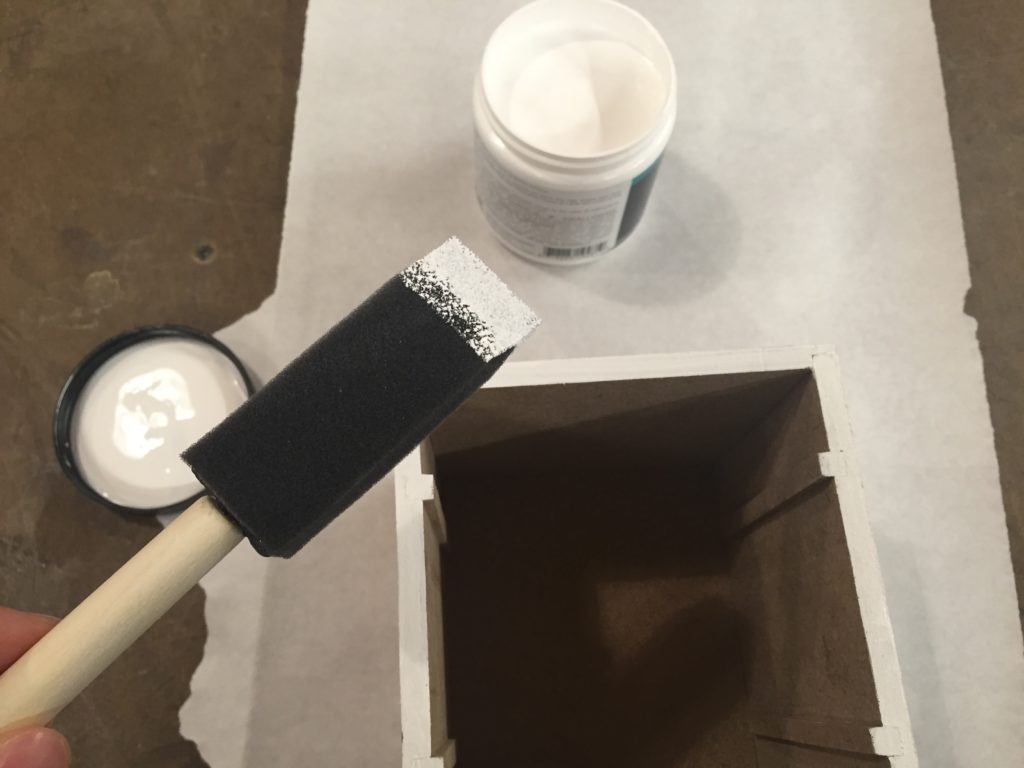
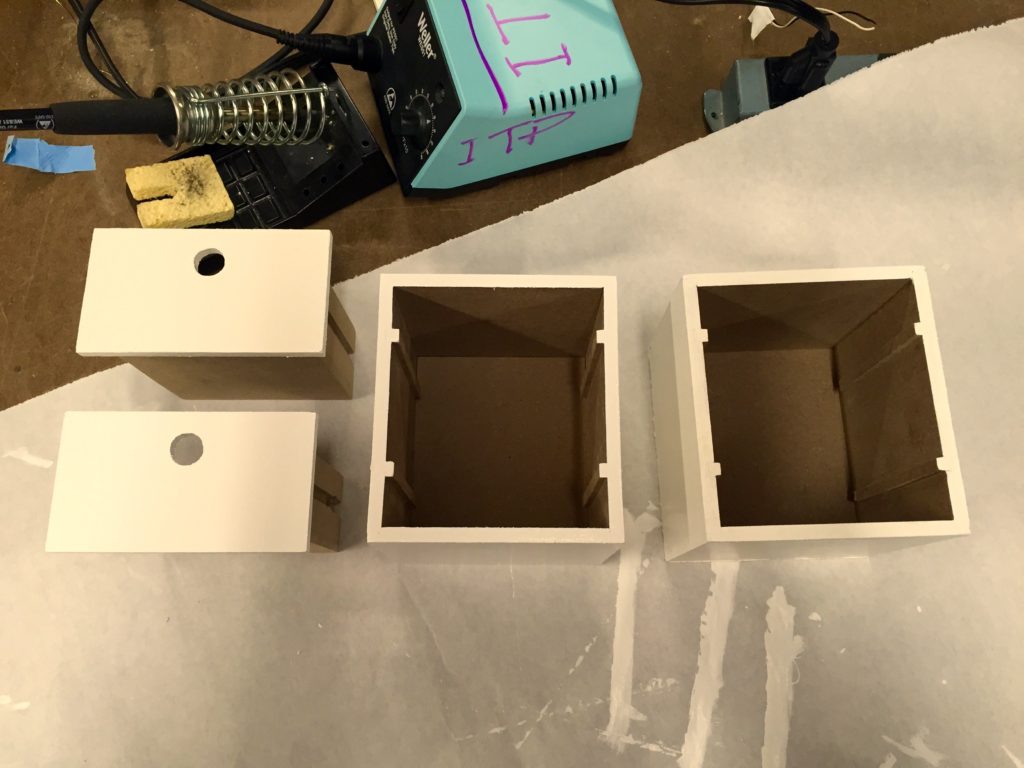
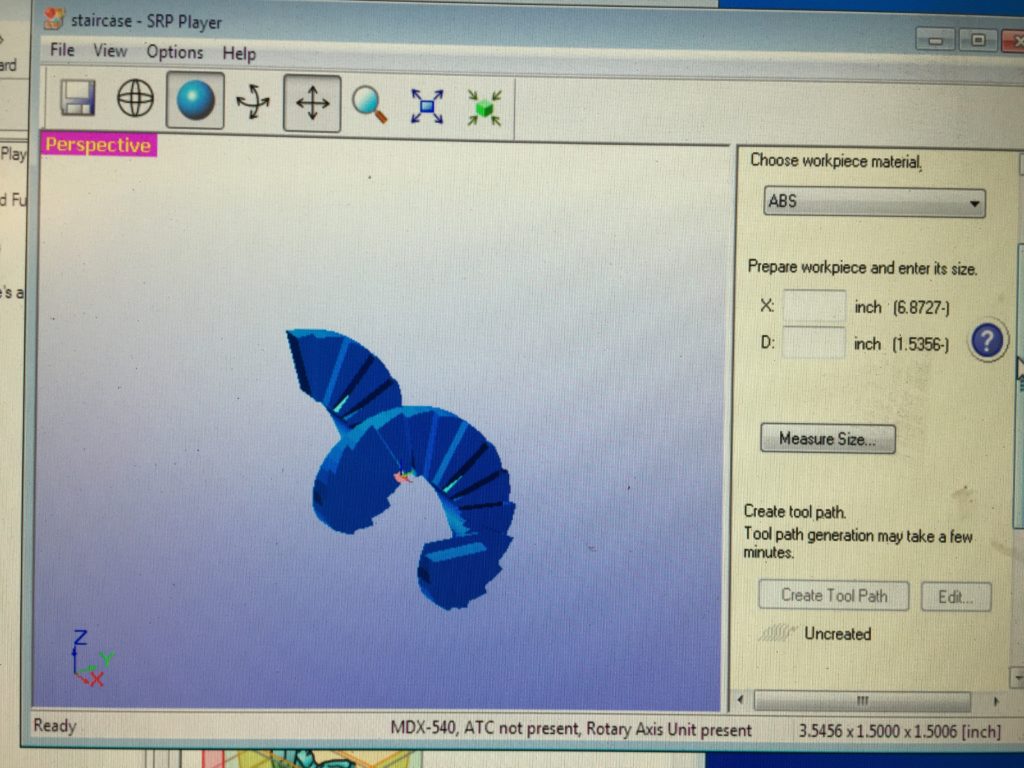
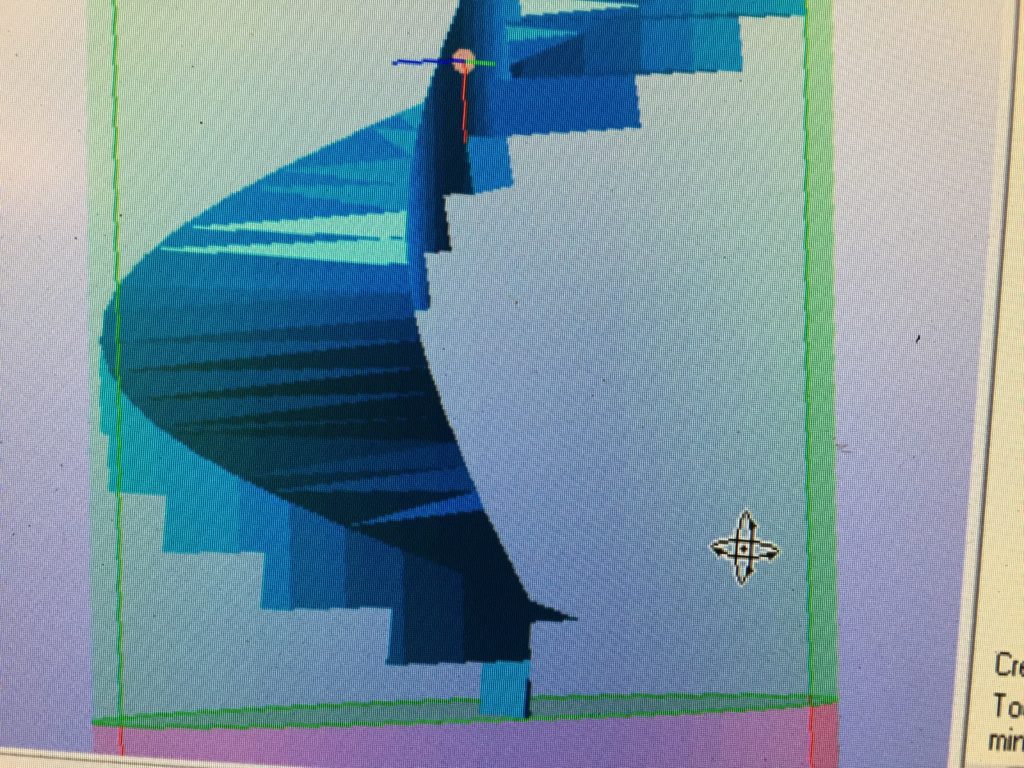
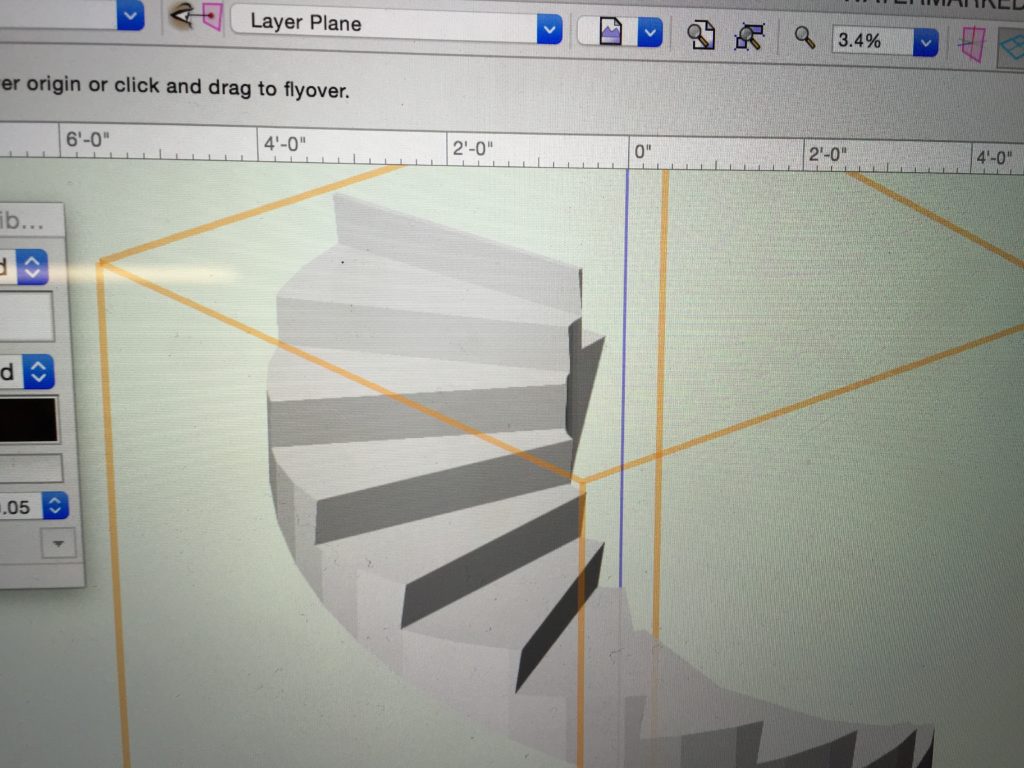
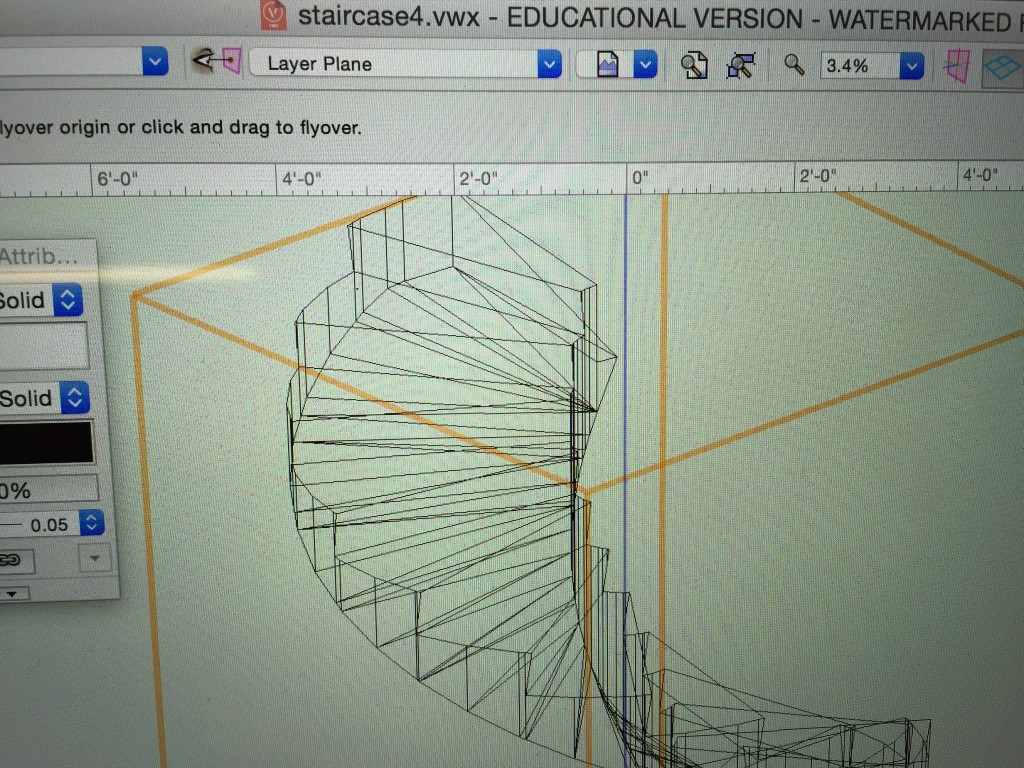
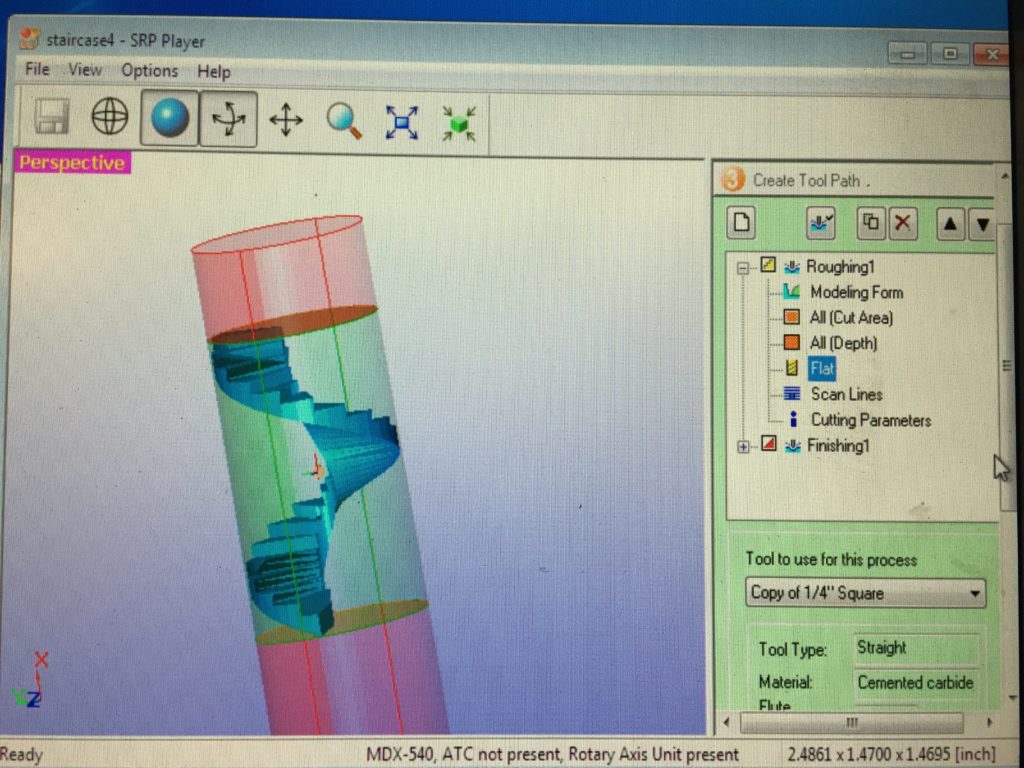
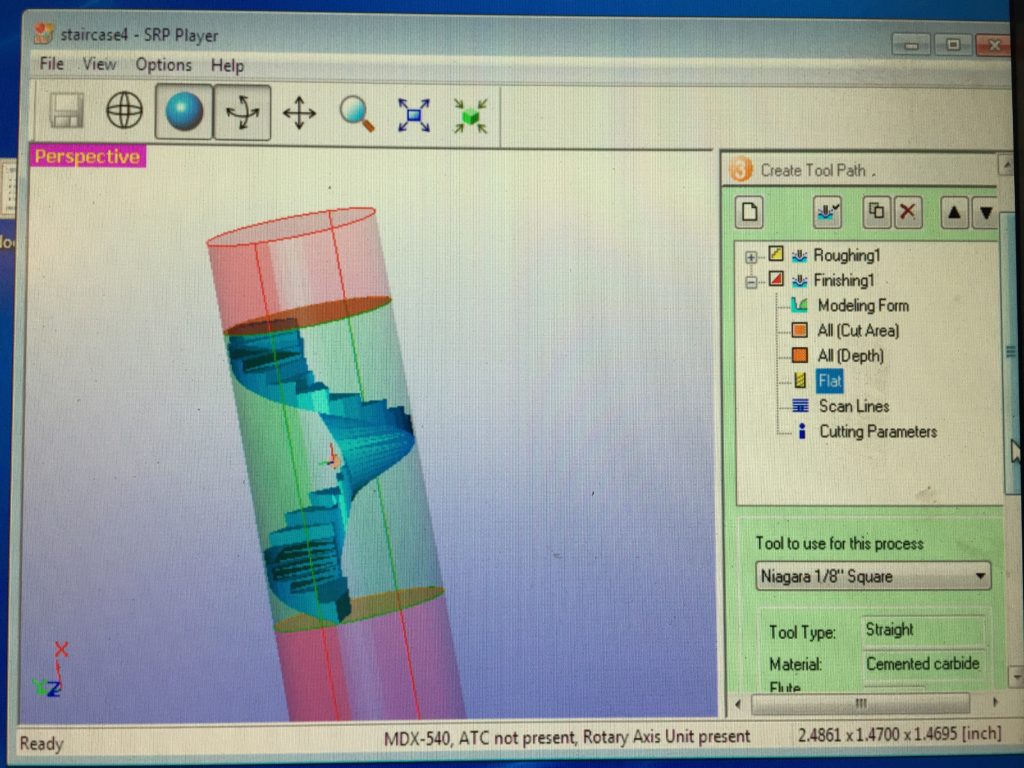
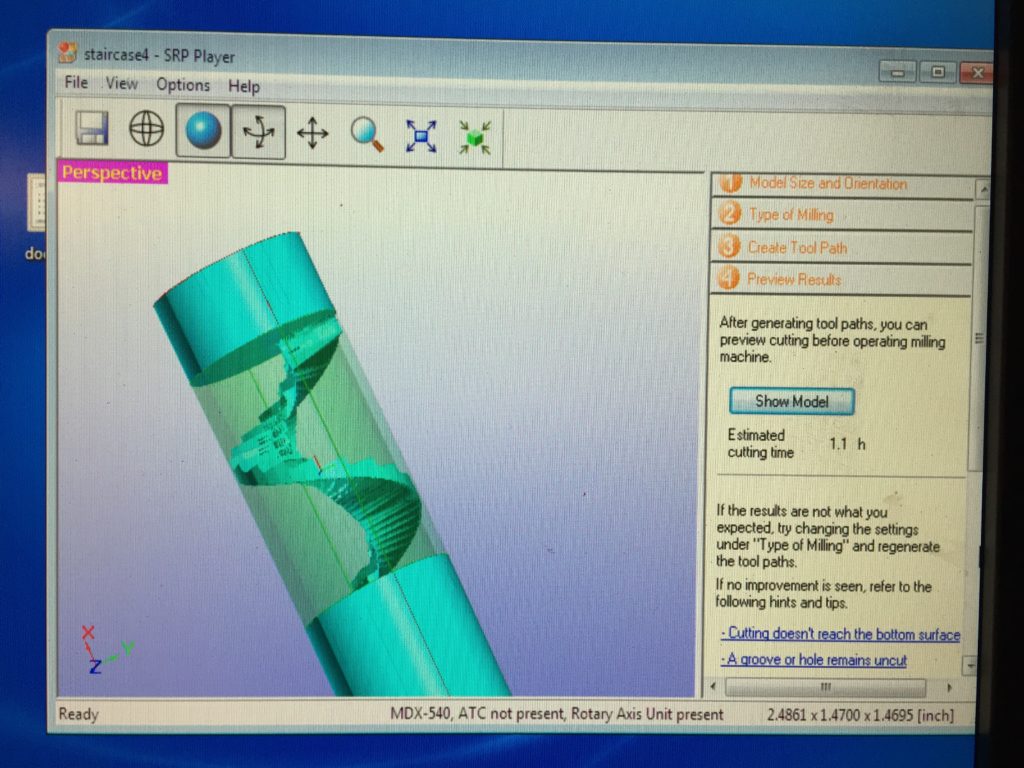
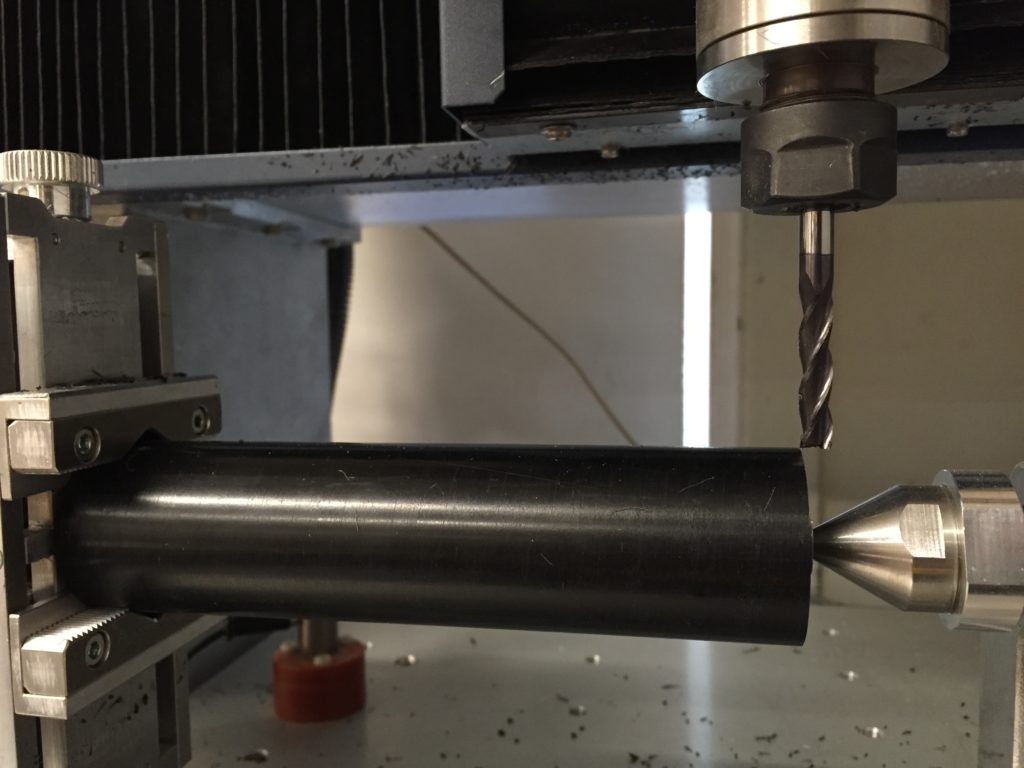
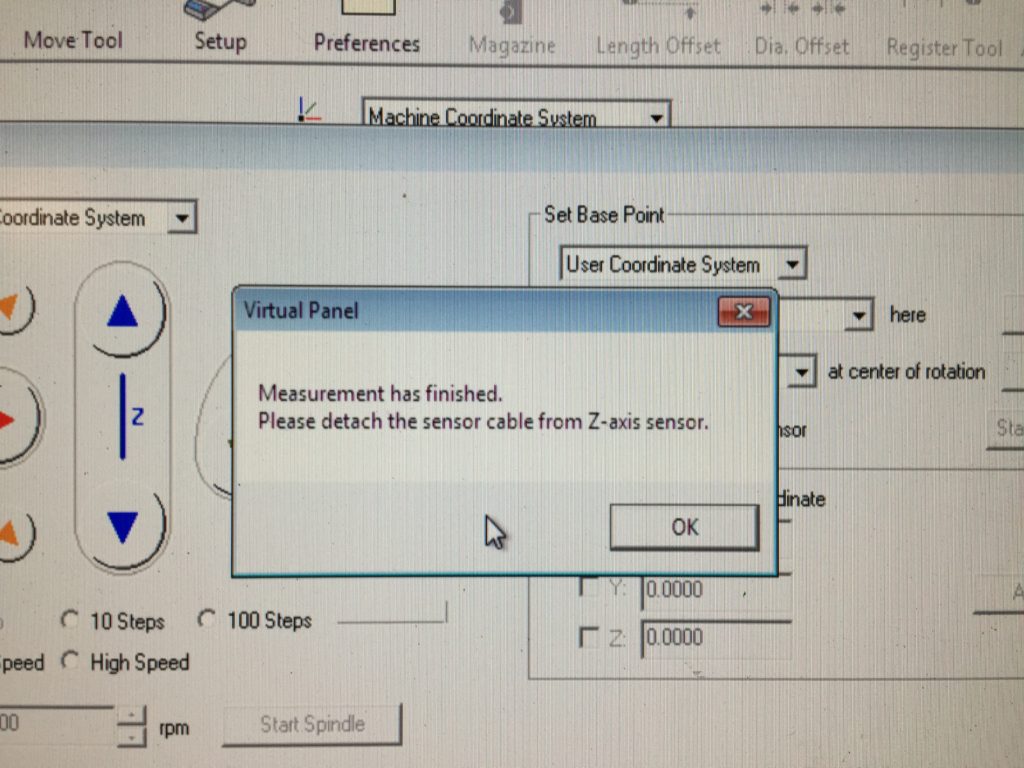
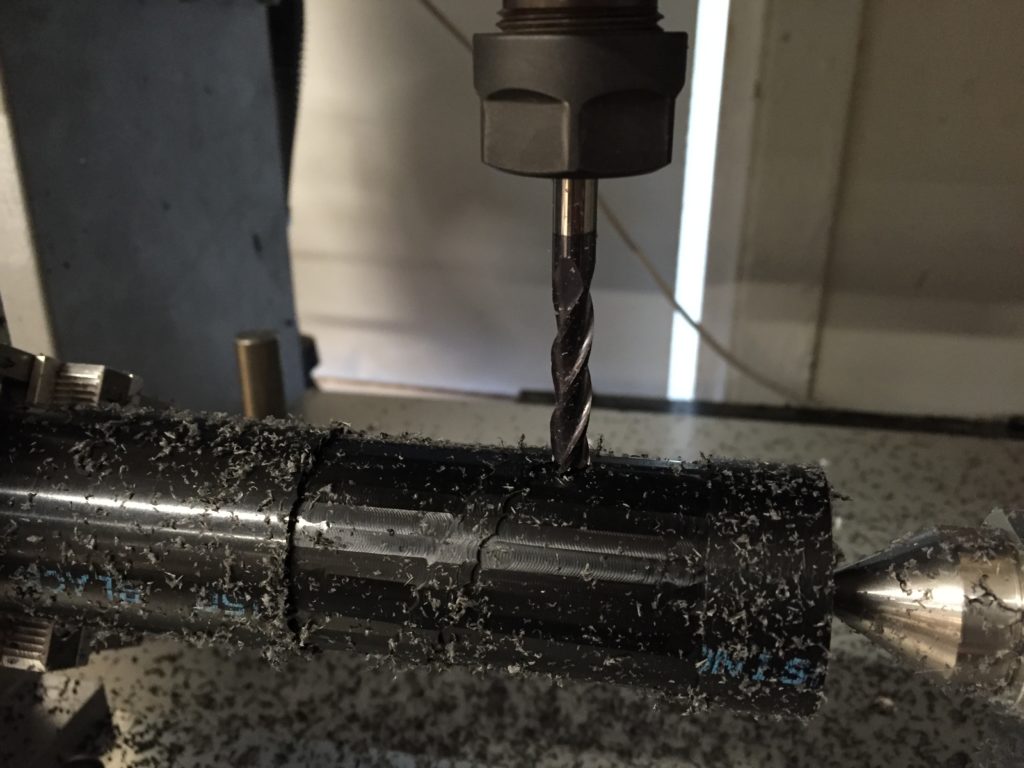
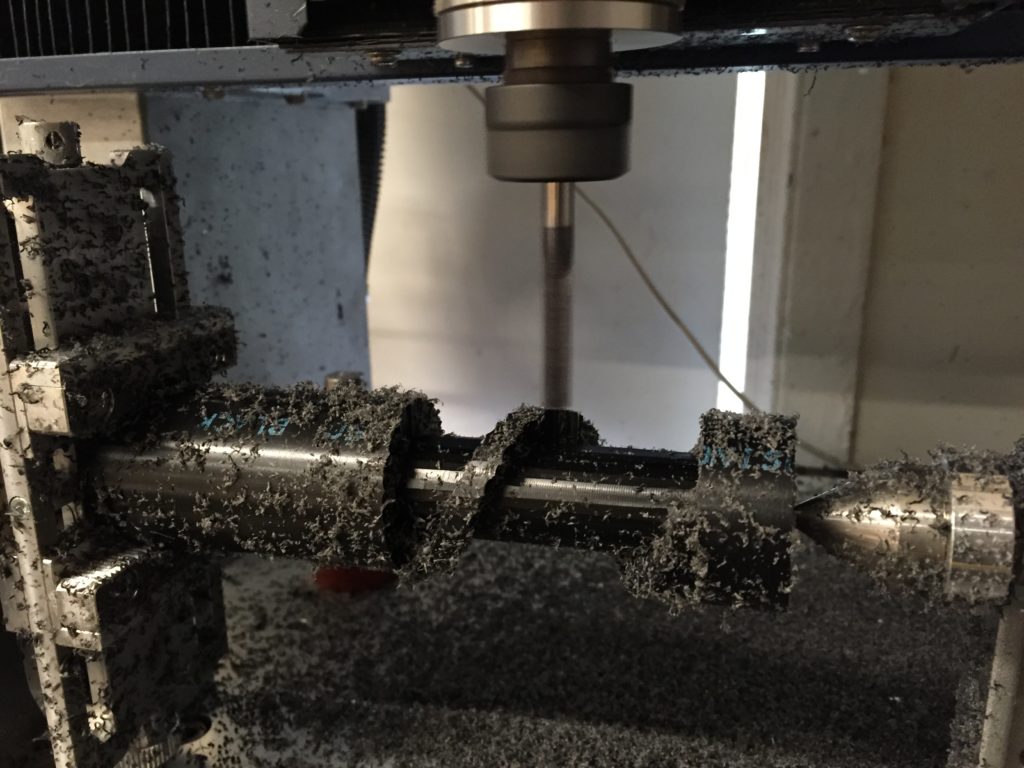
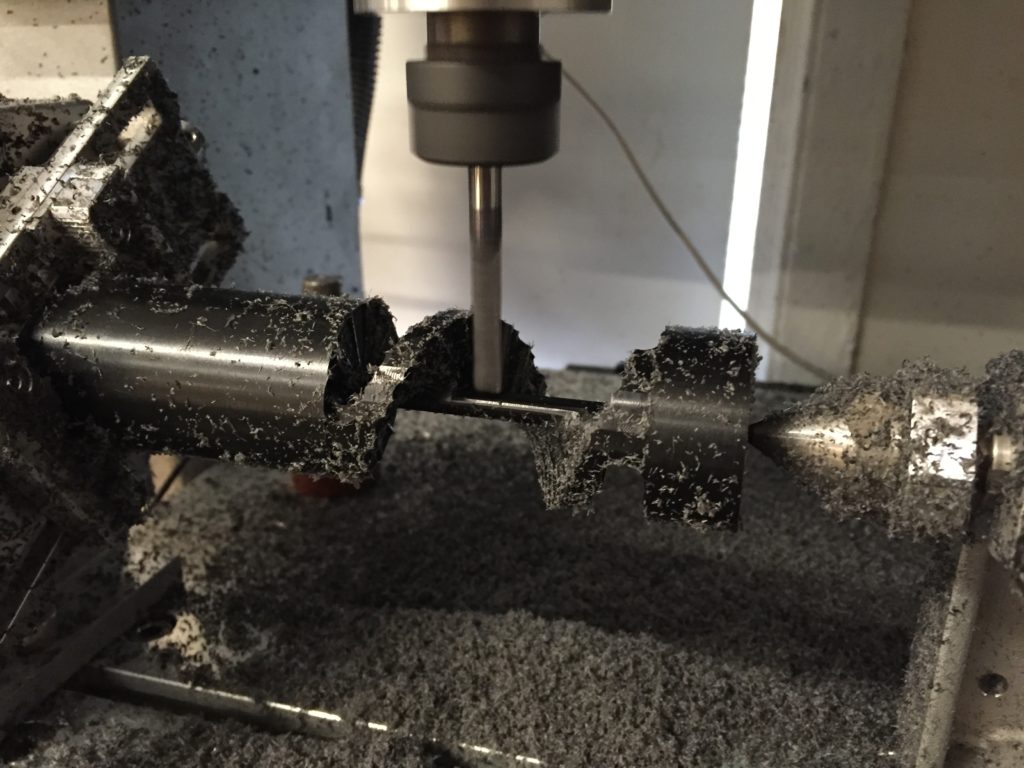
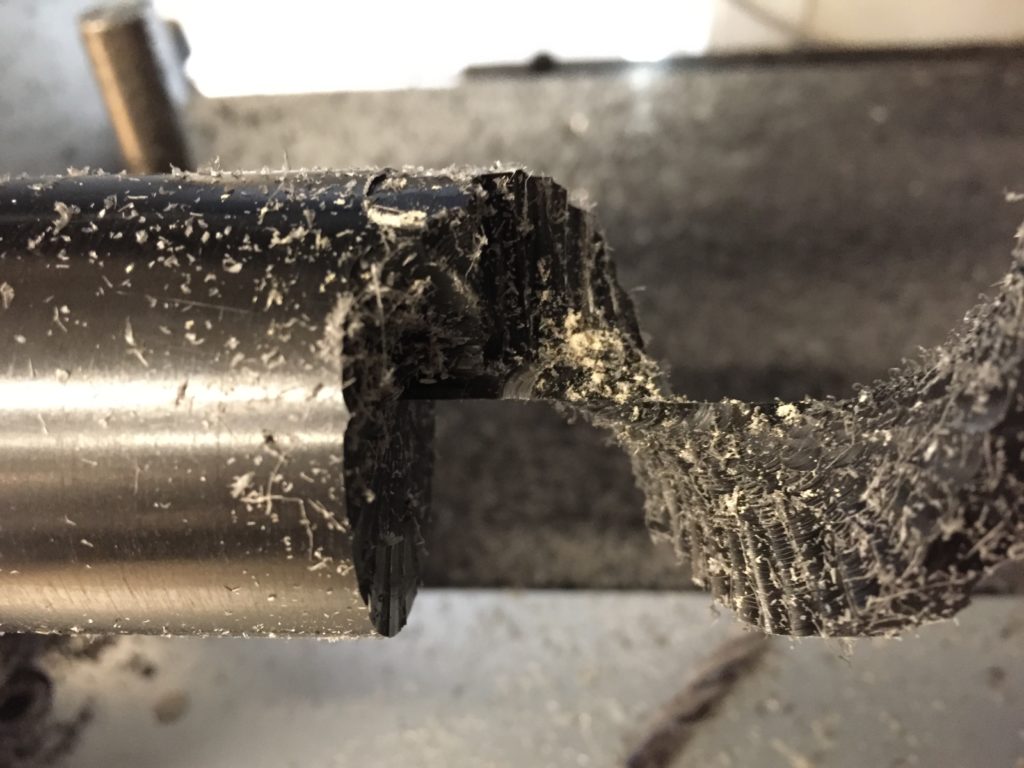
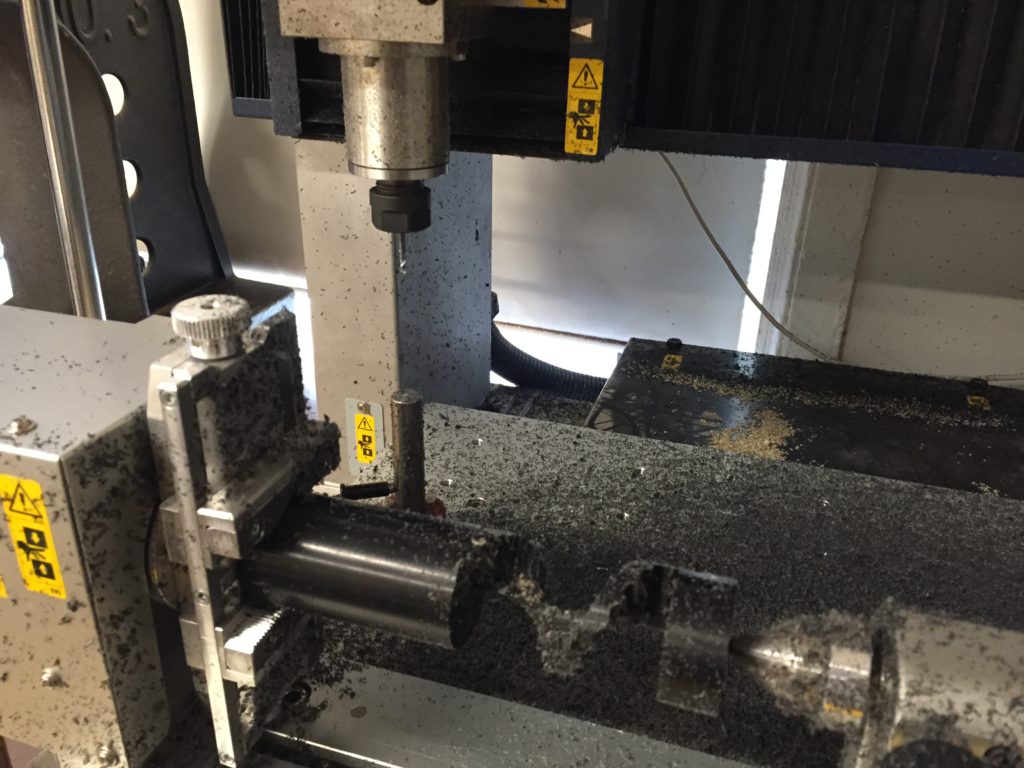
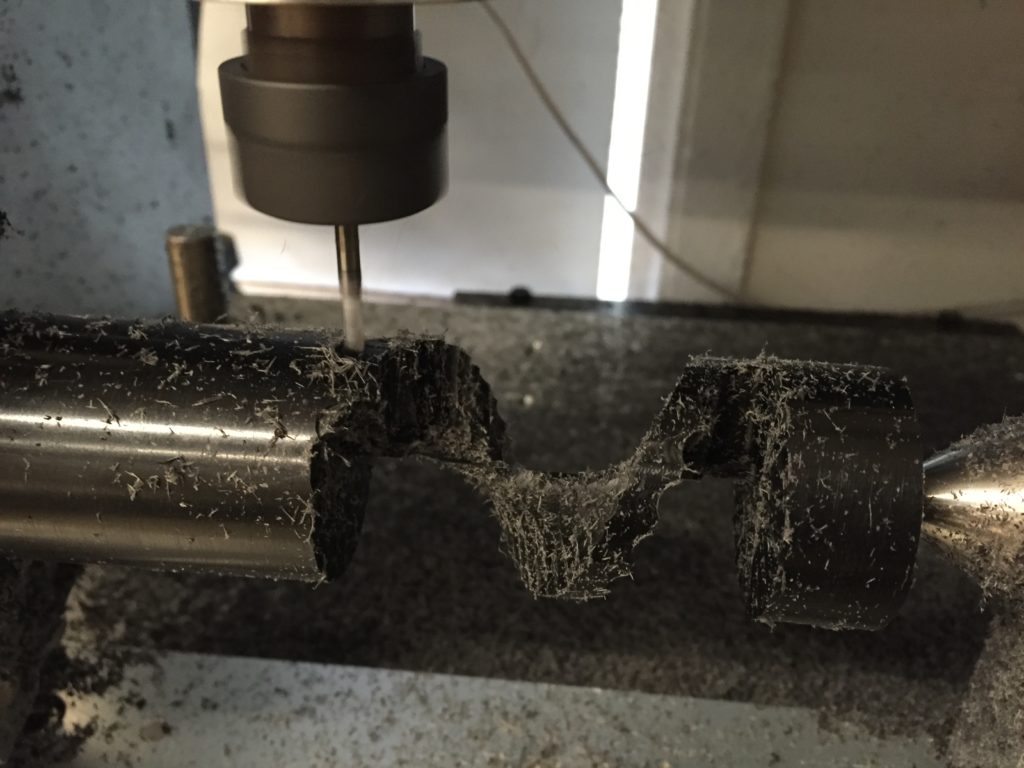
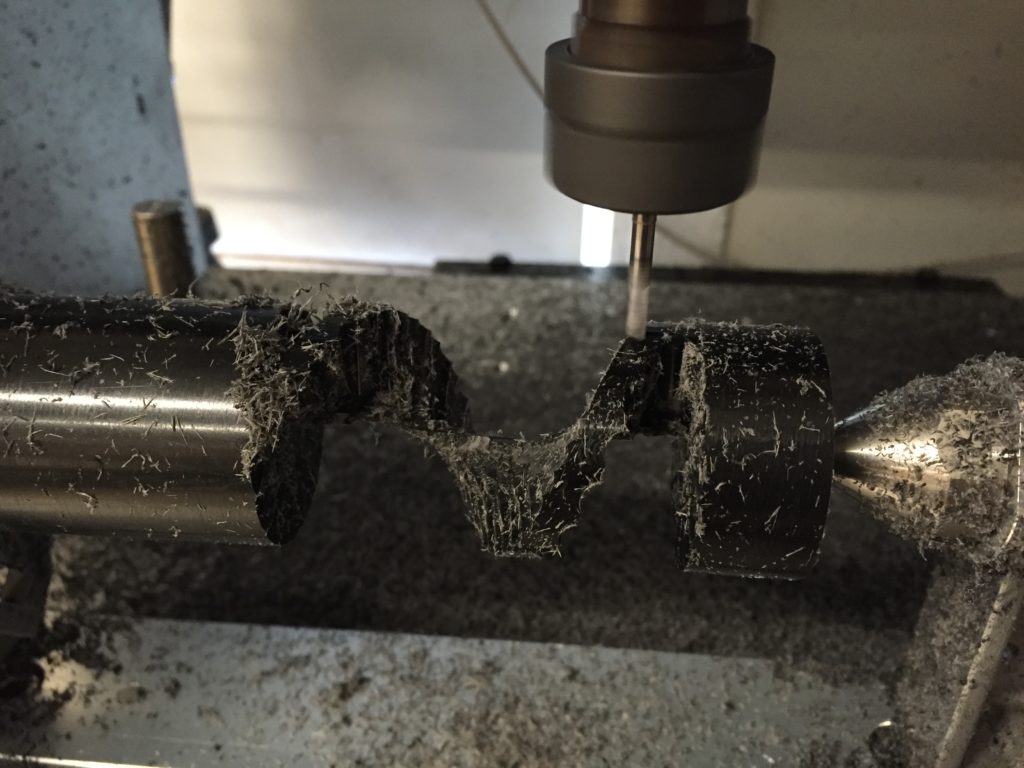
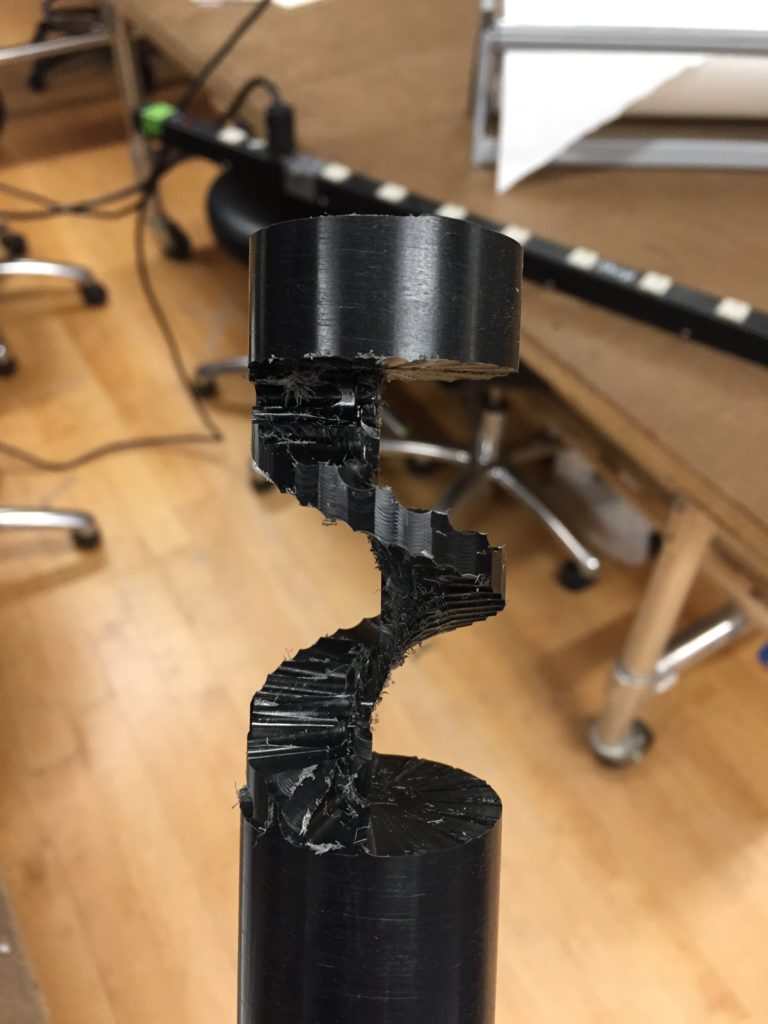
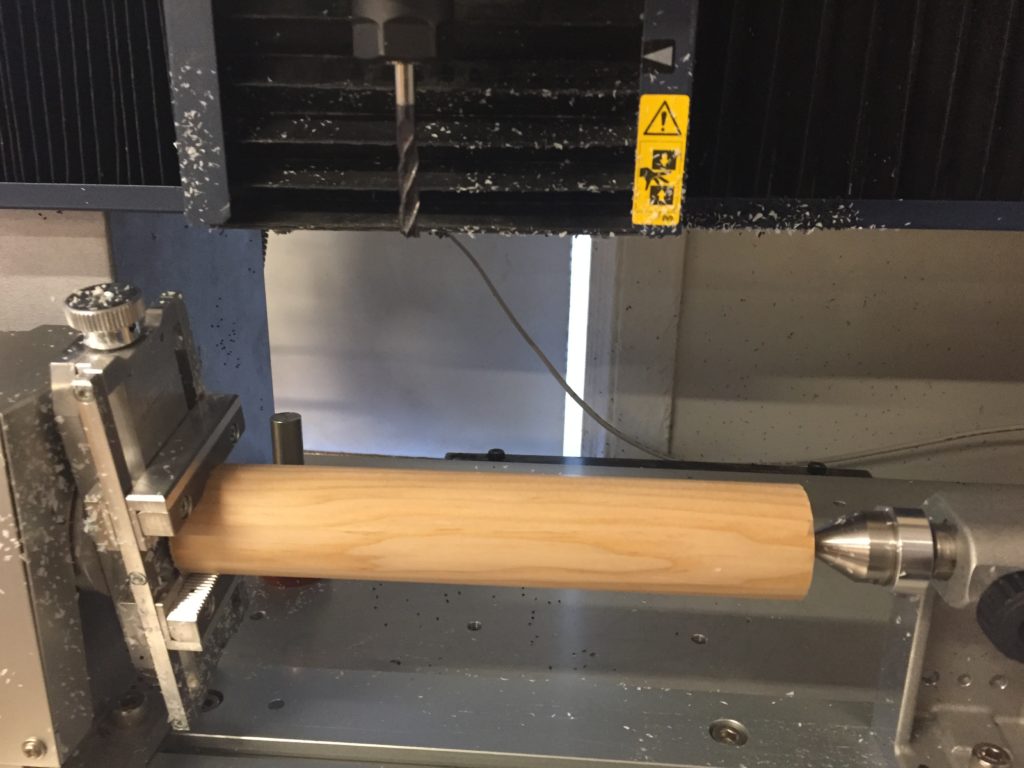
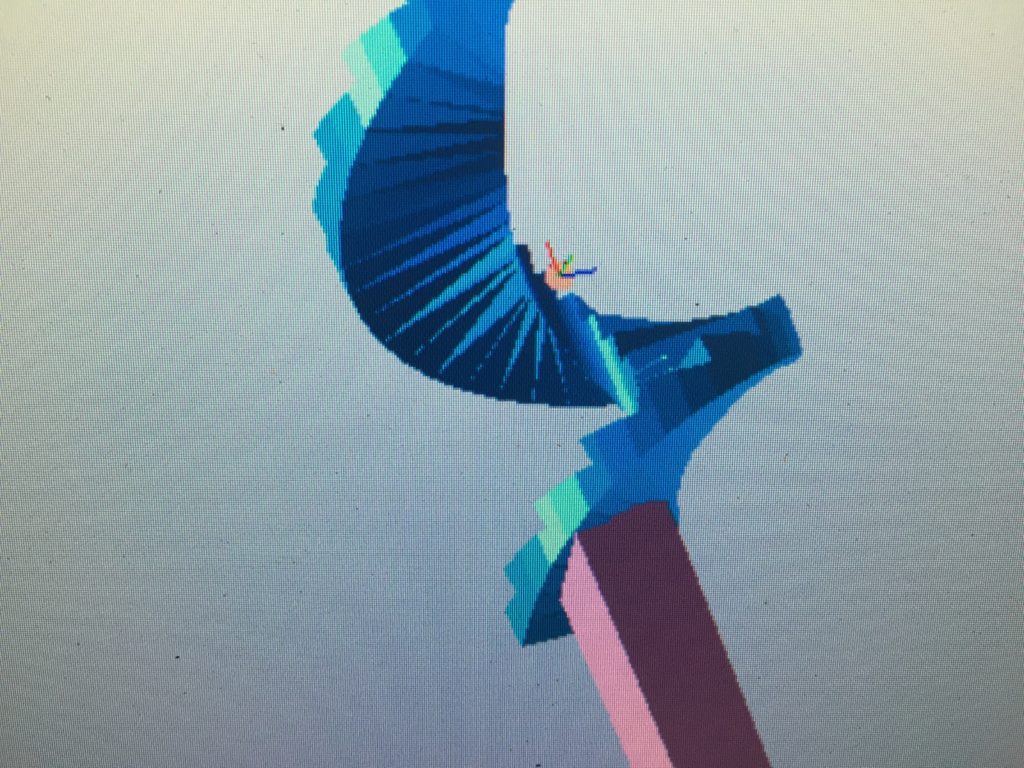
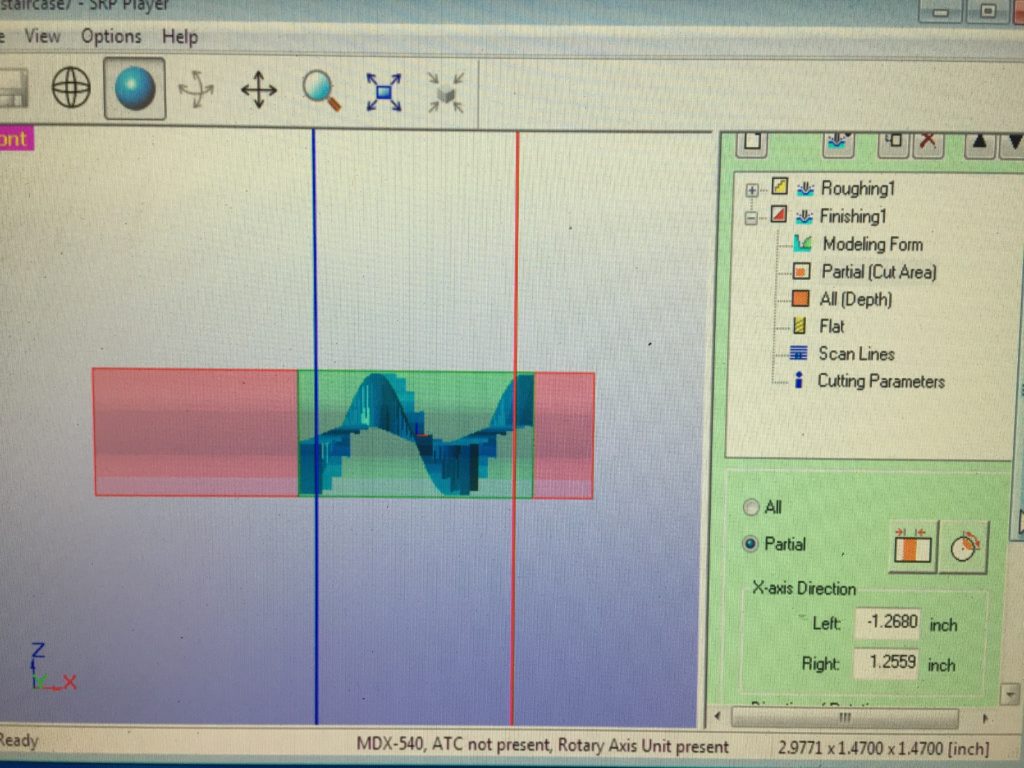
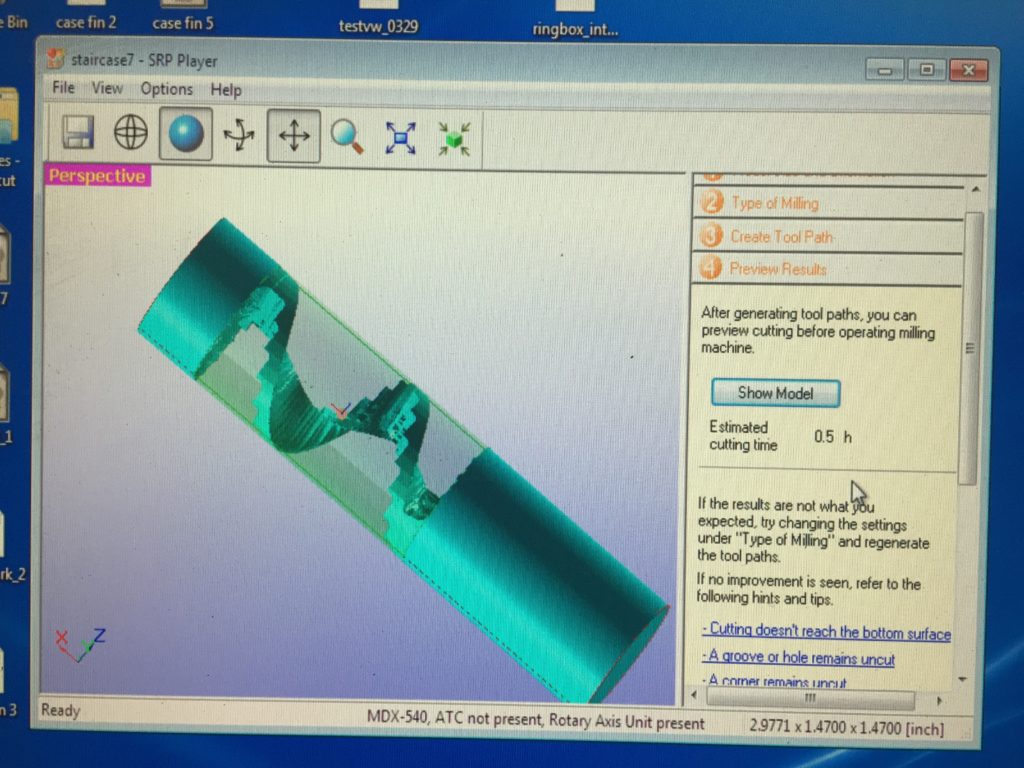
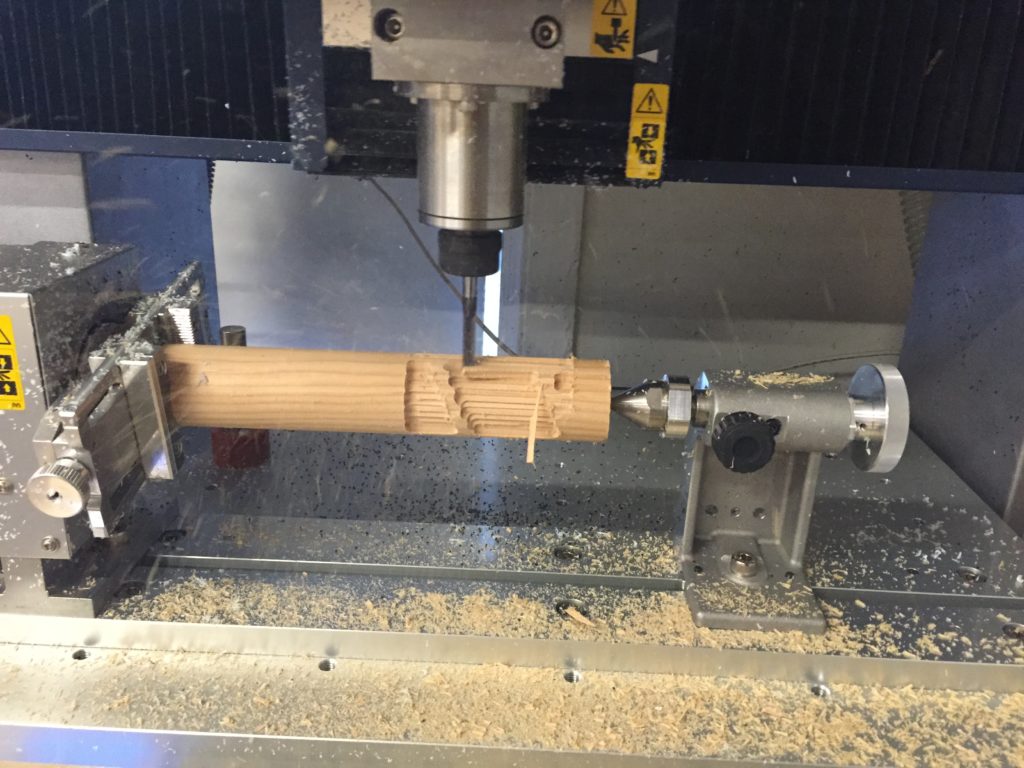
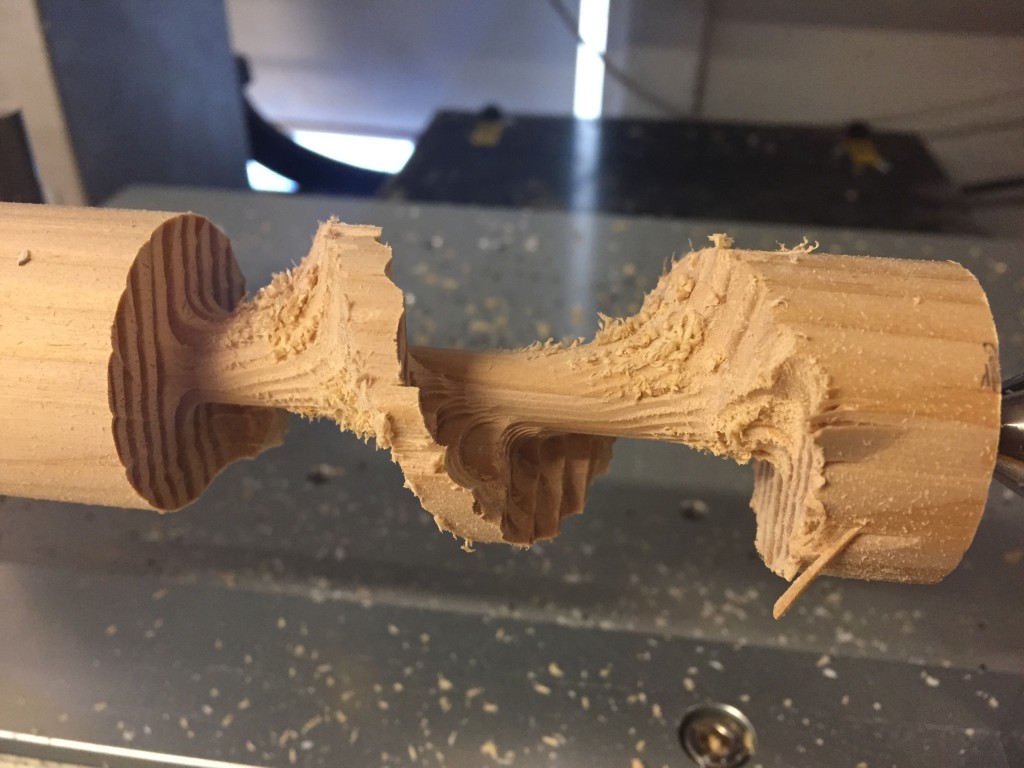
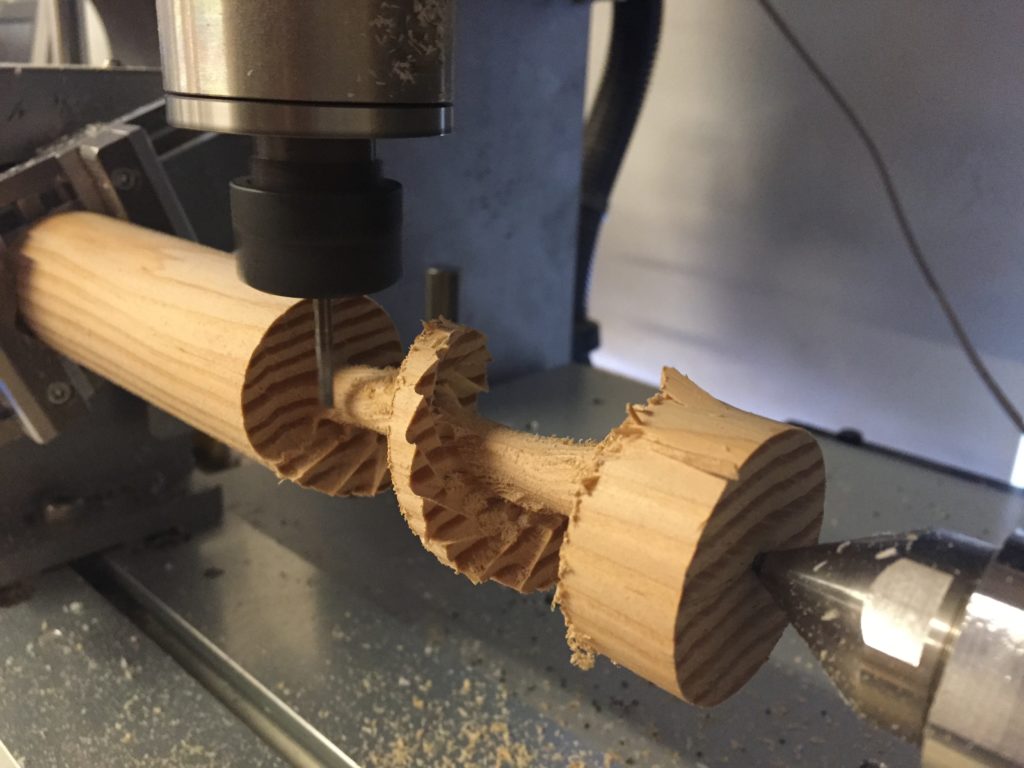
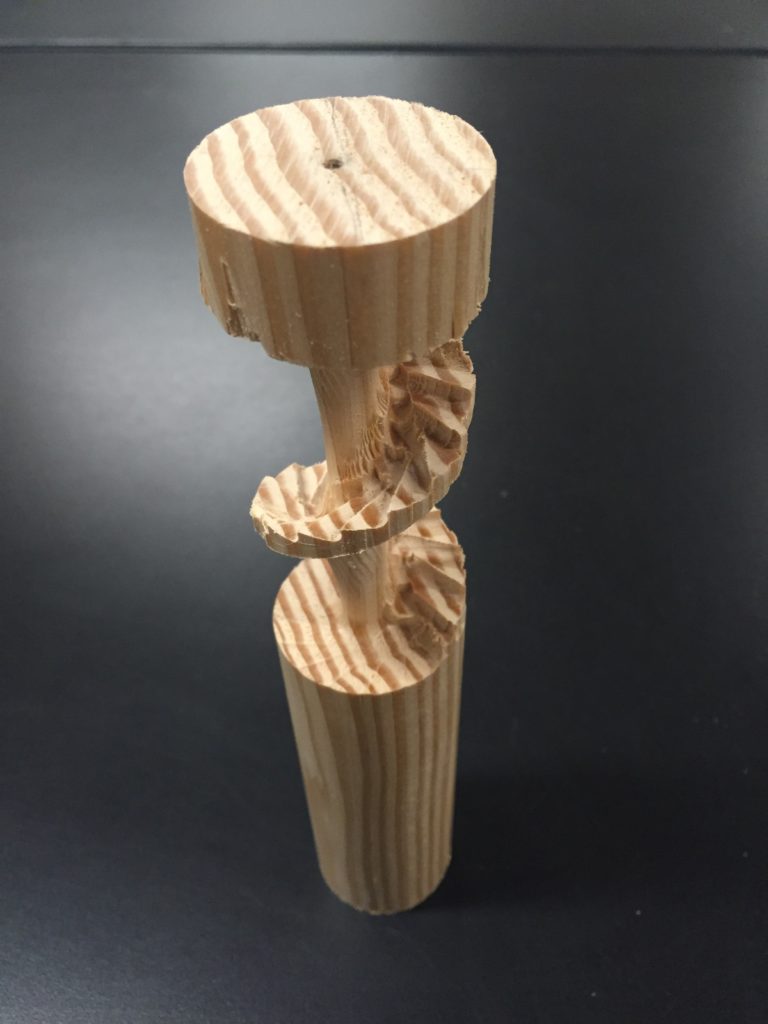
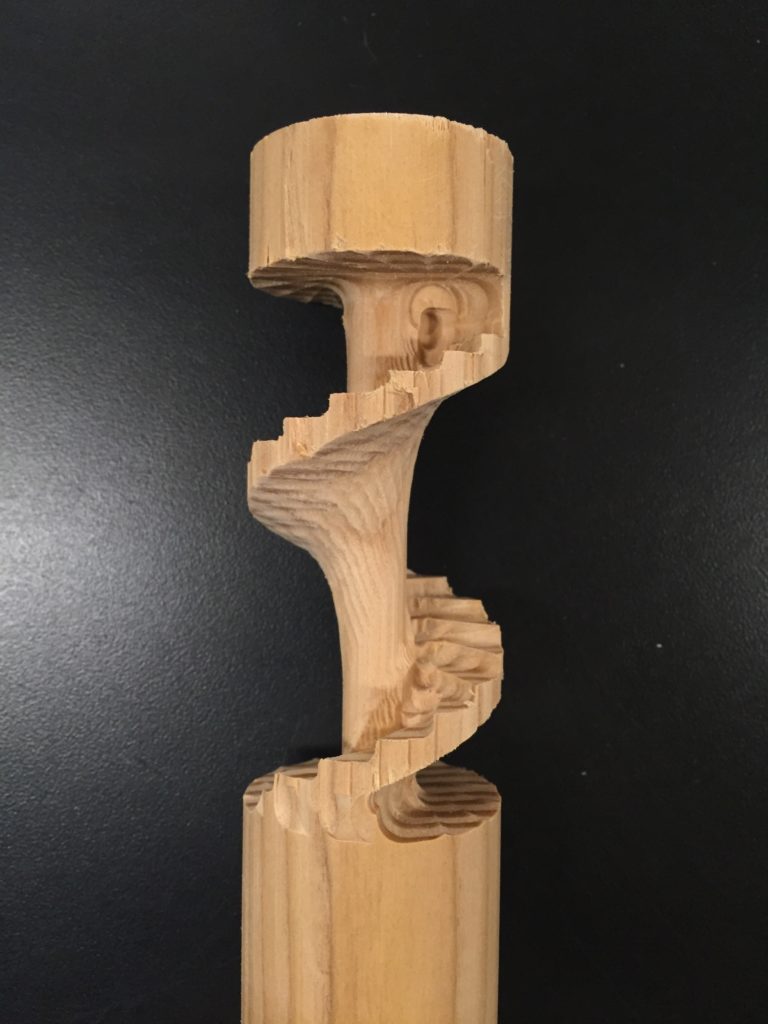
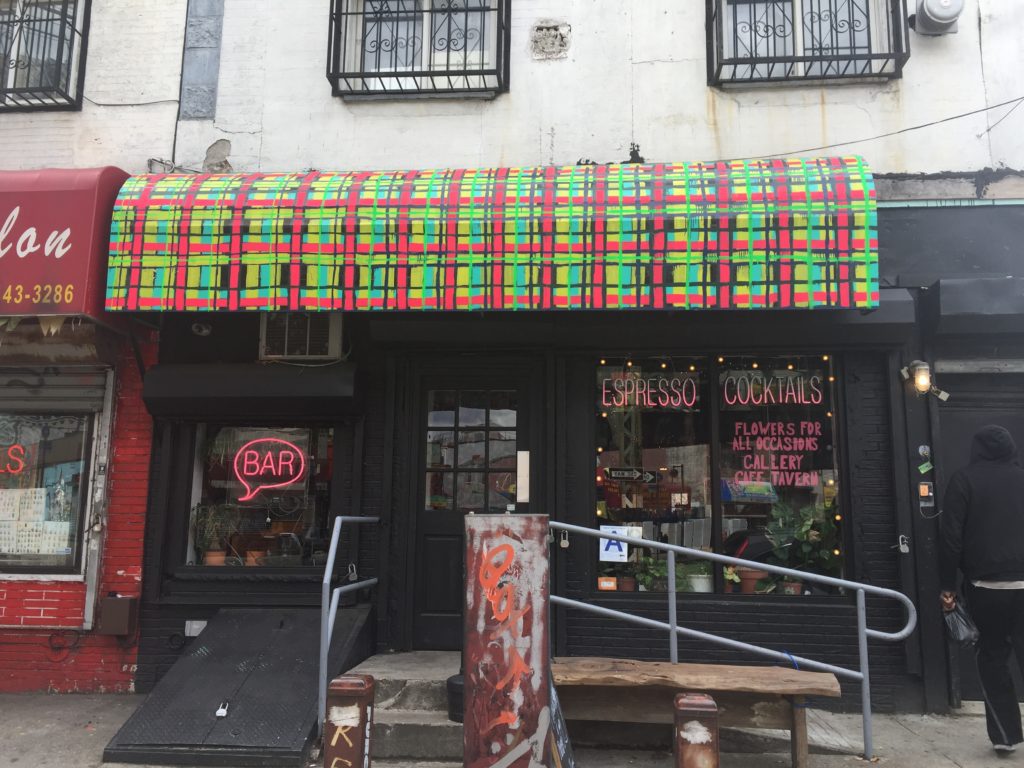
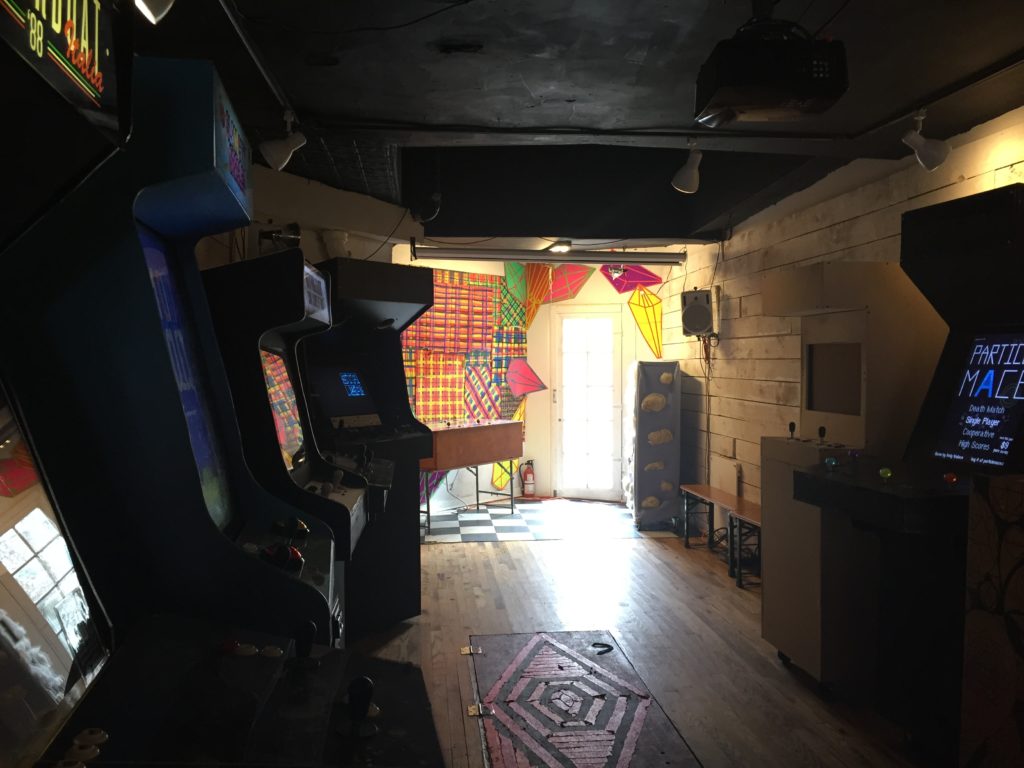
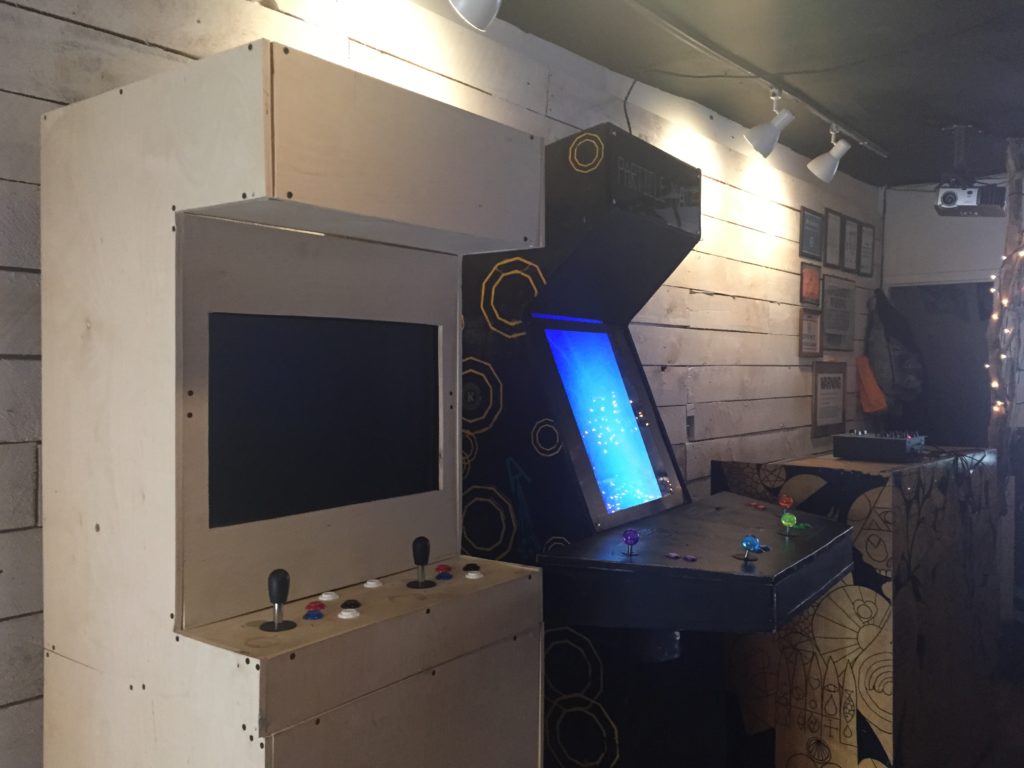
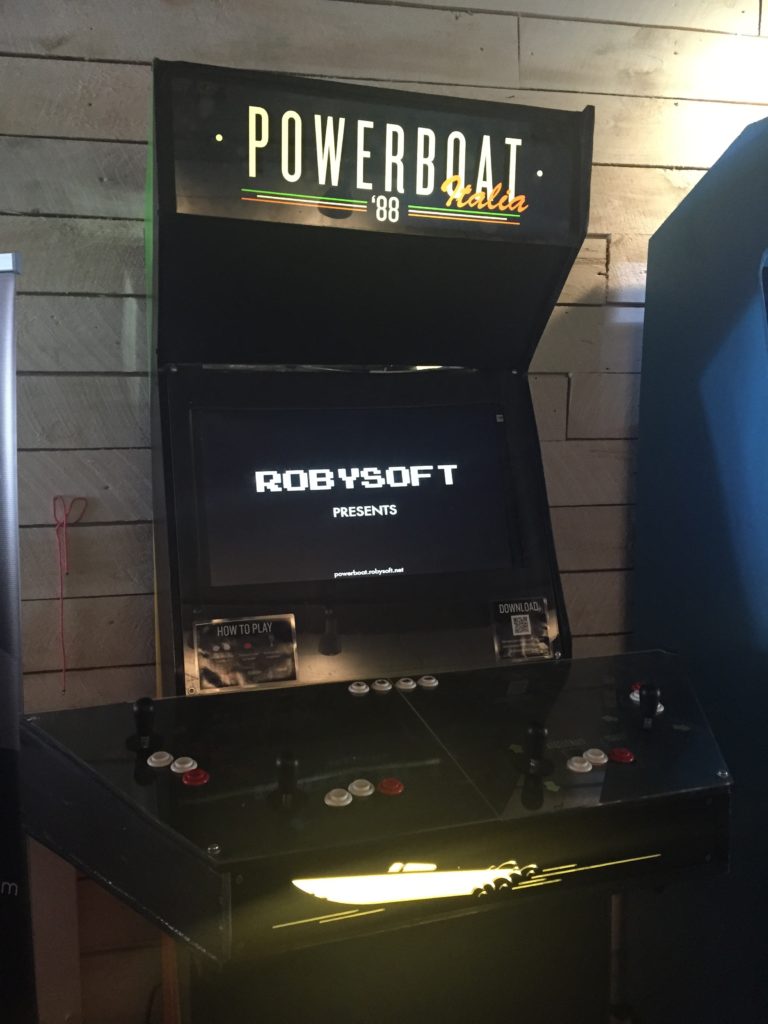
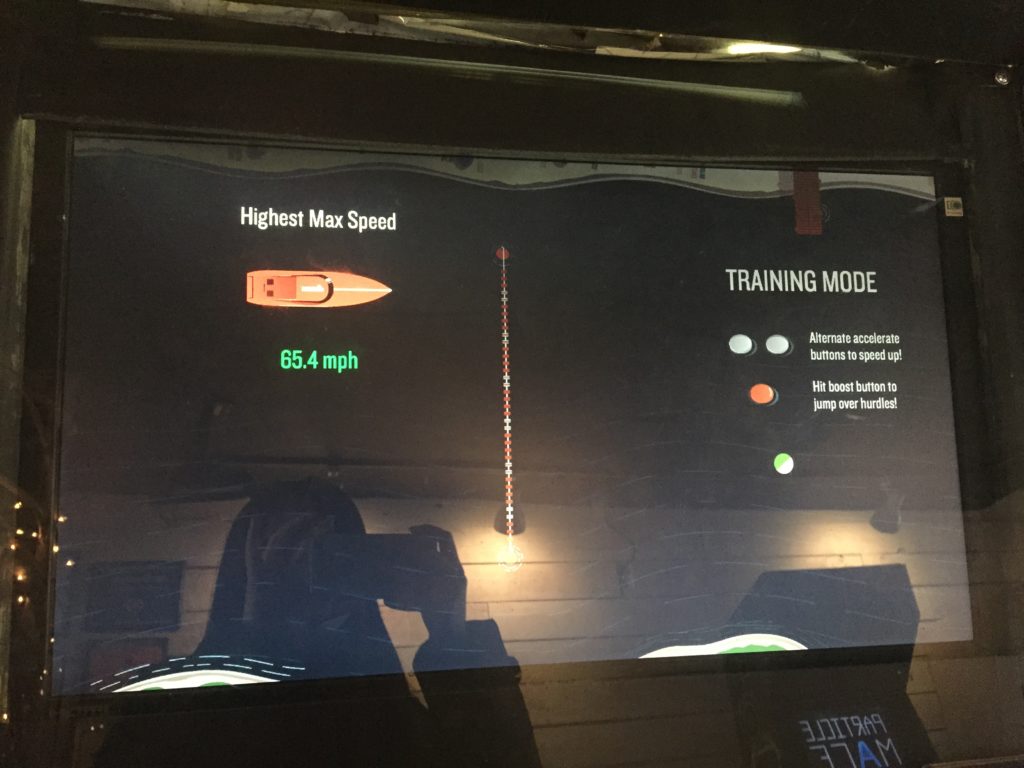
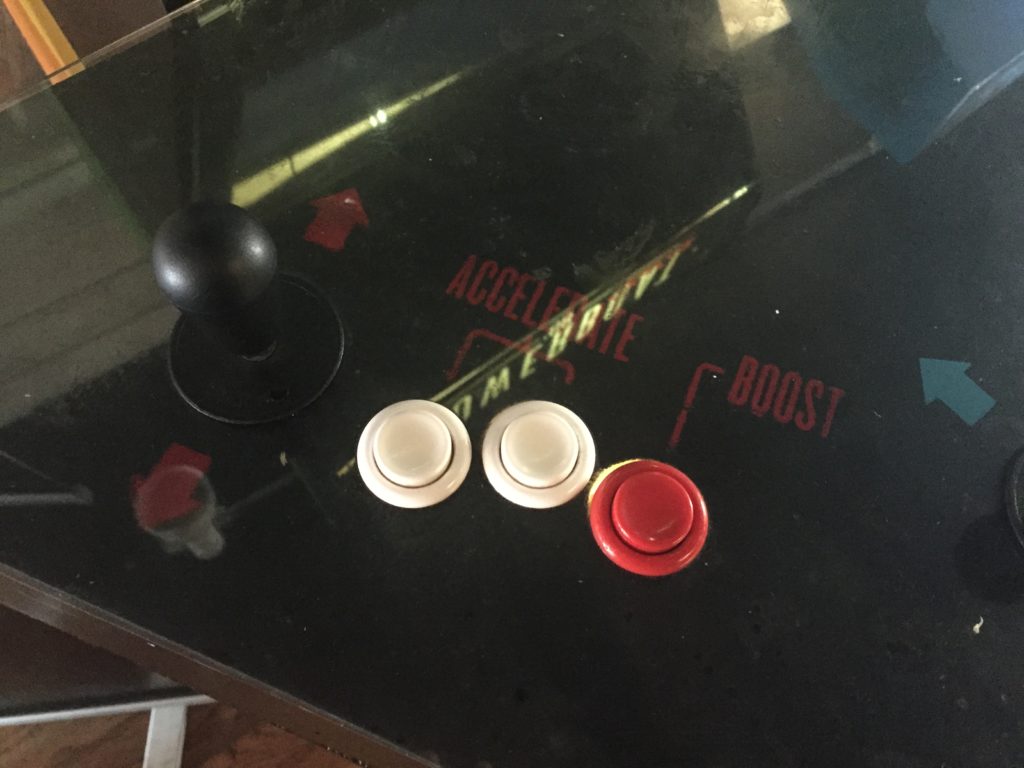
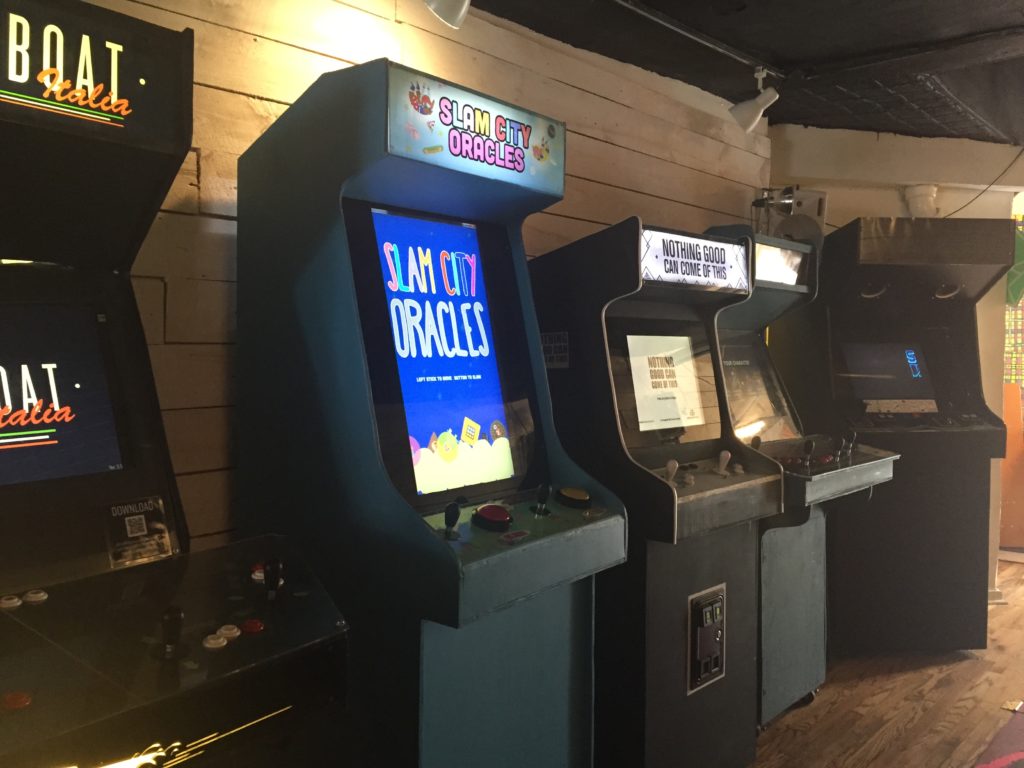
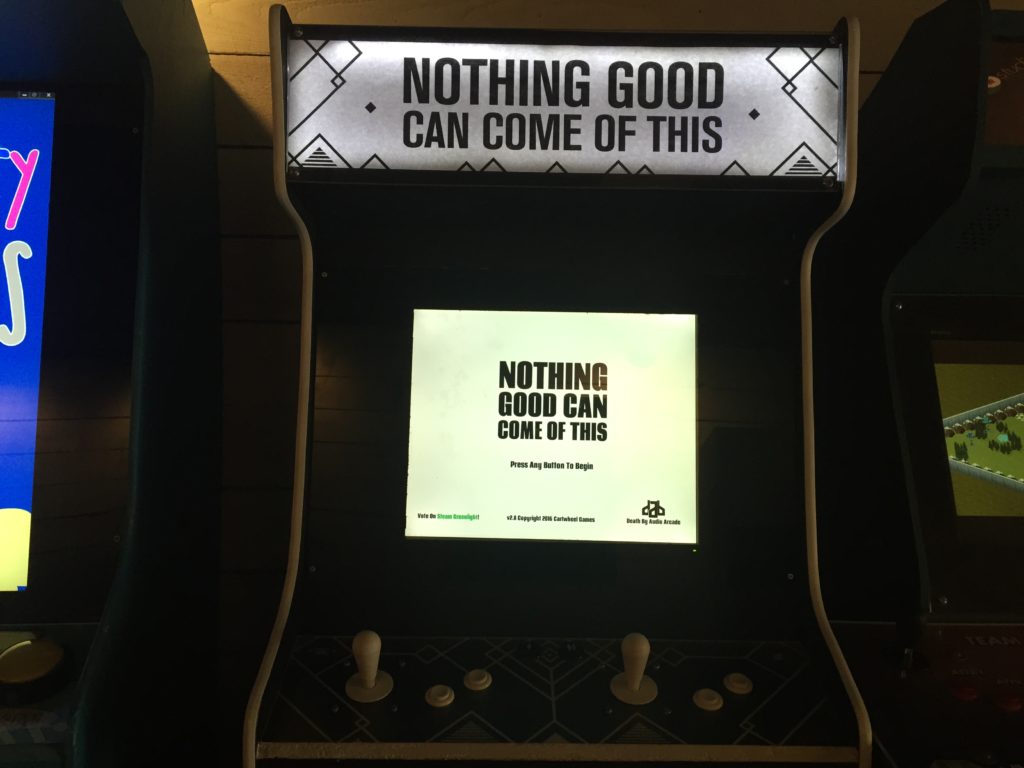
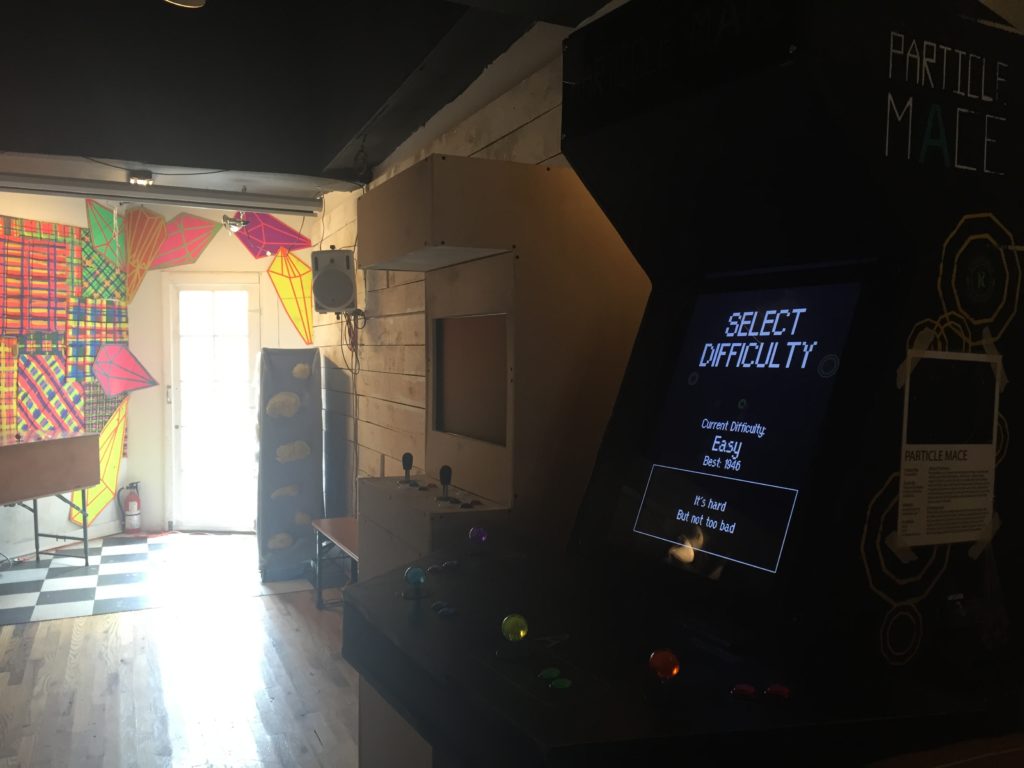
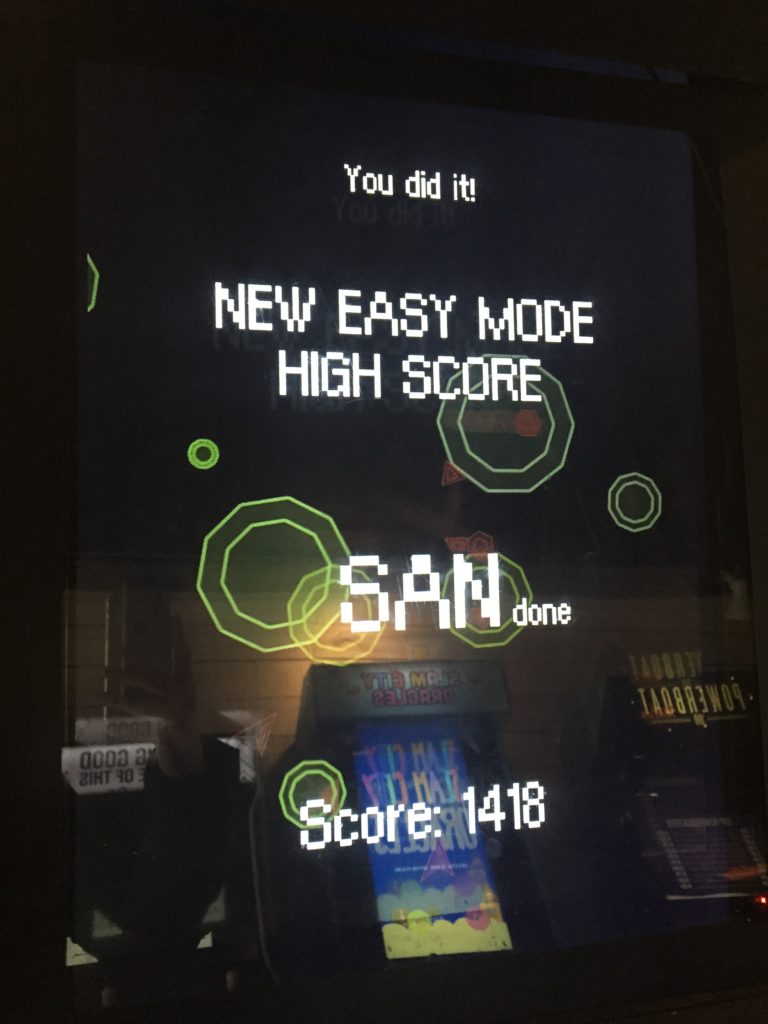
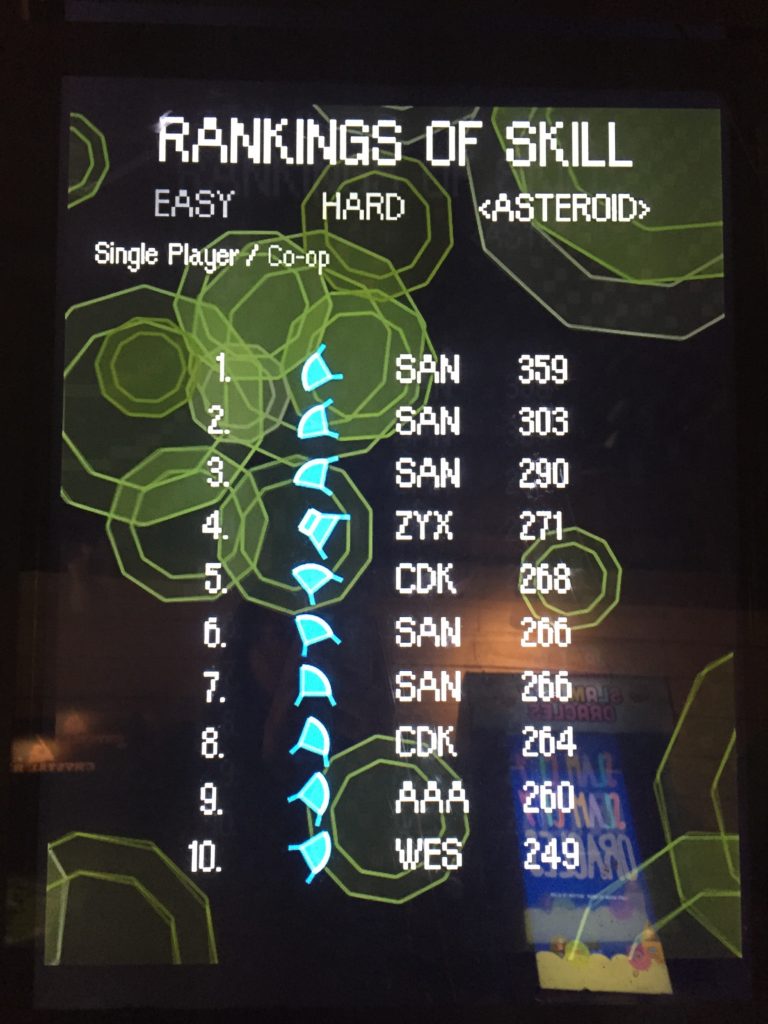
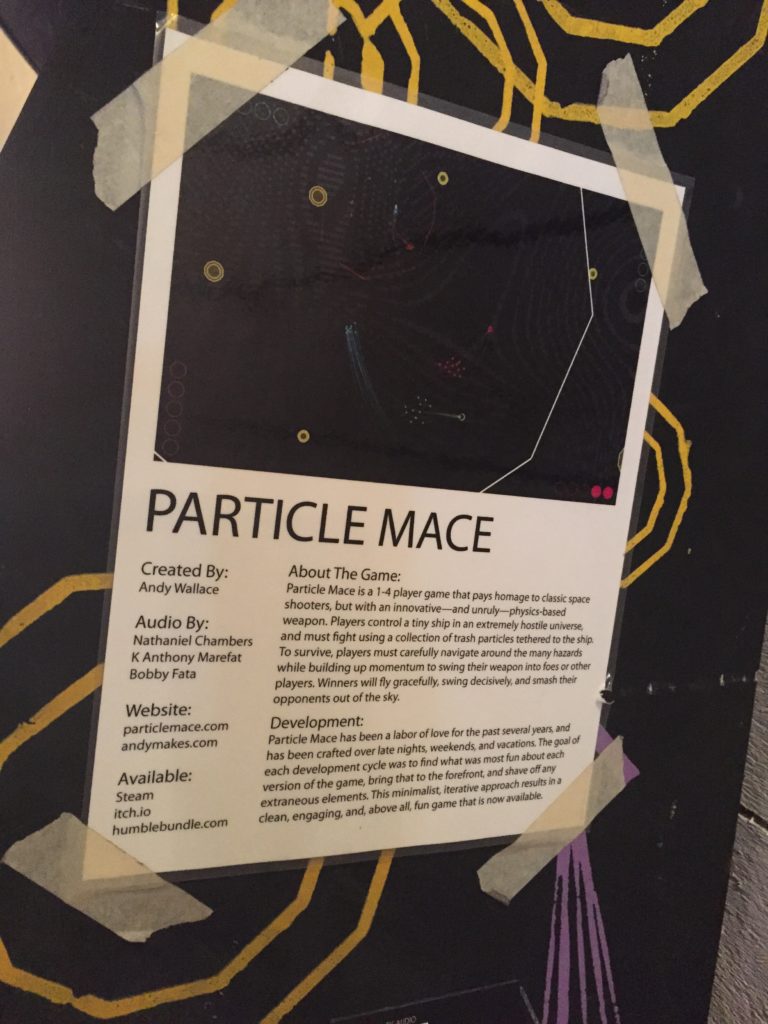
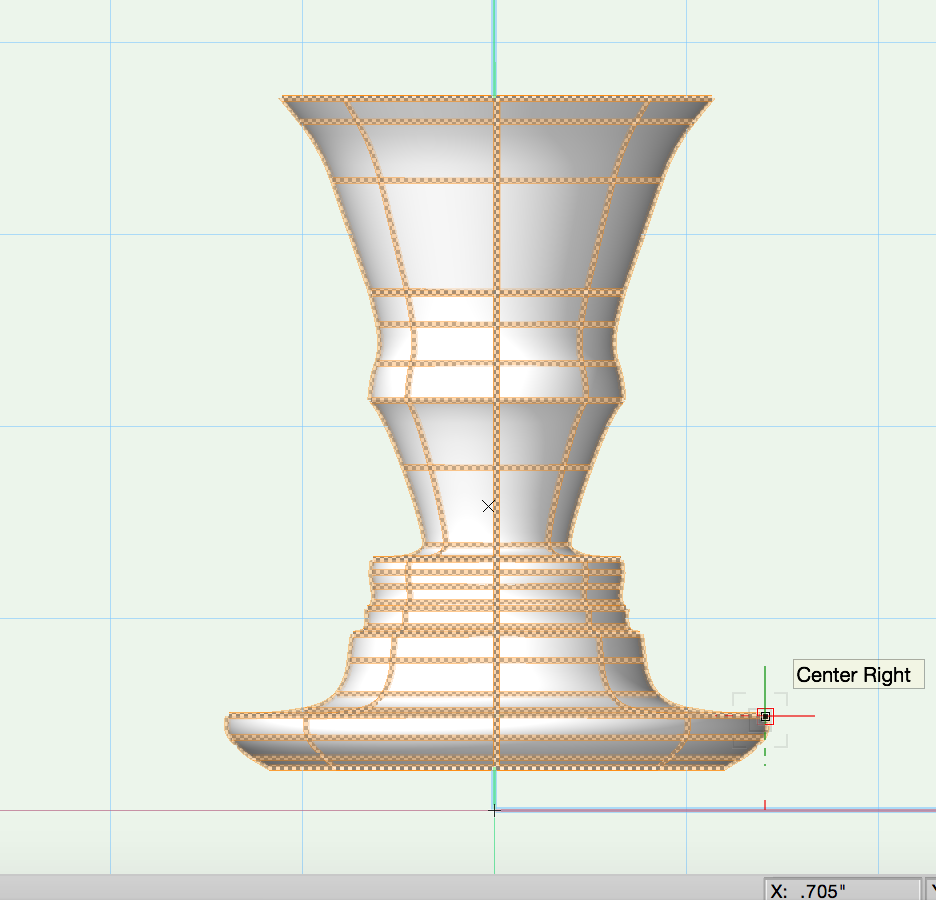
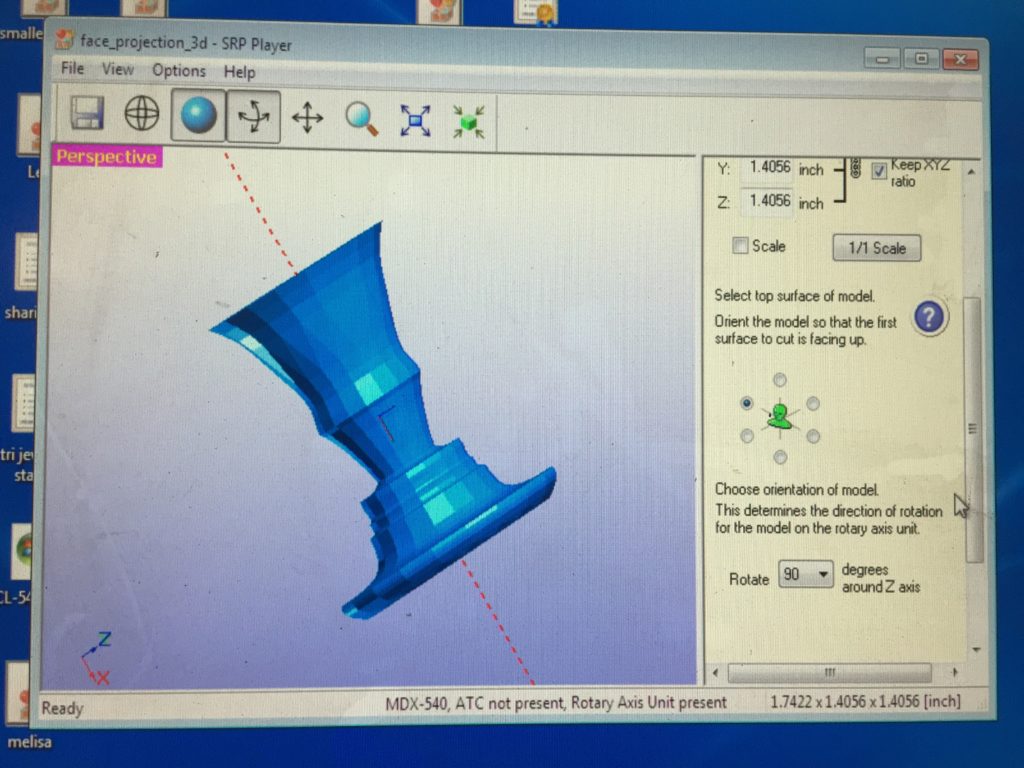
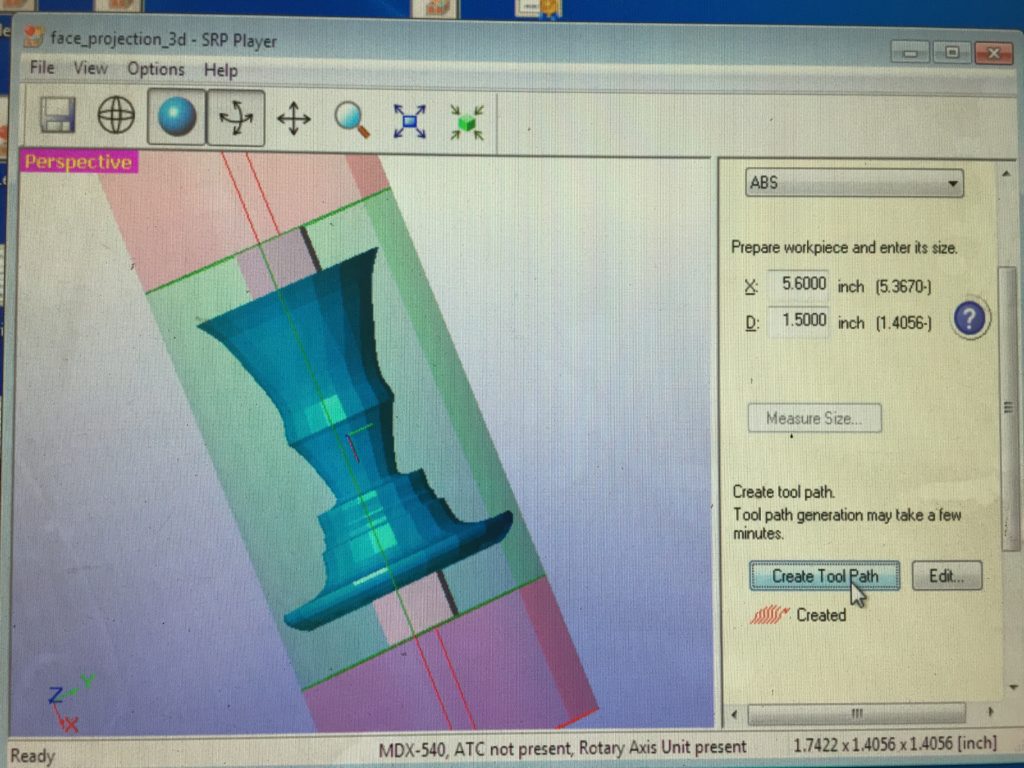
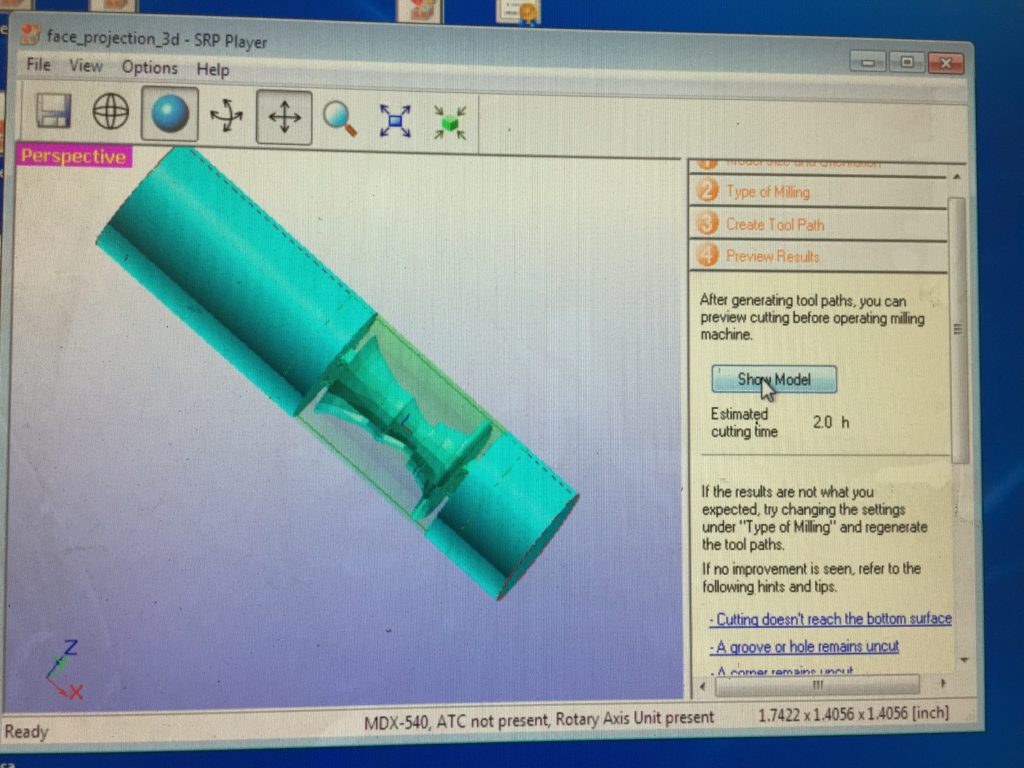 2.0 hrs.
2.0 hrs.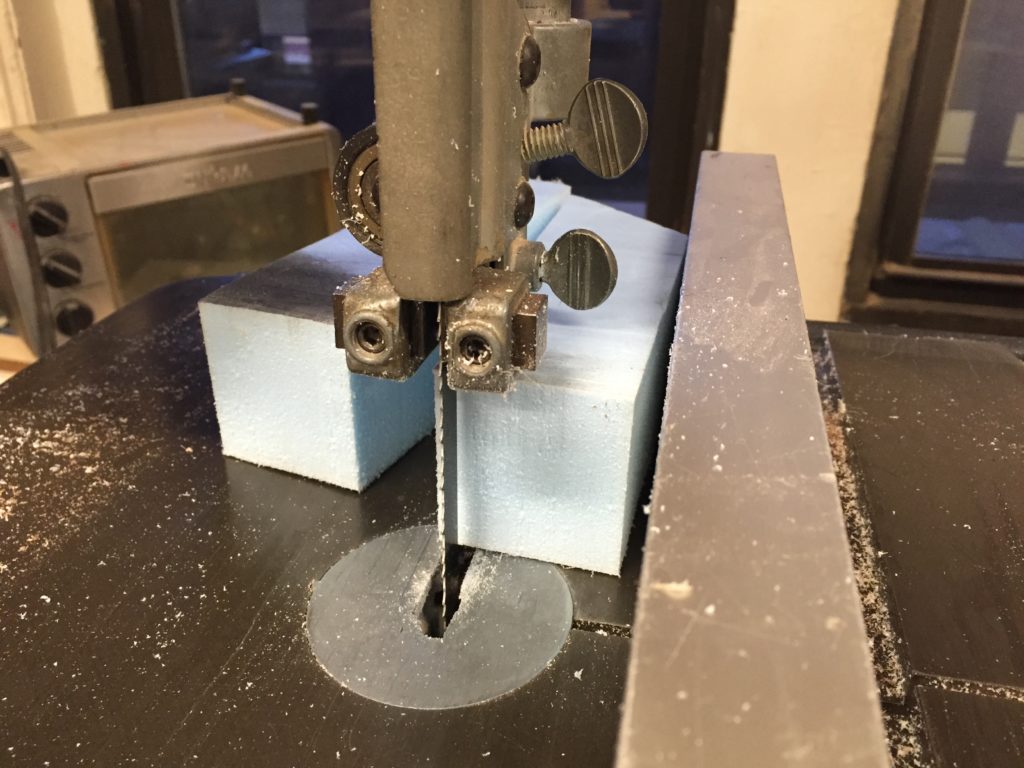
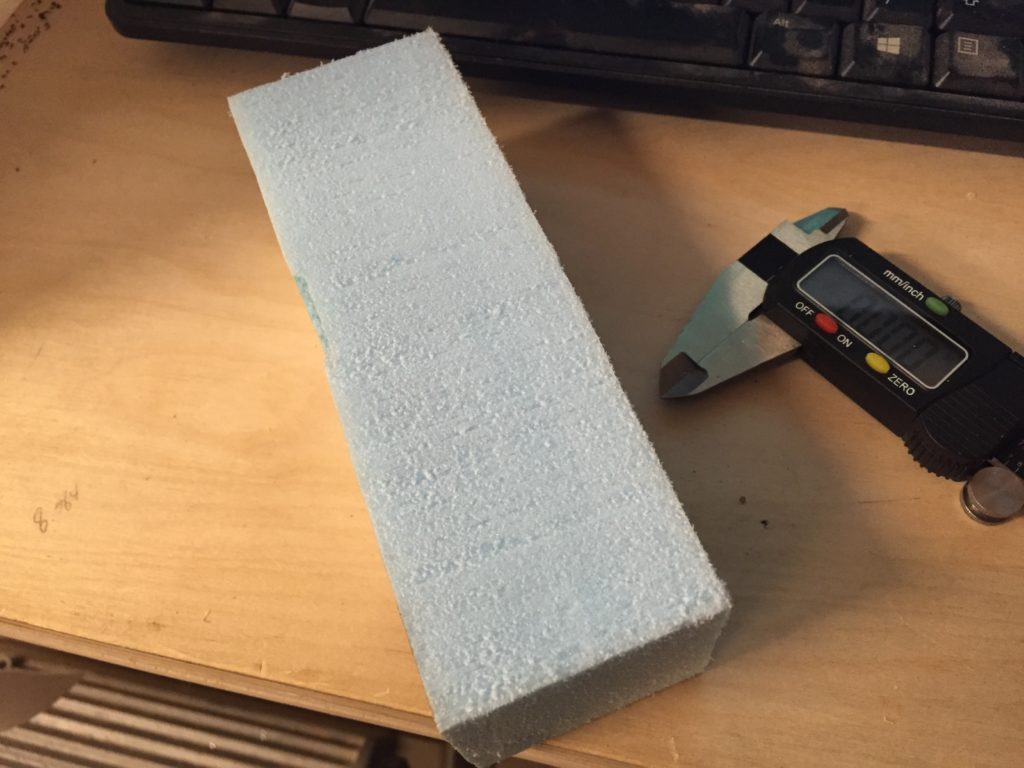
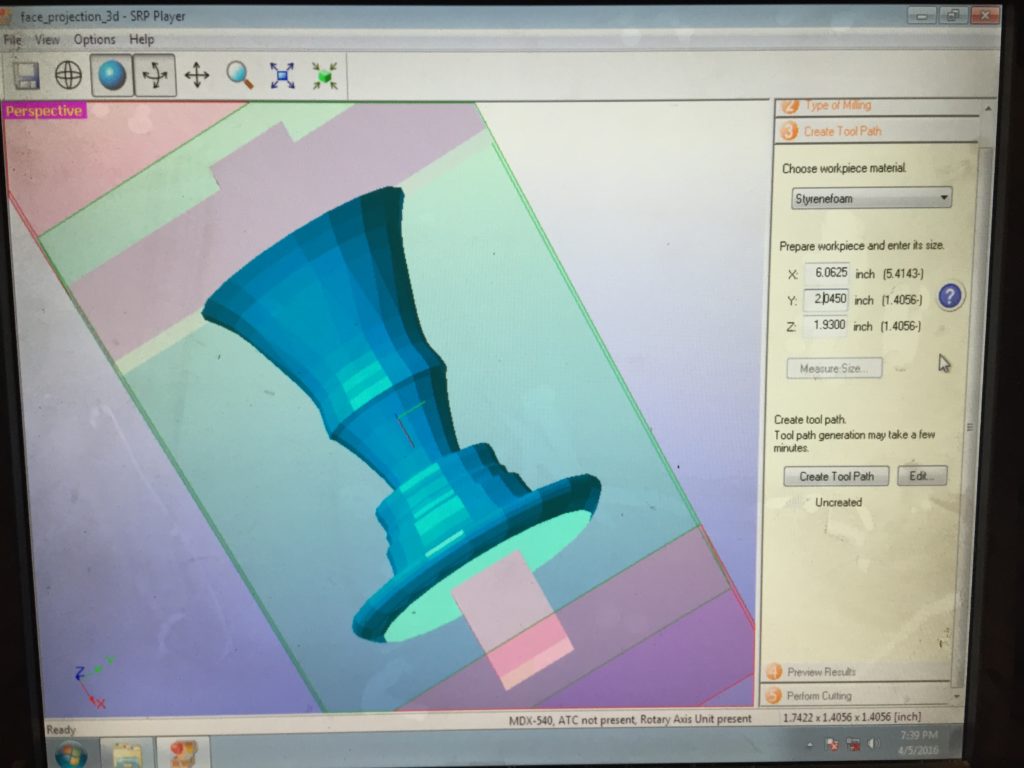
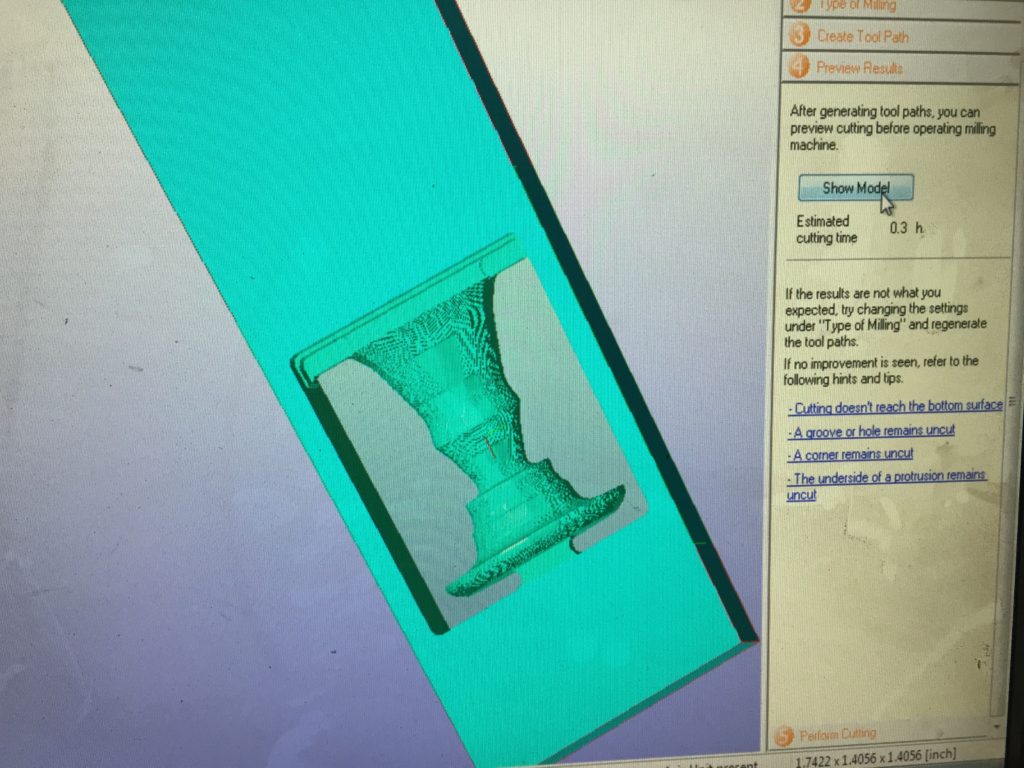 0.3 hrs. Nice.
0.3 hrs. Nice.